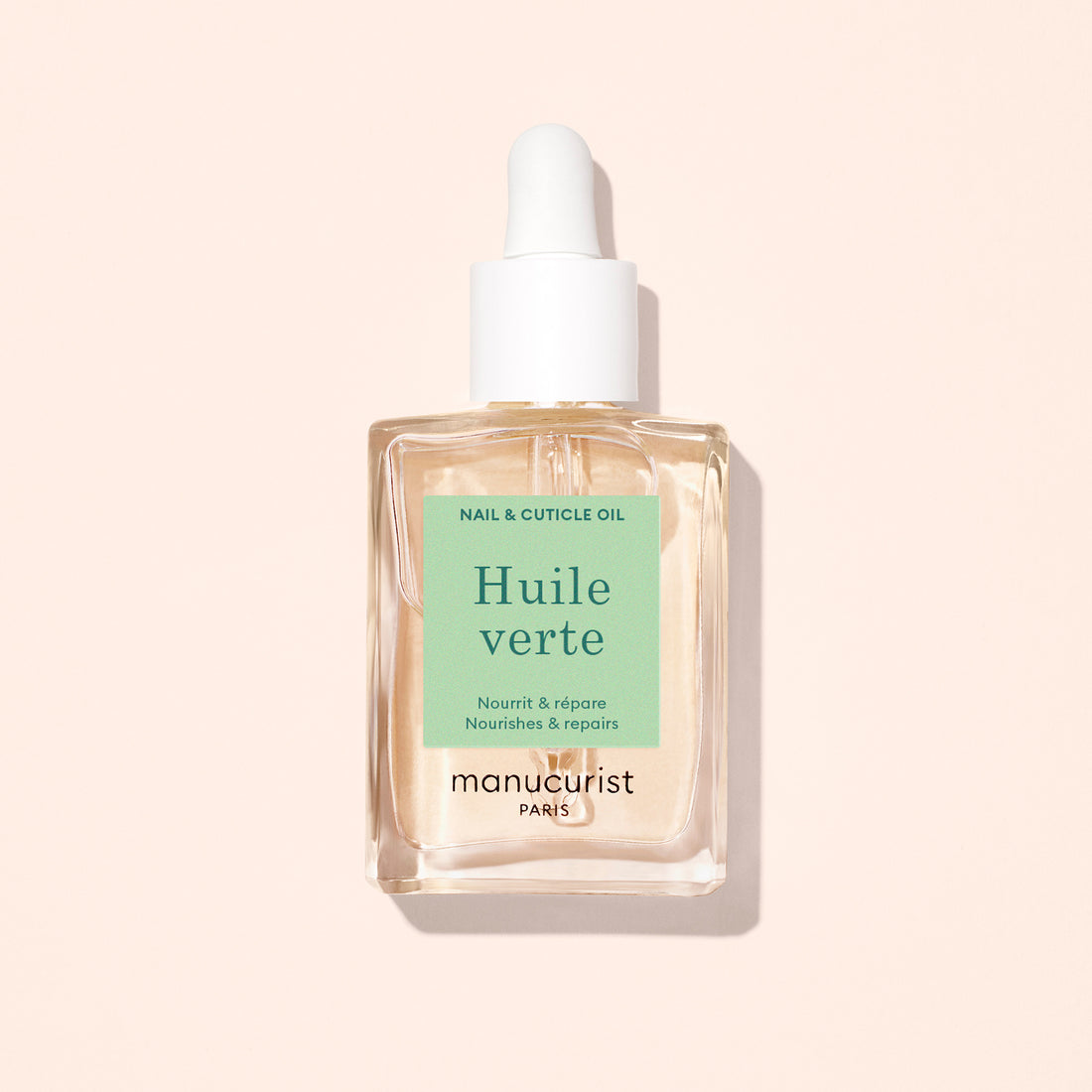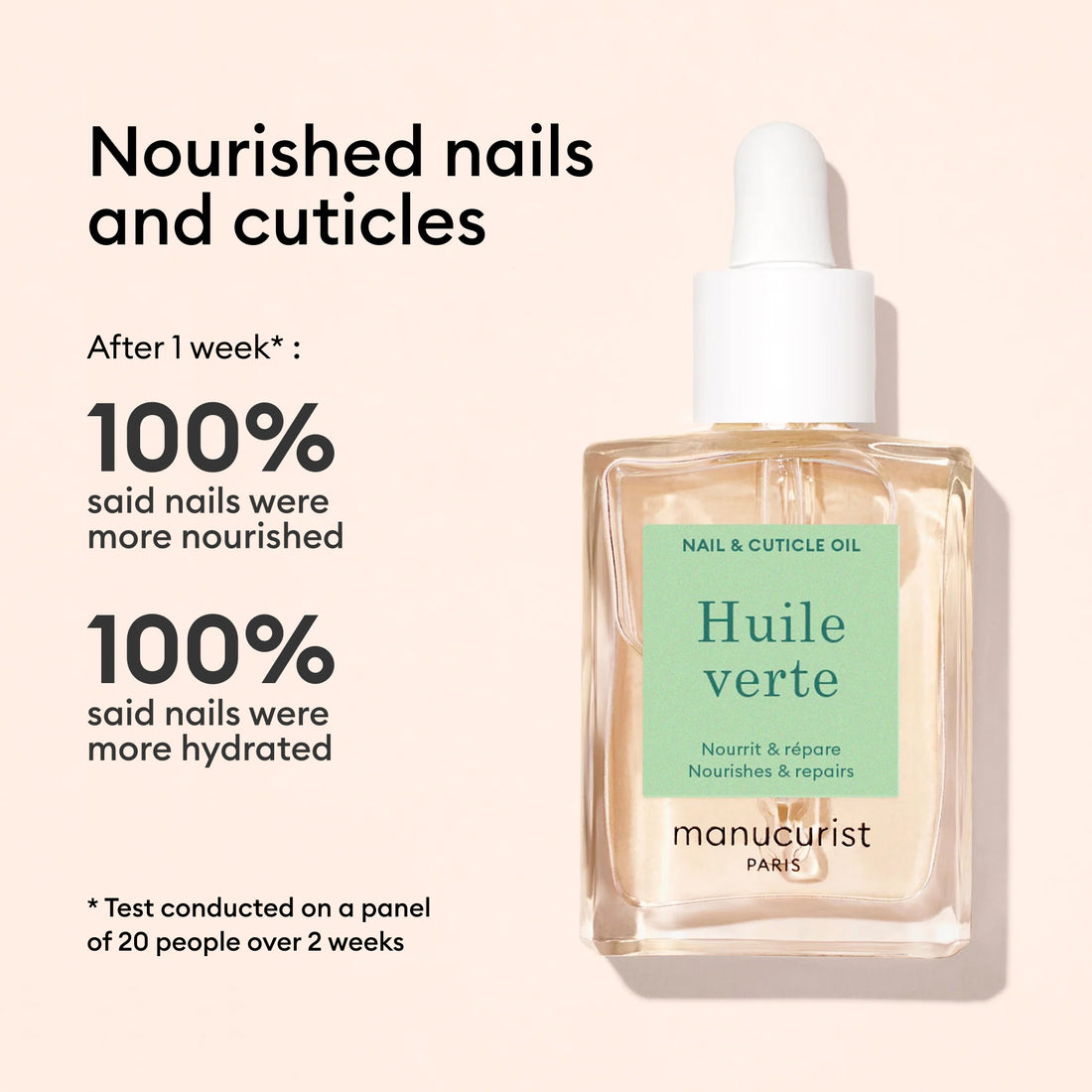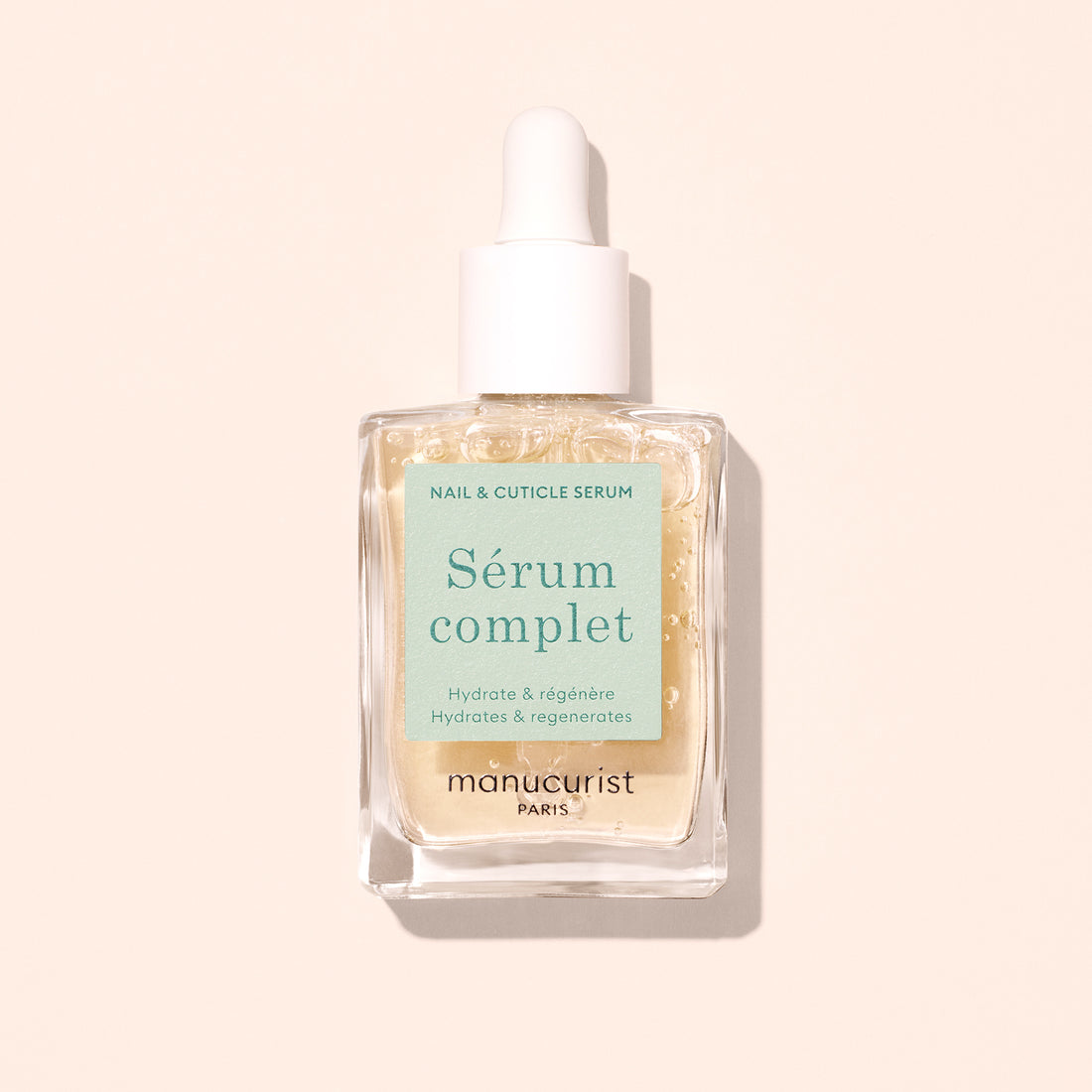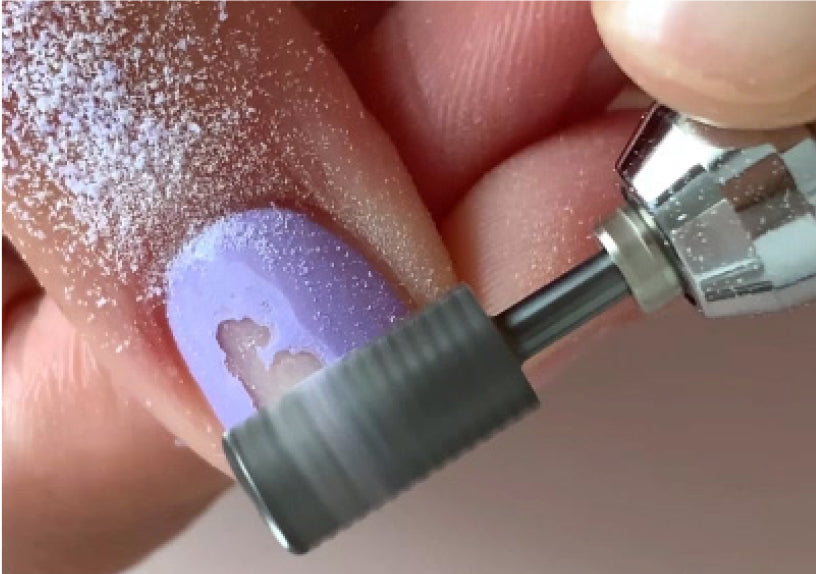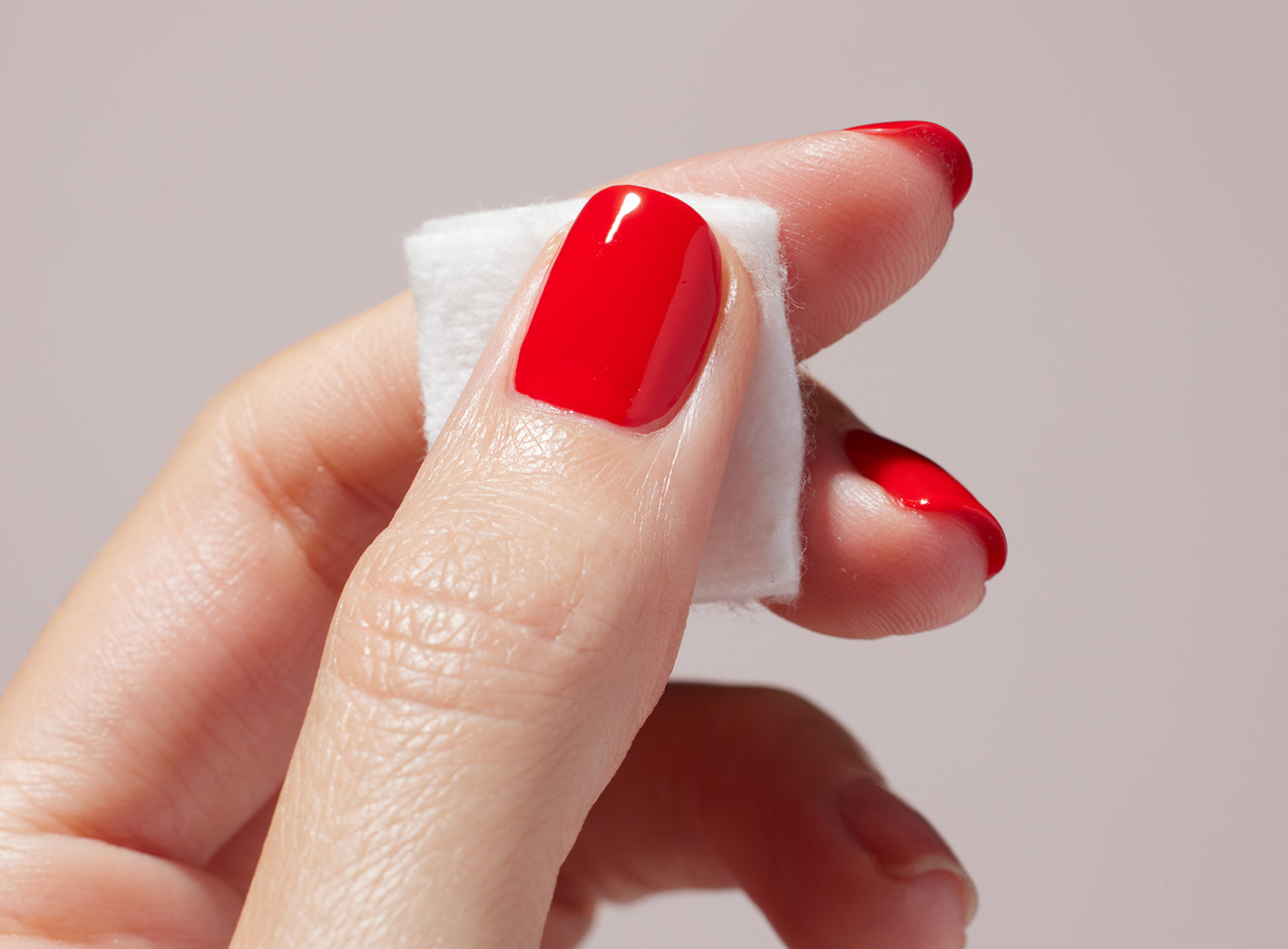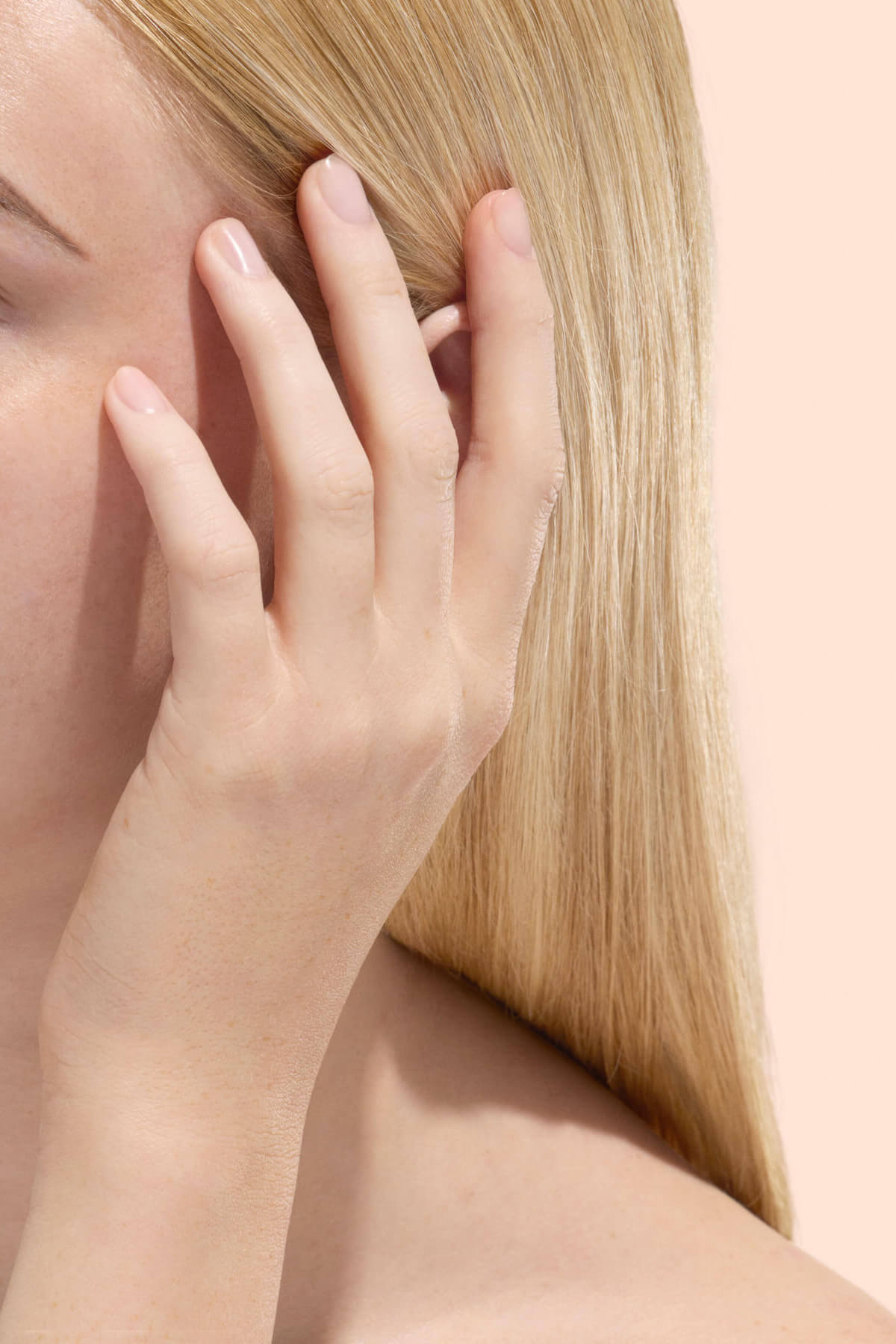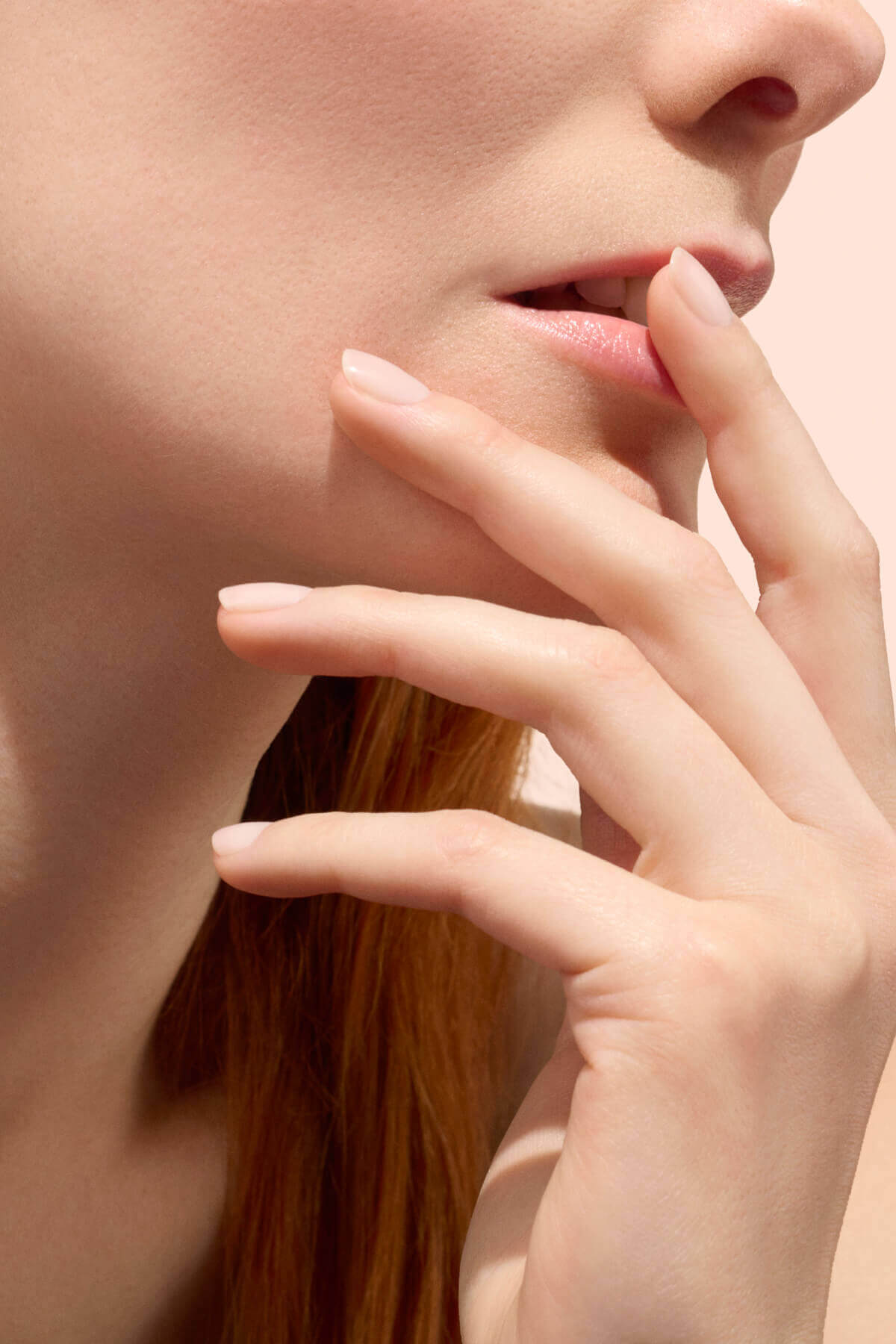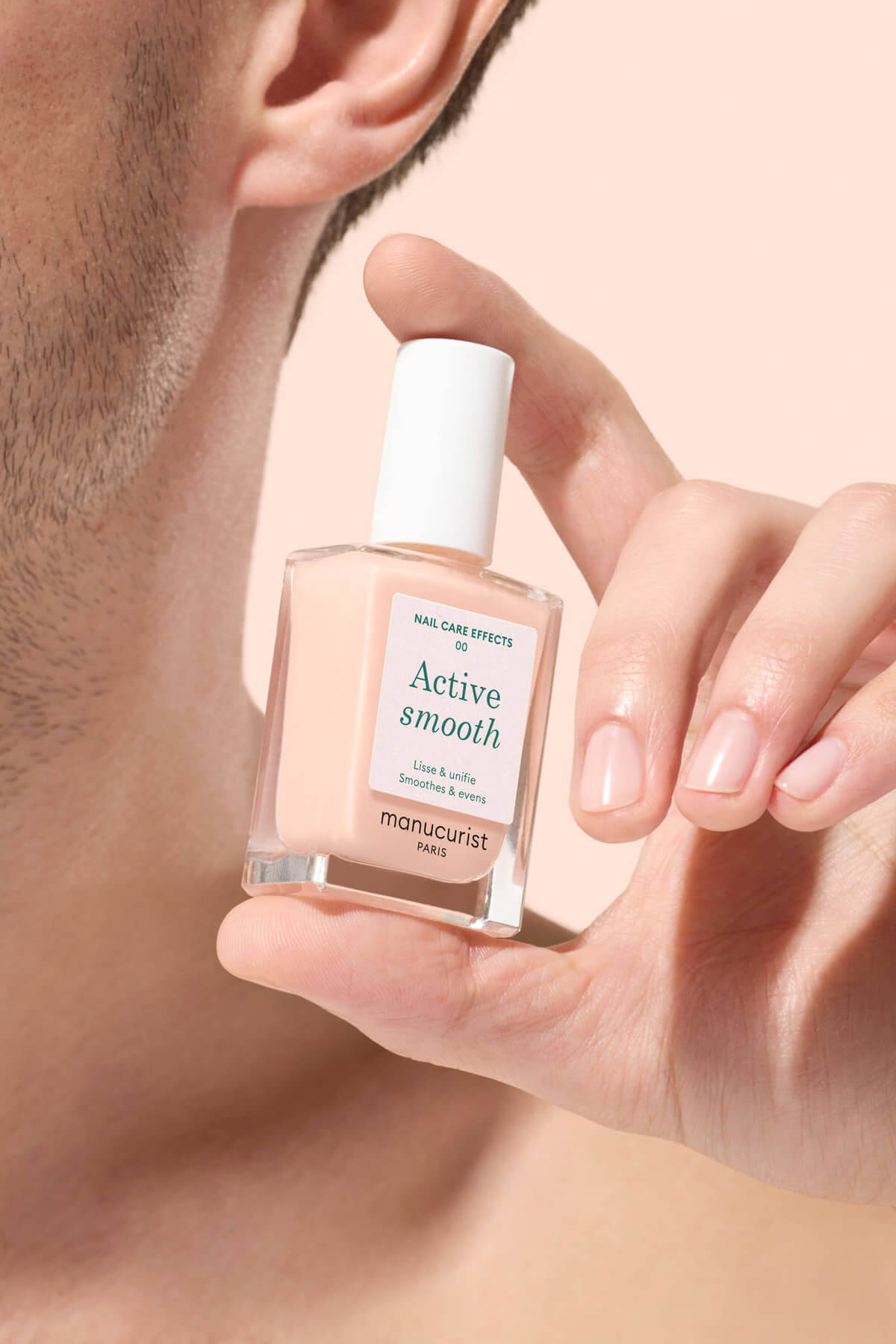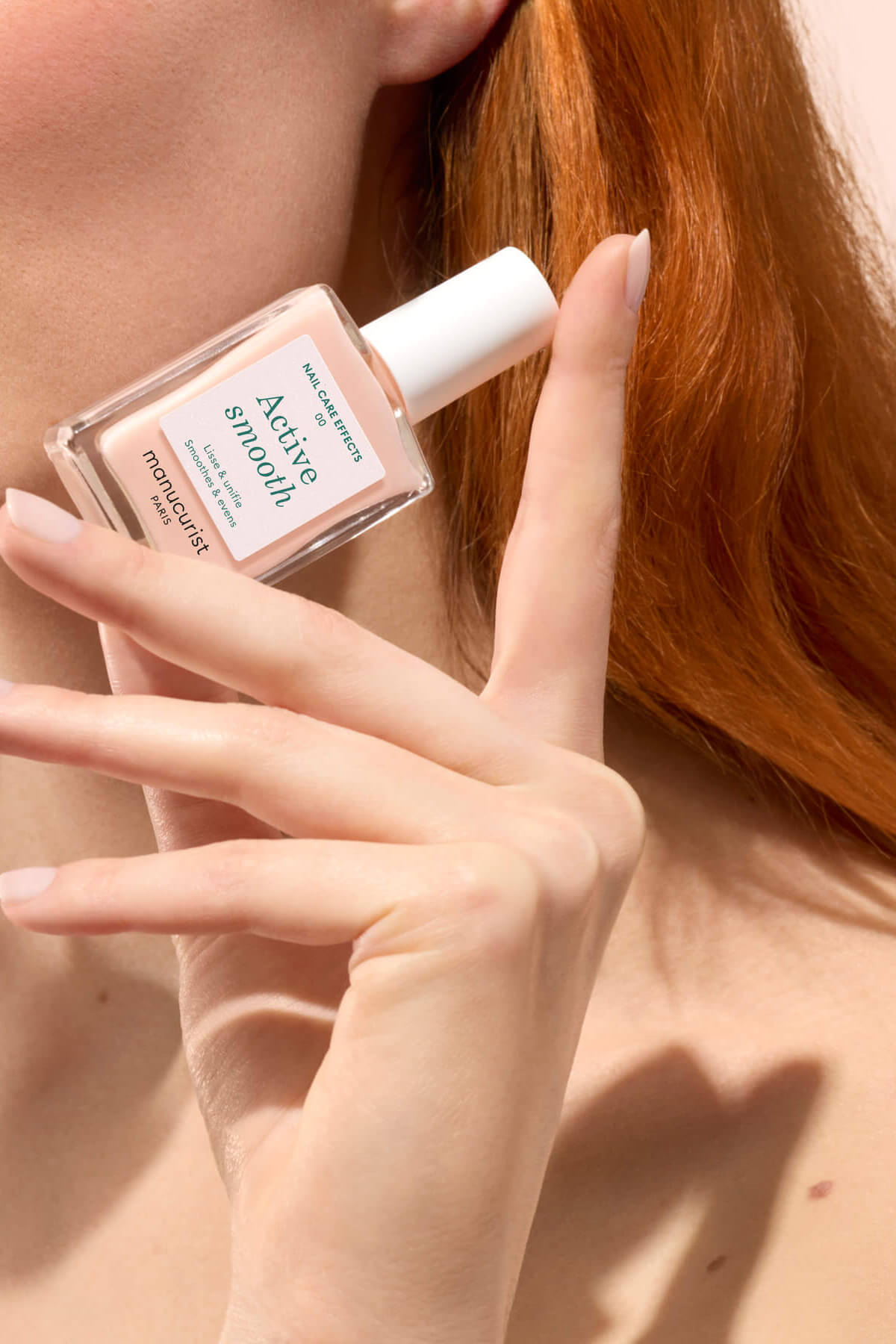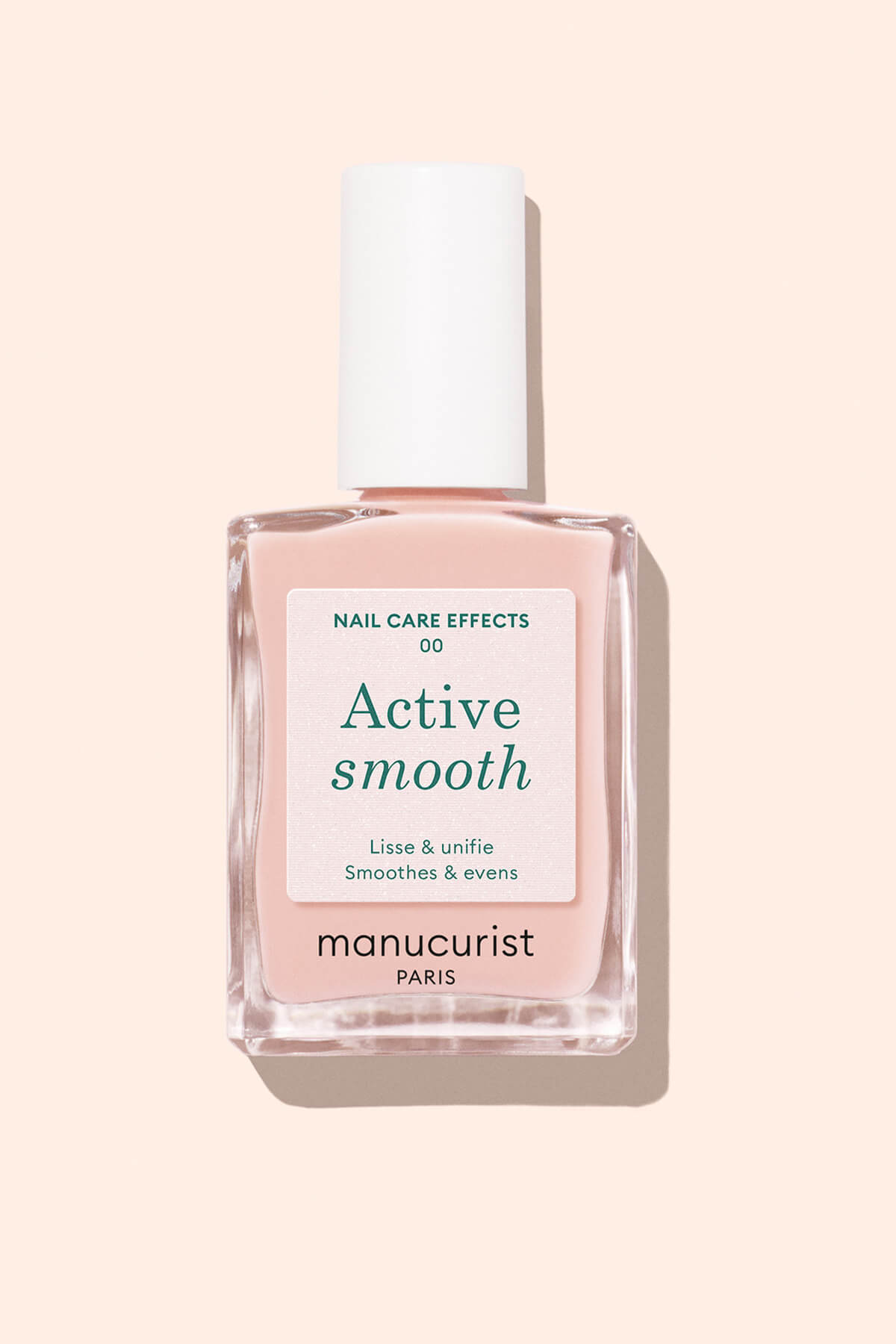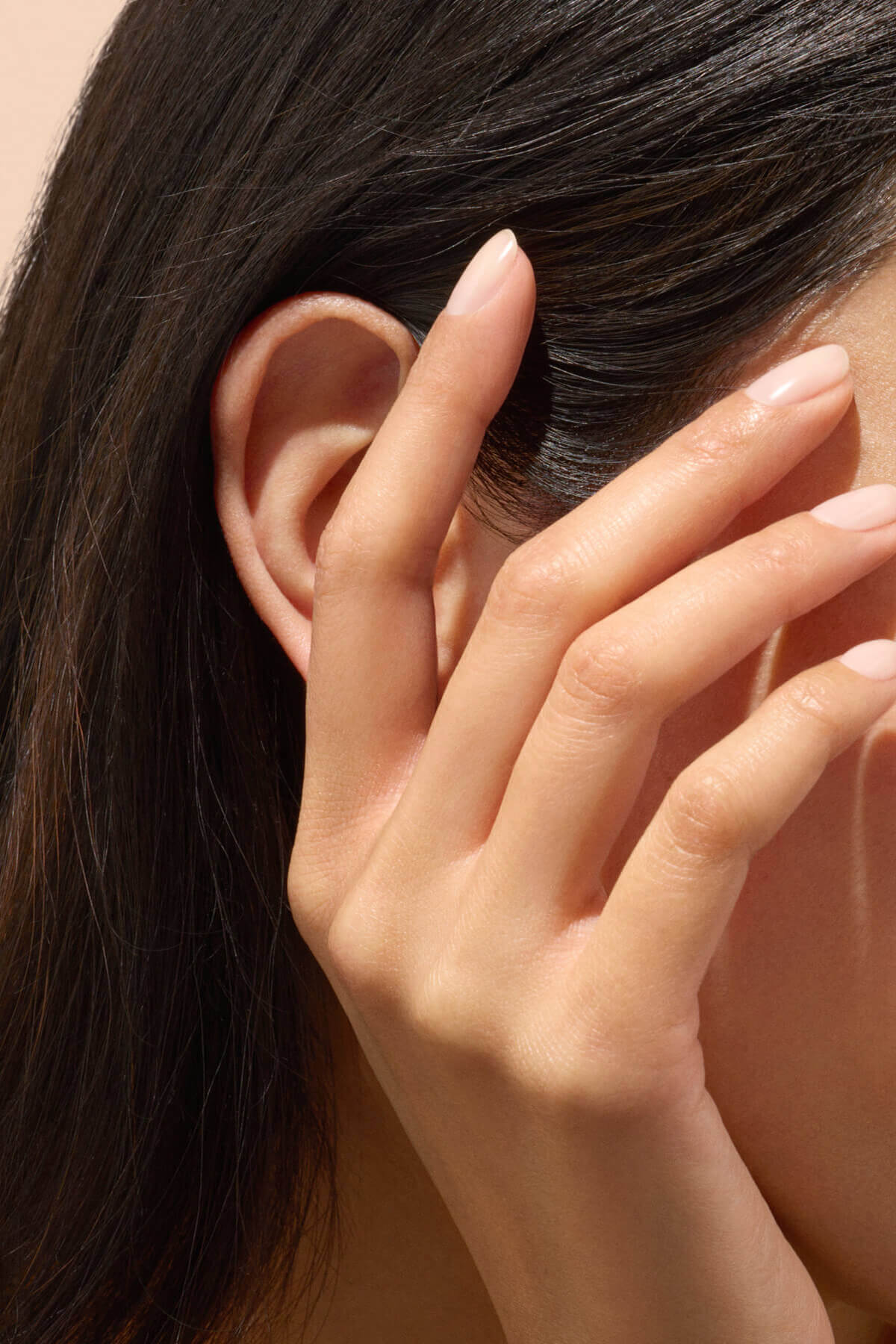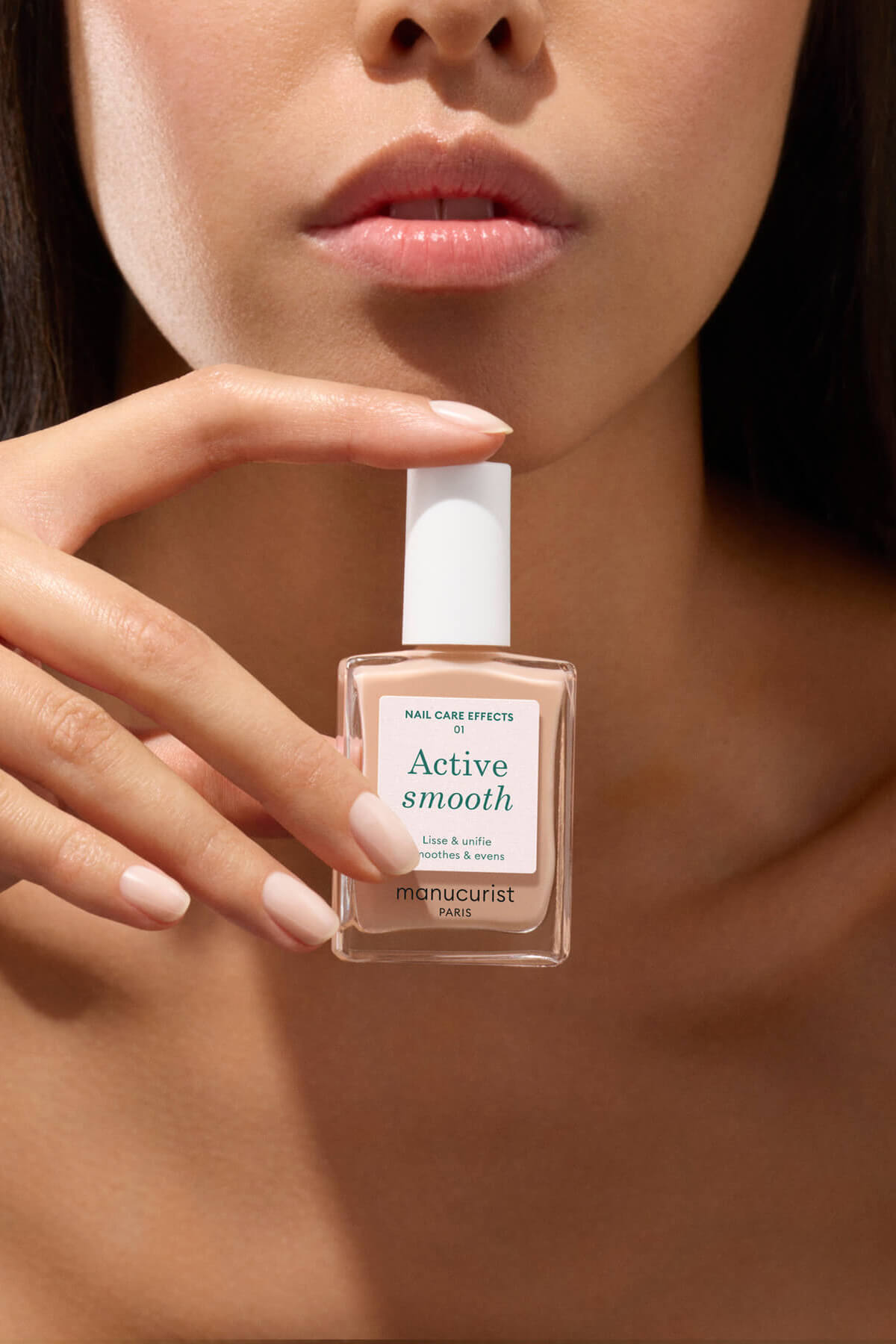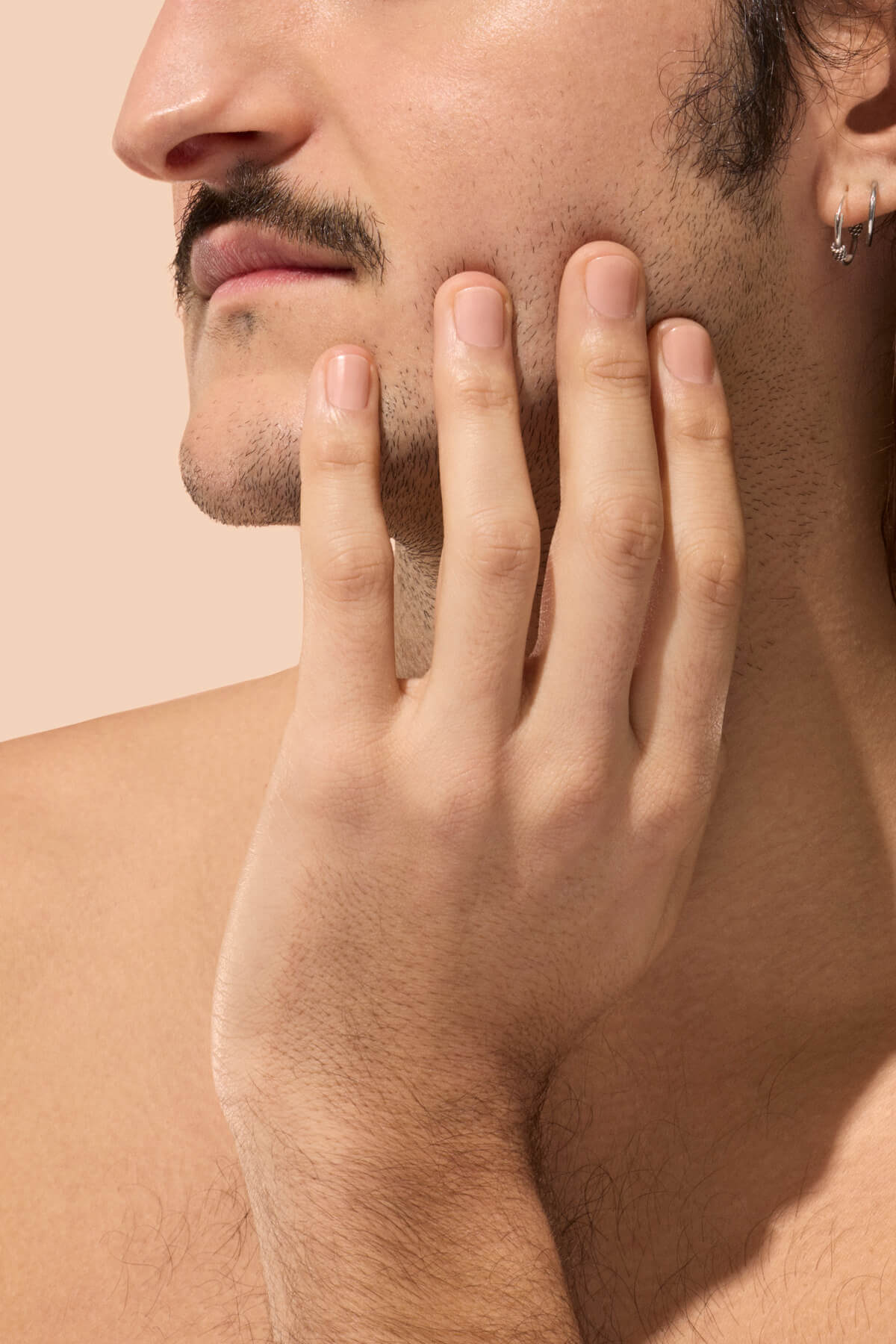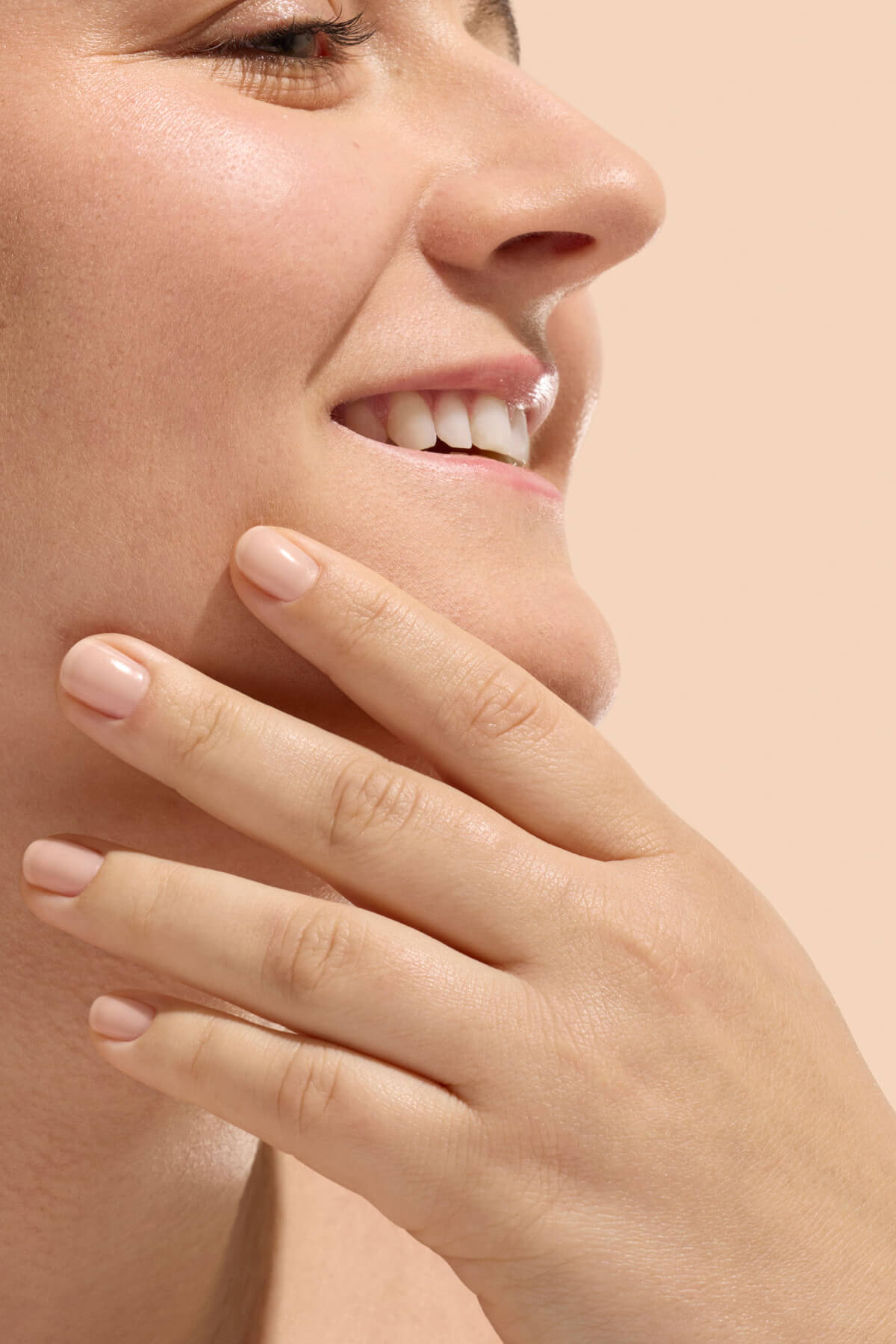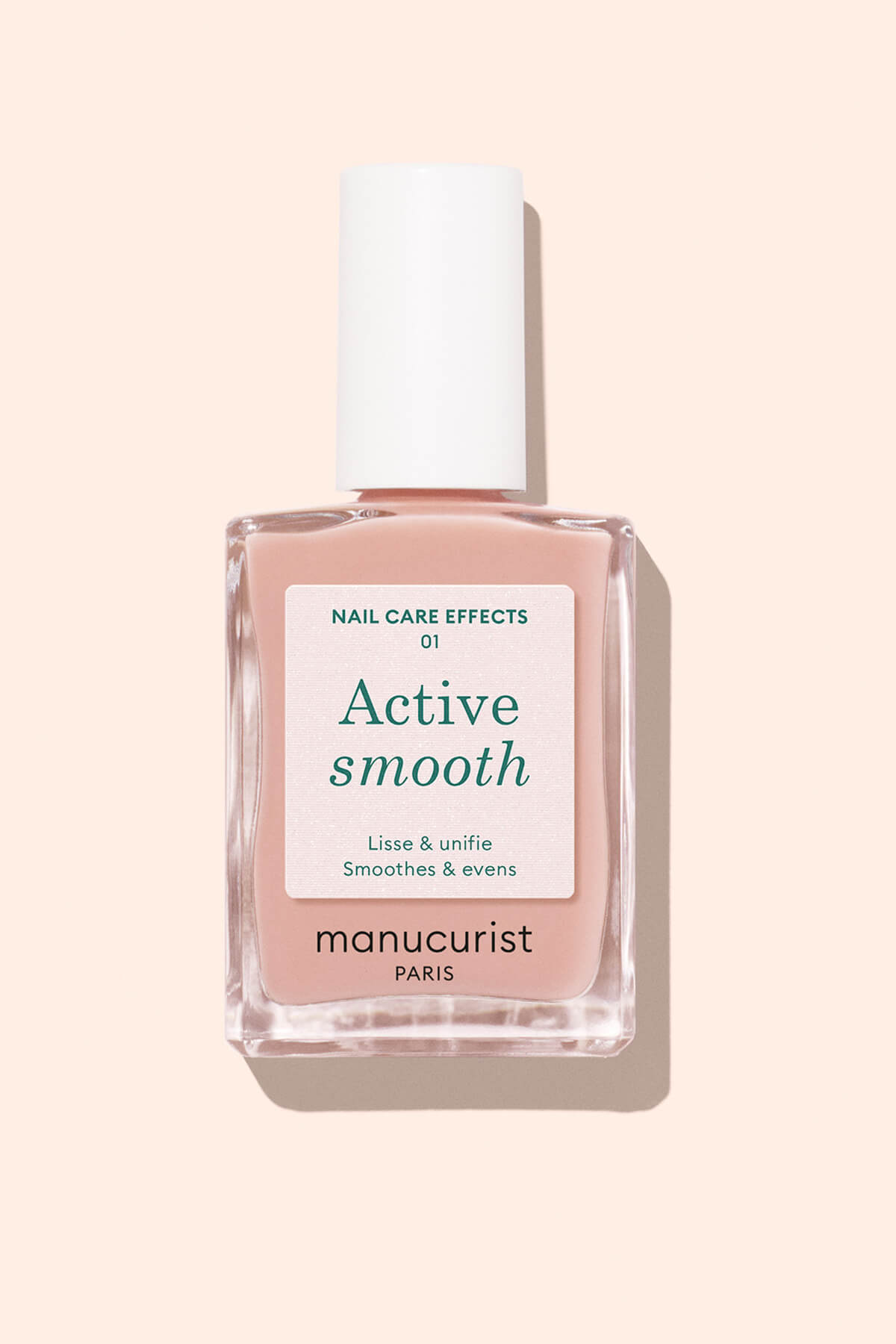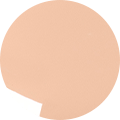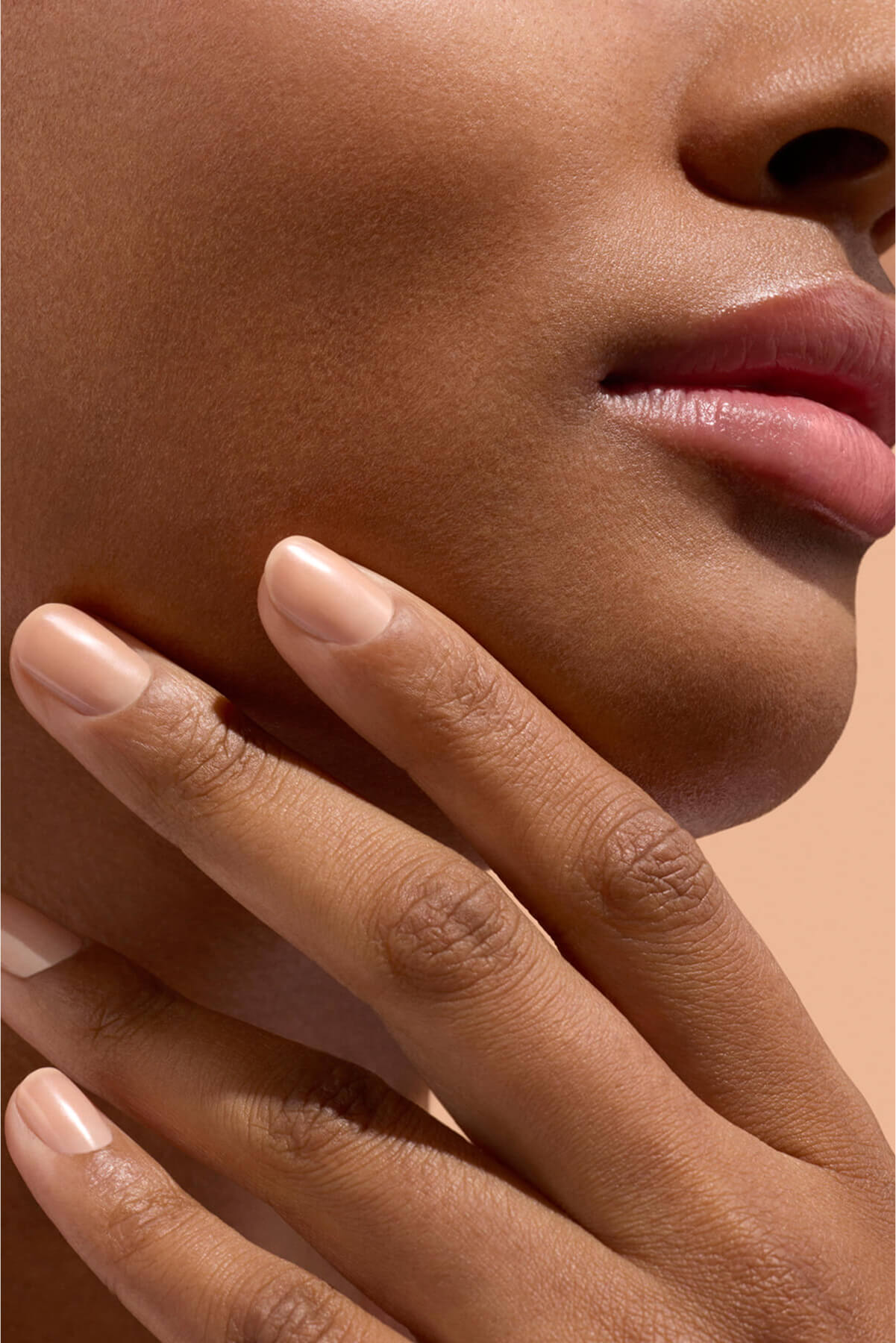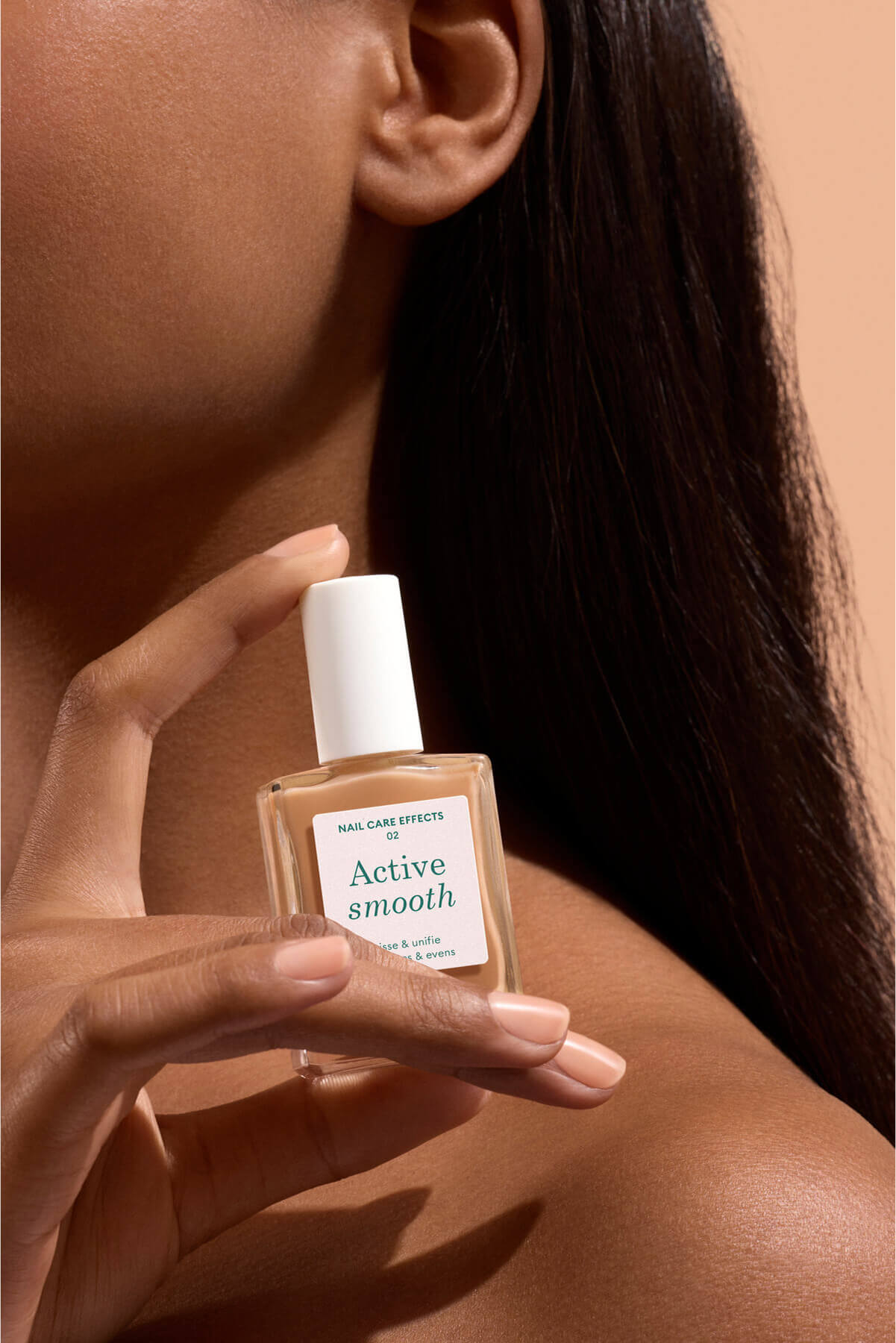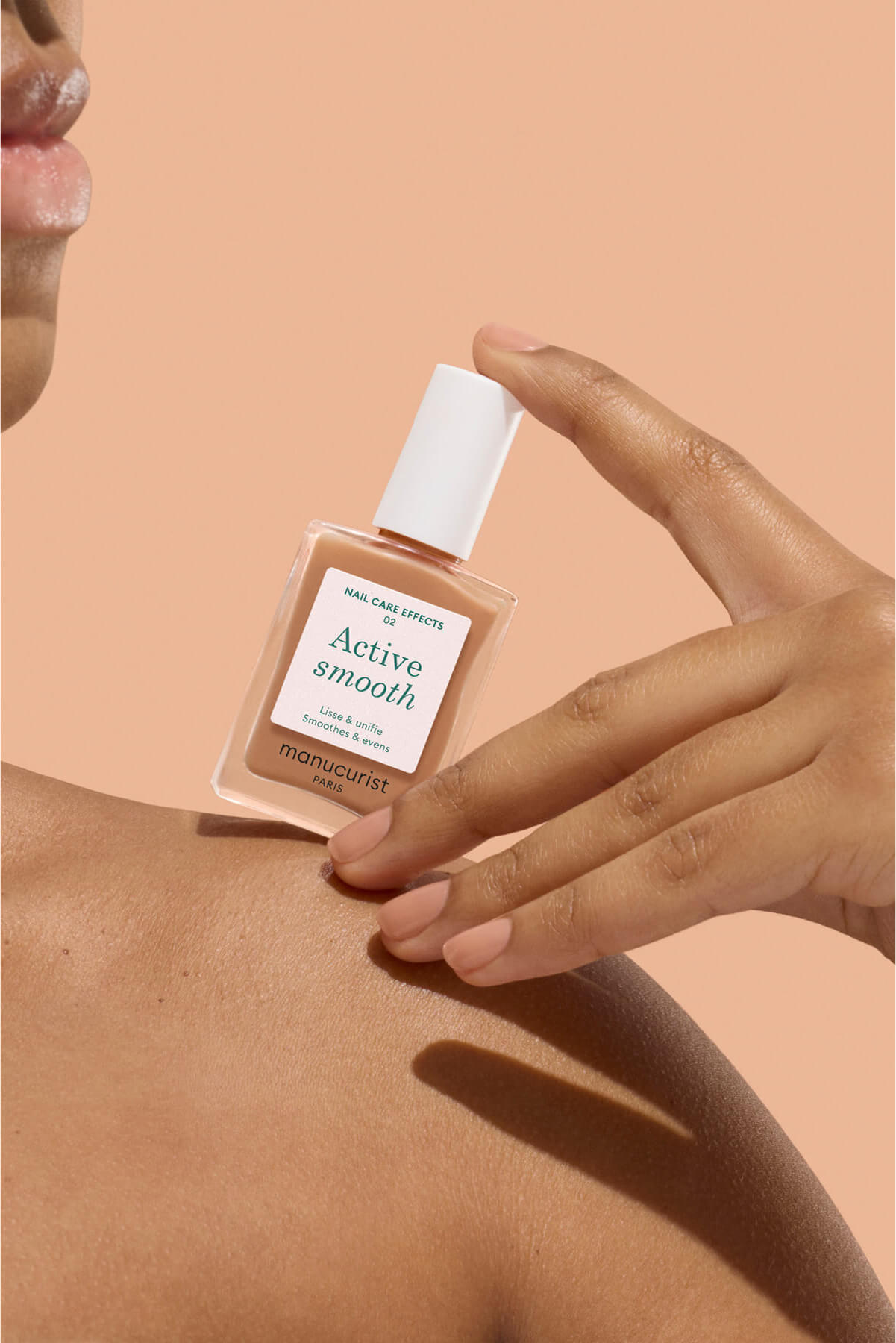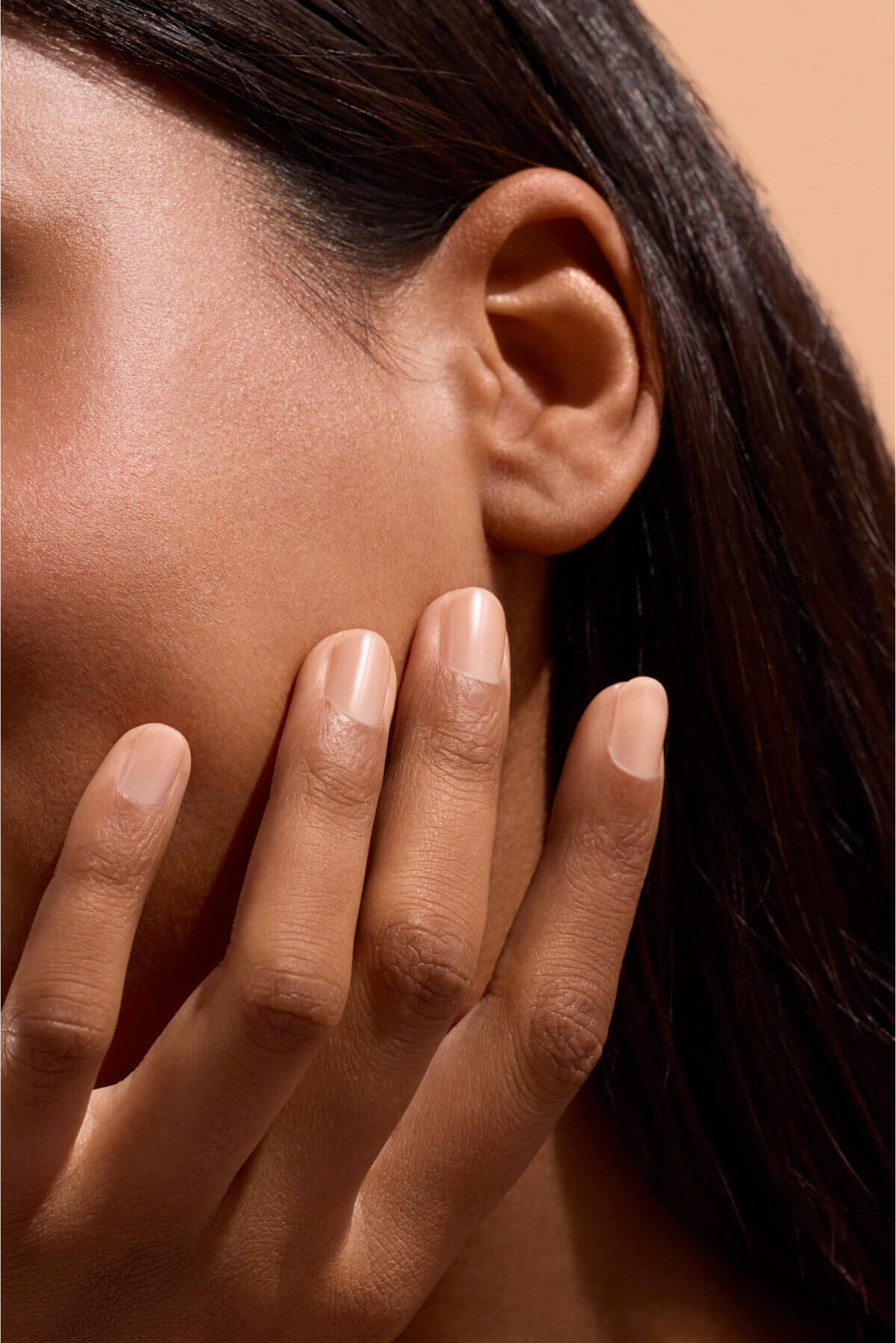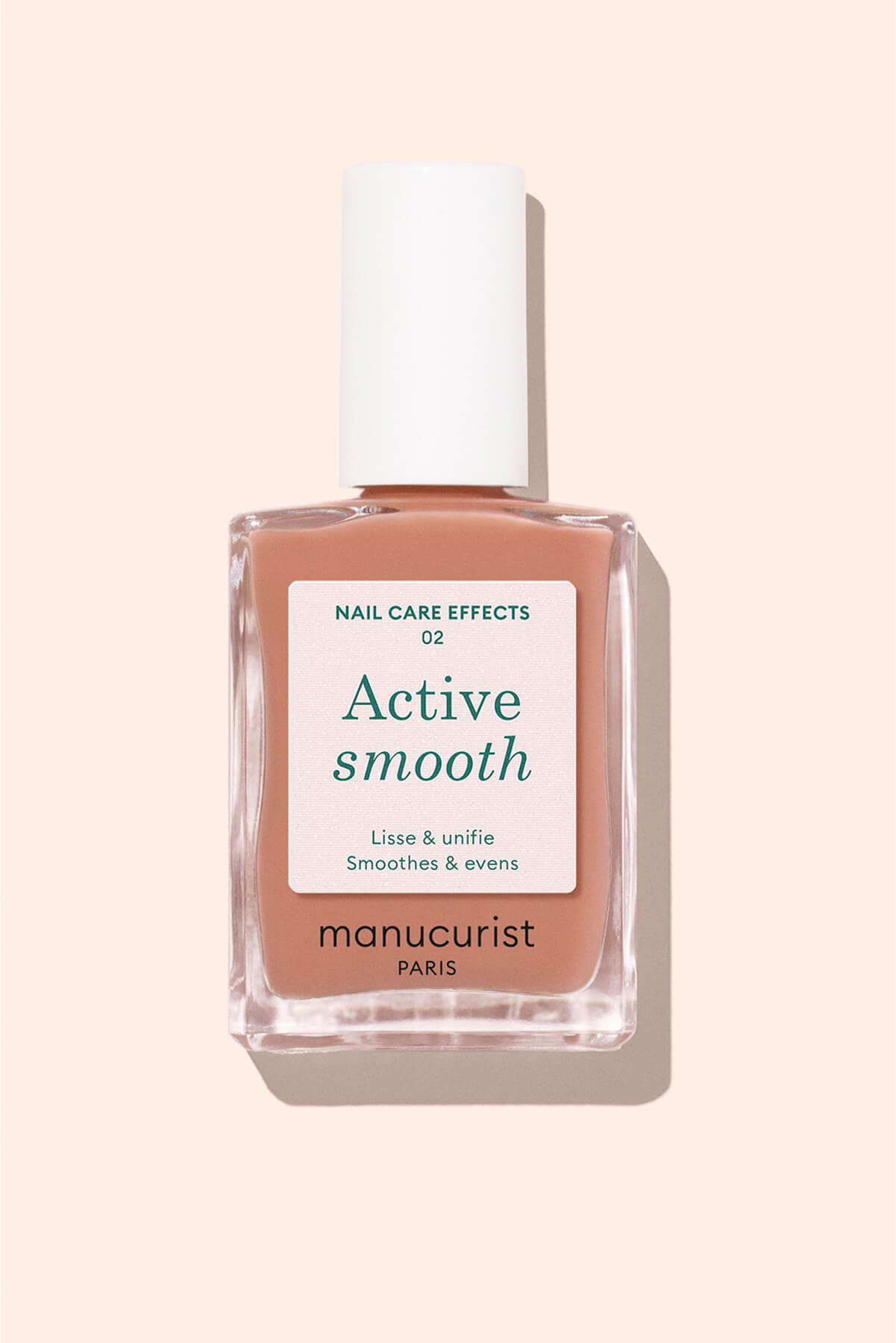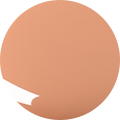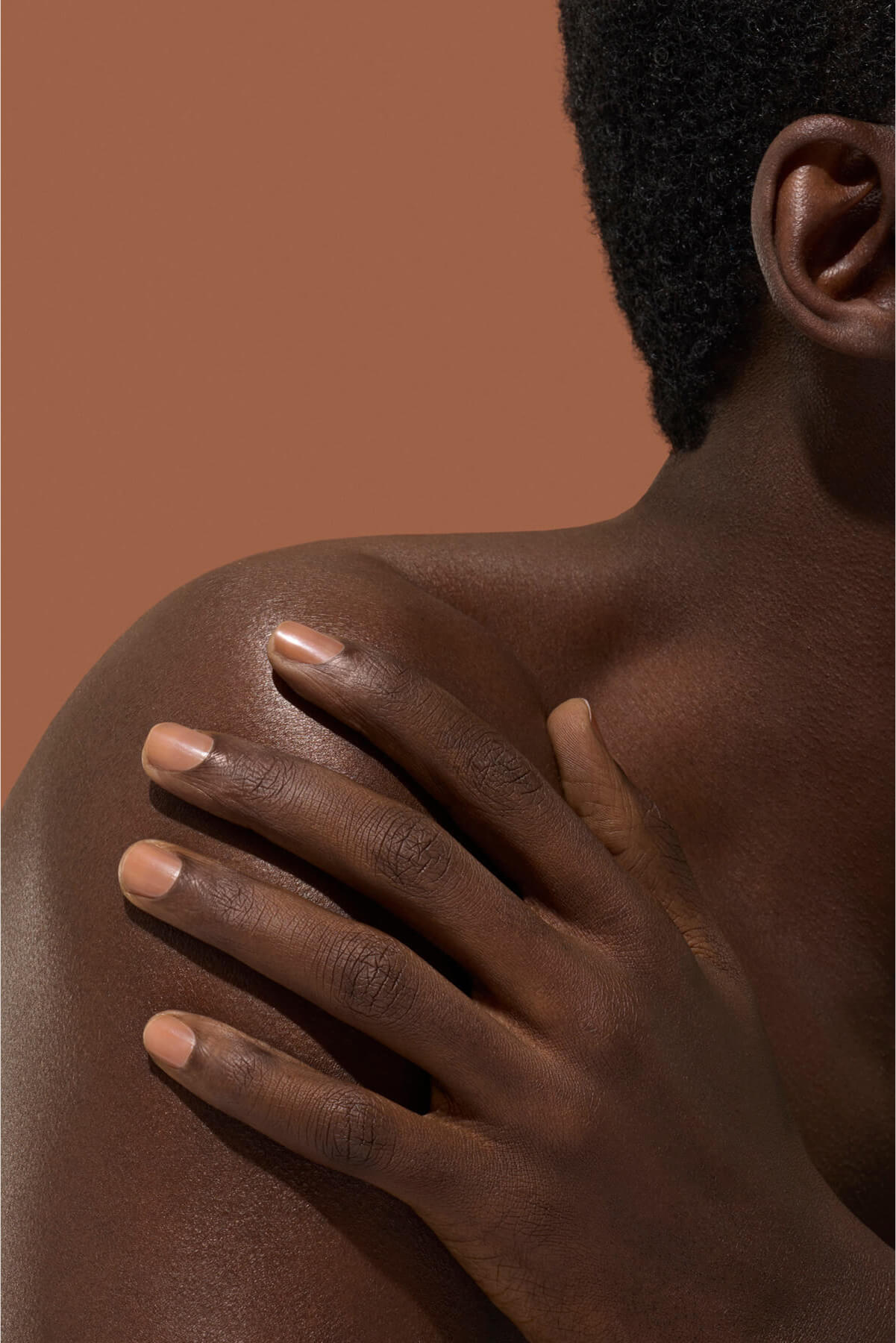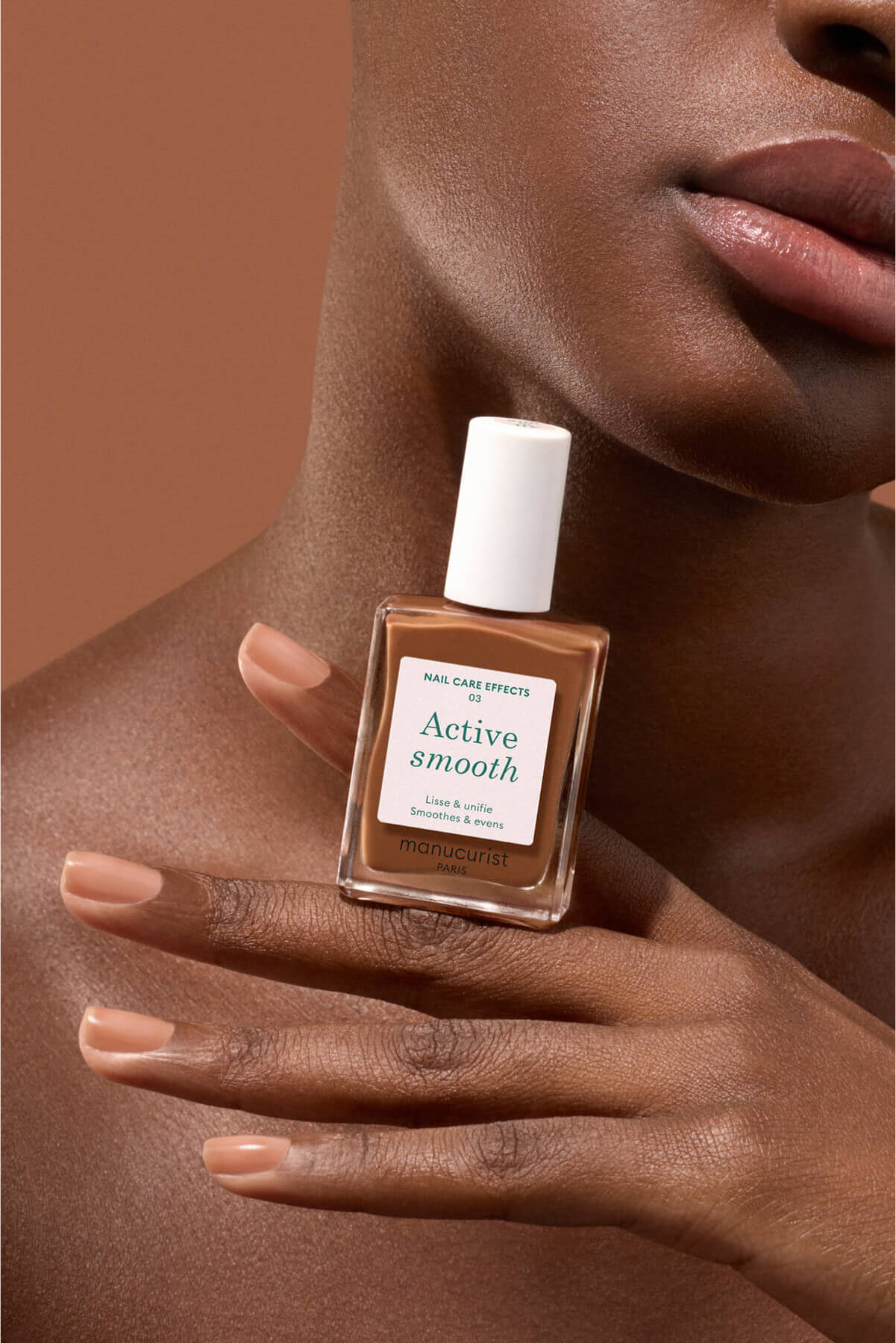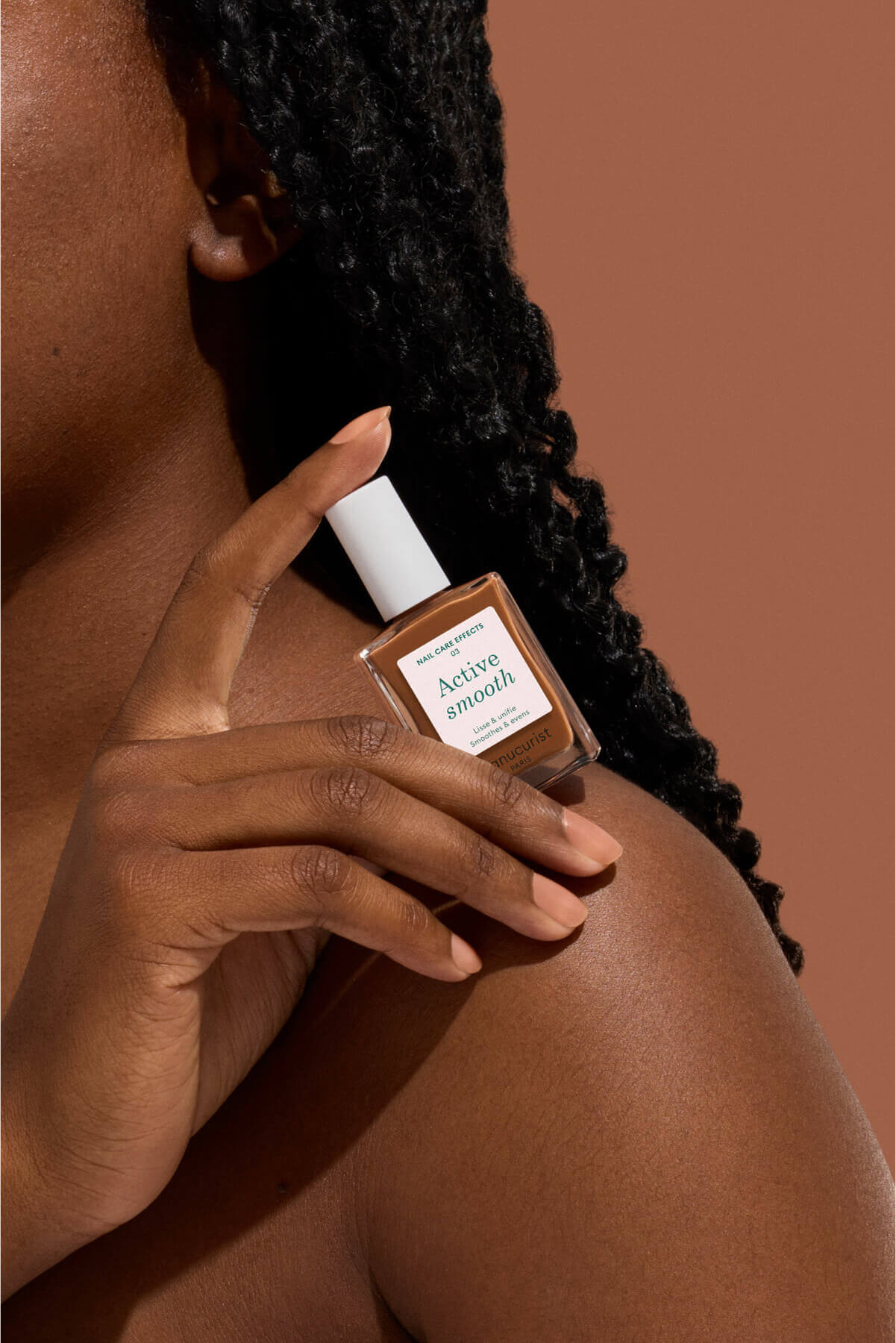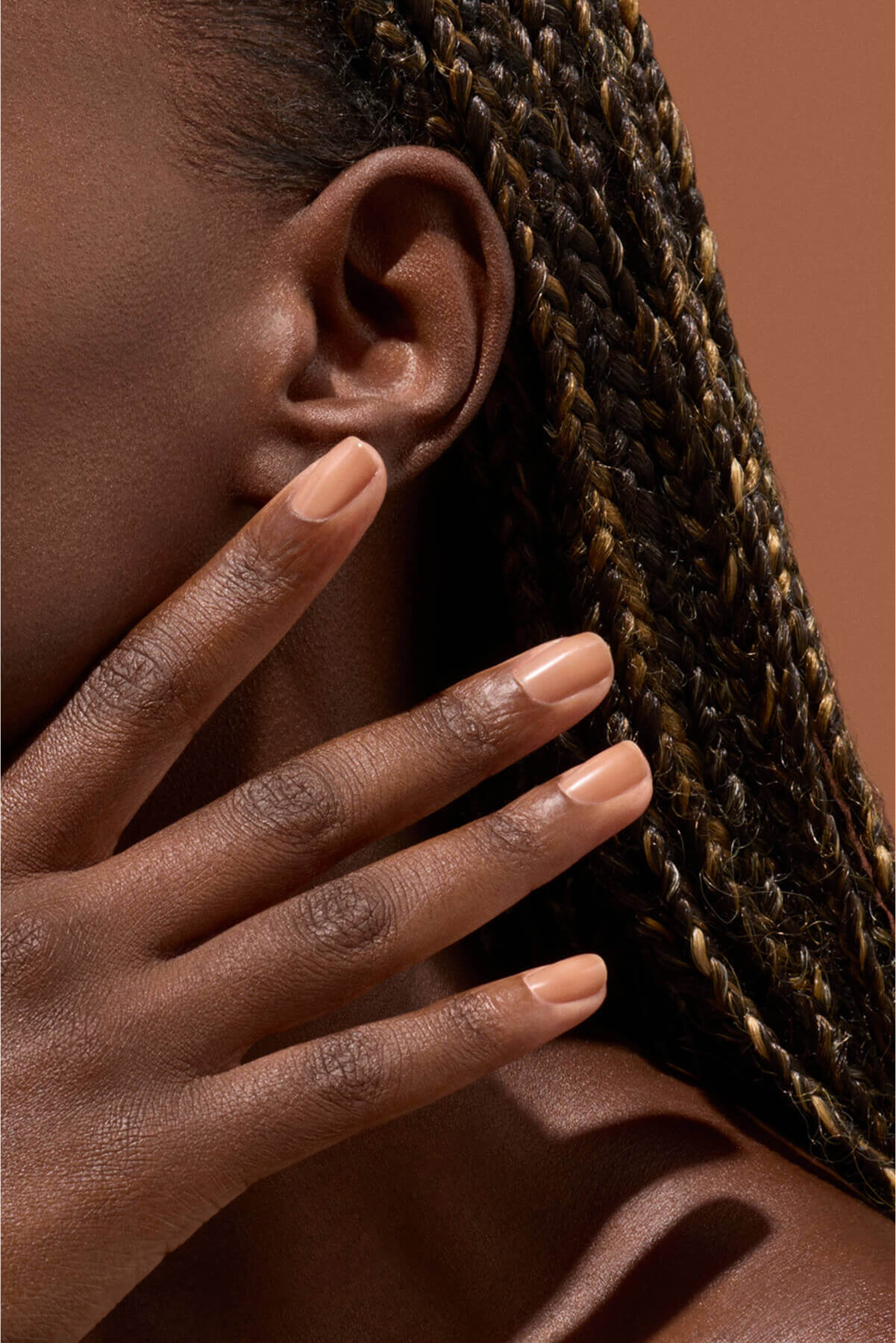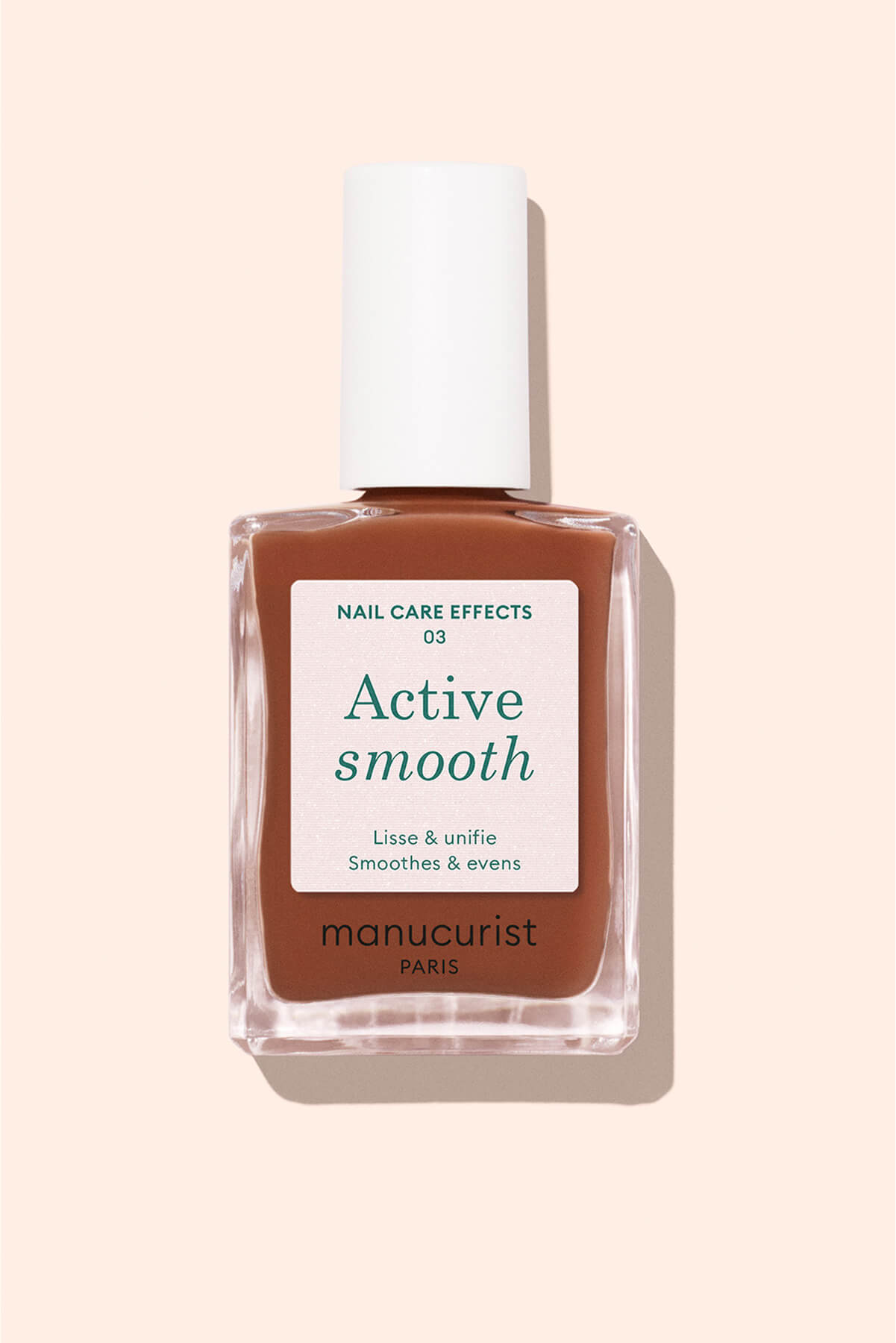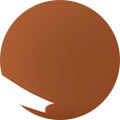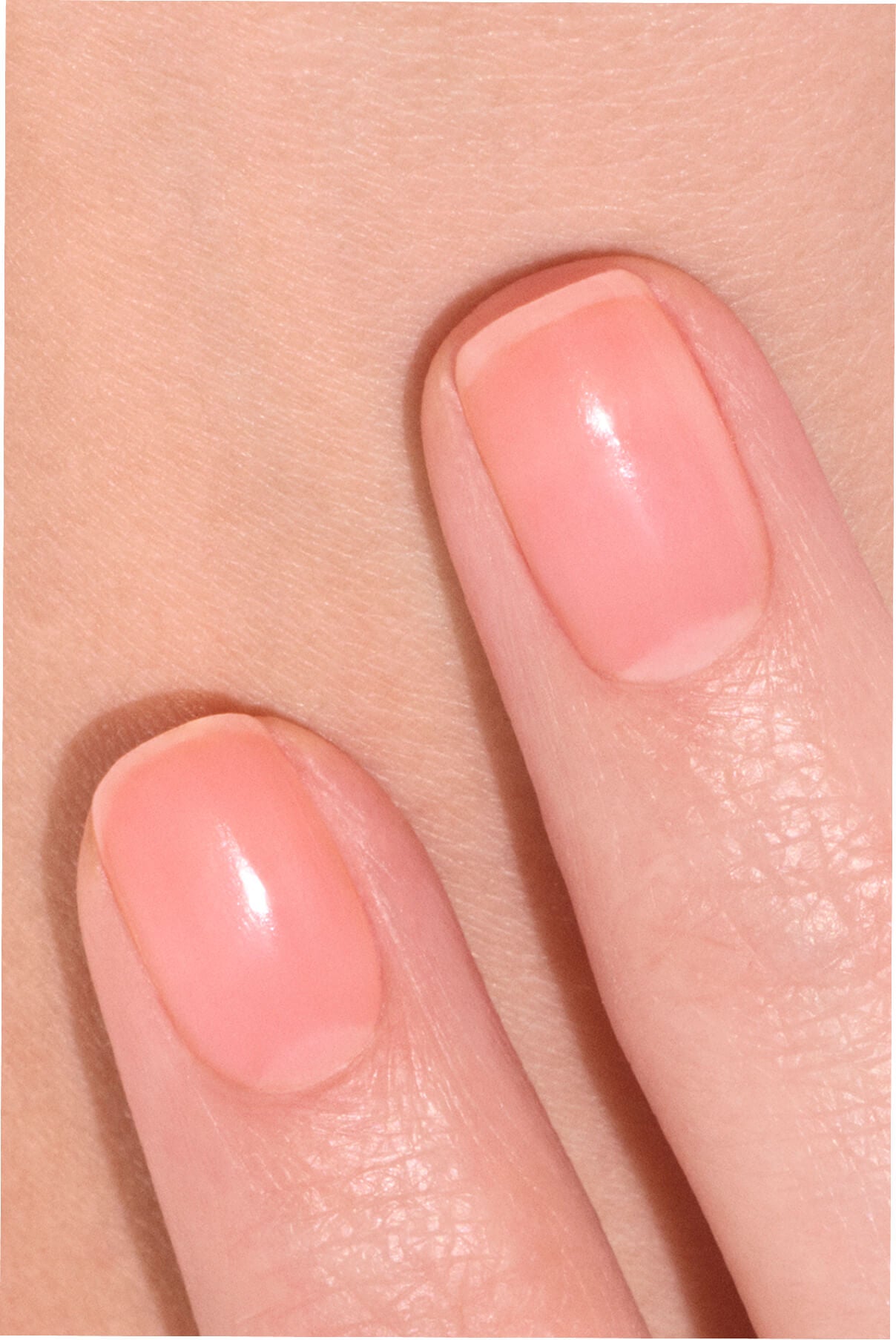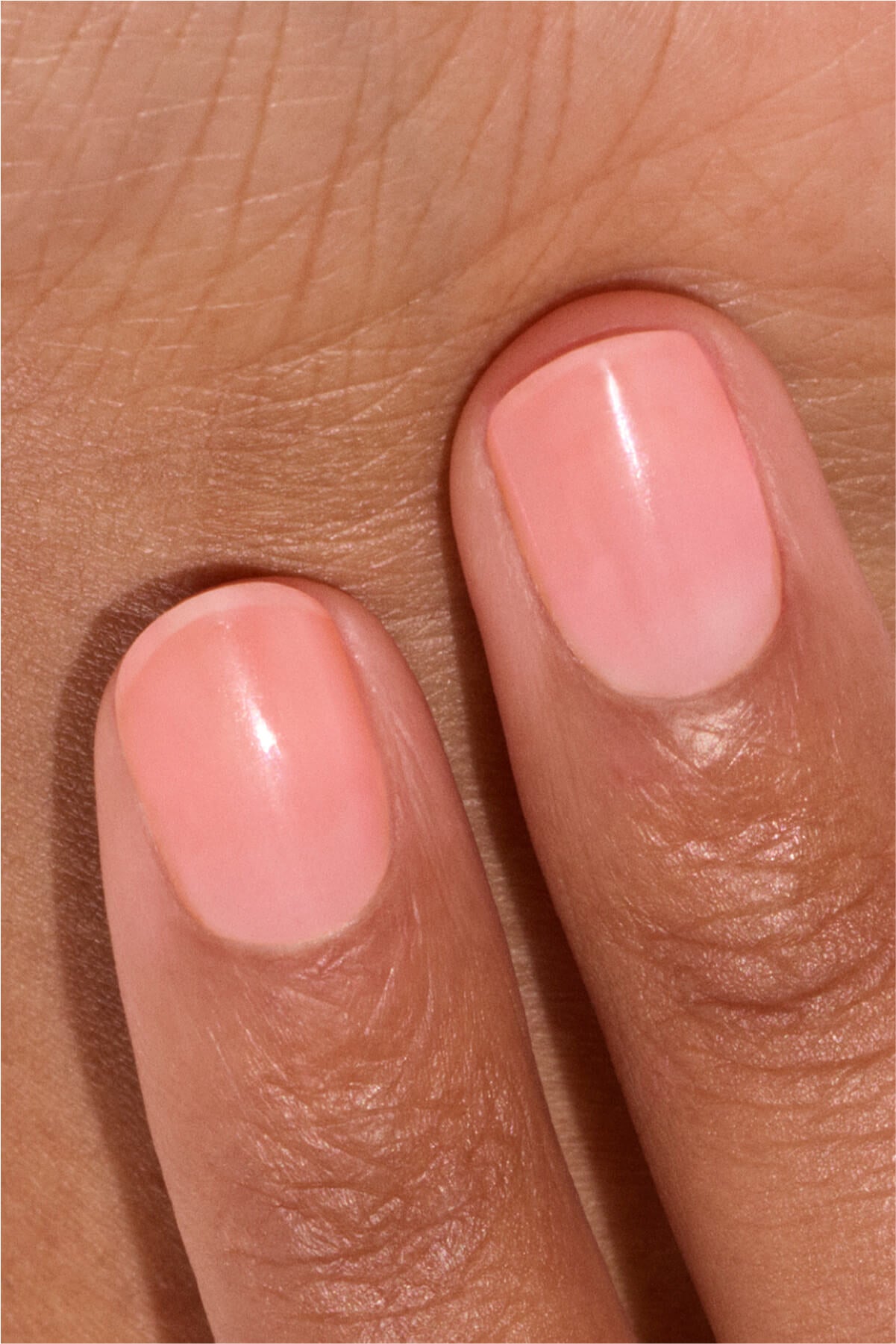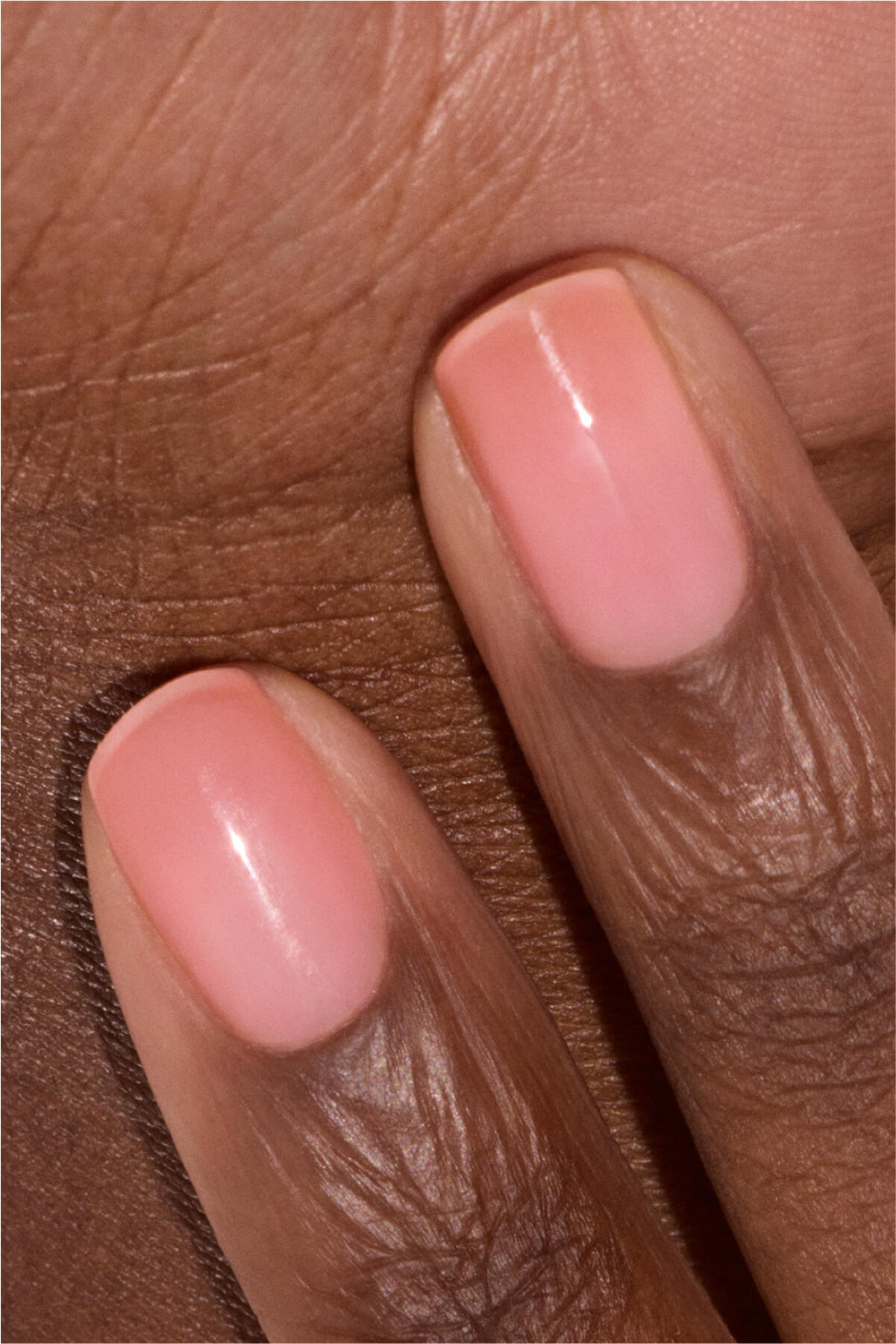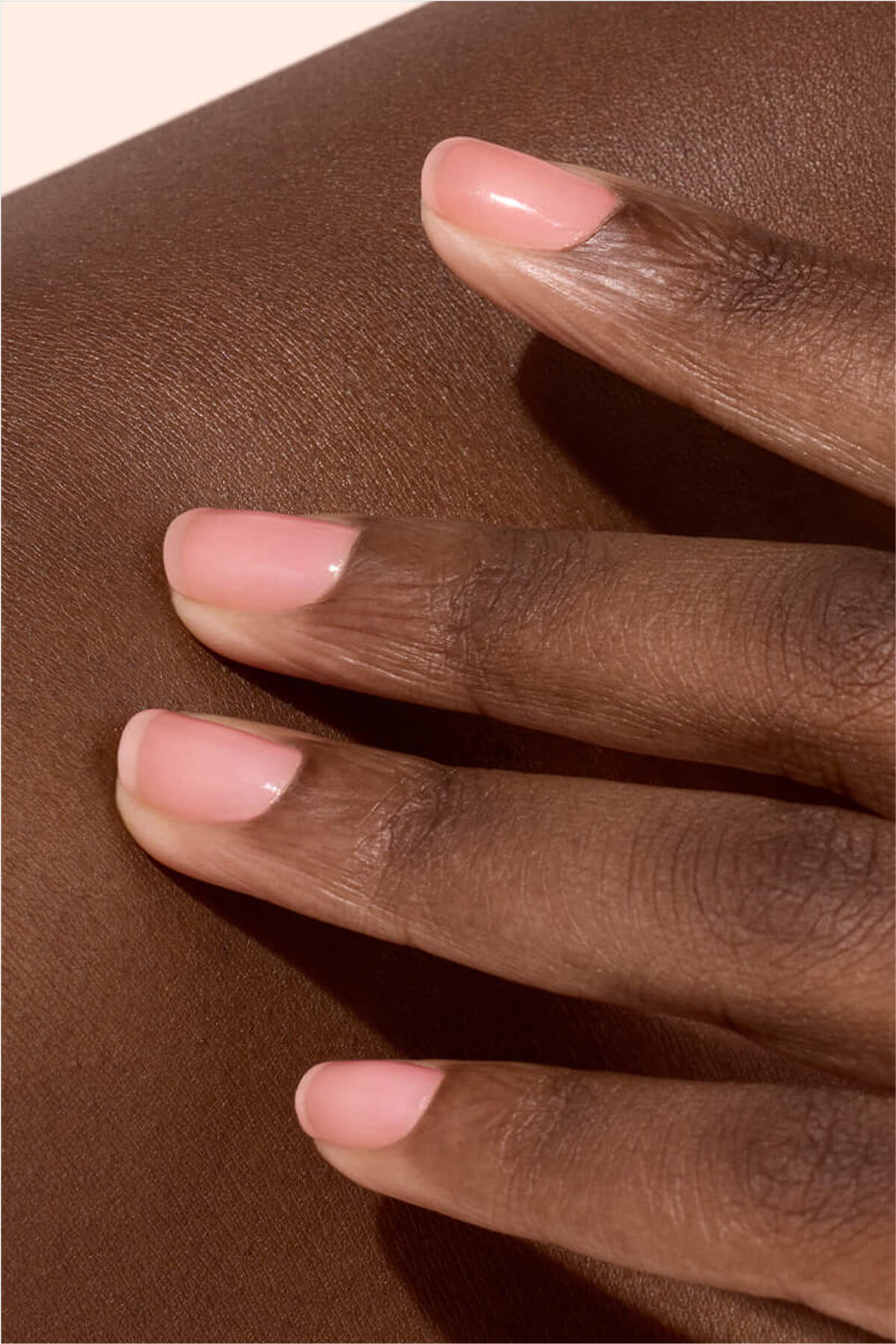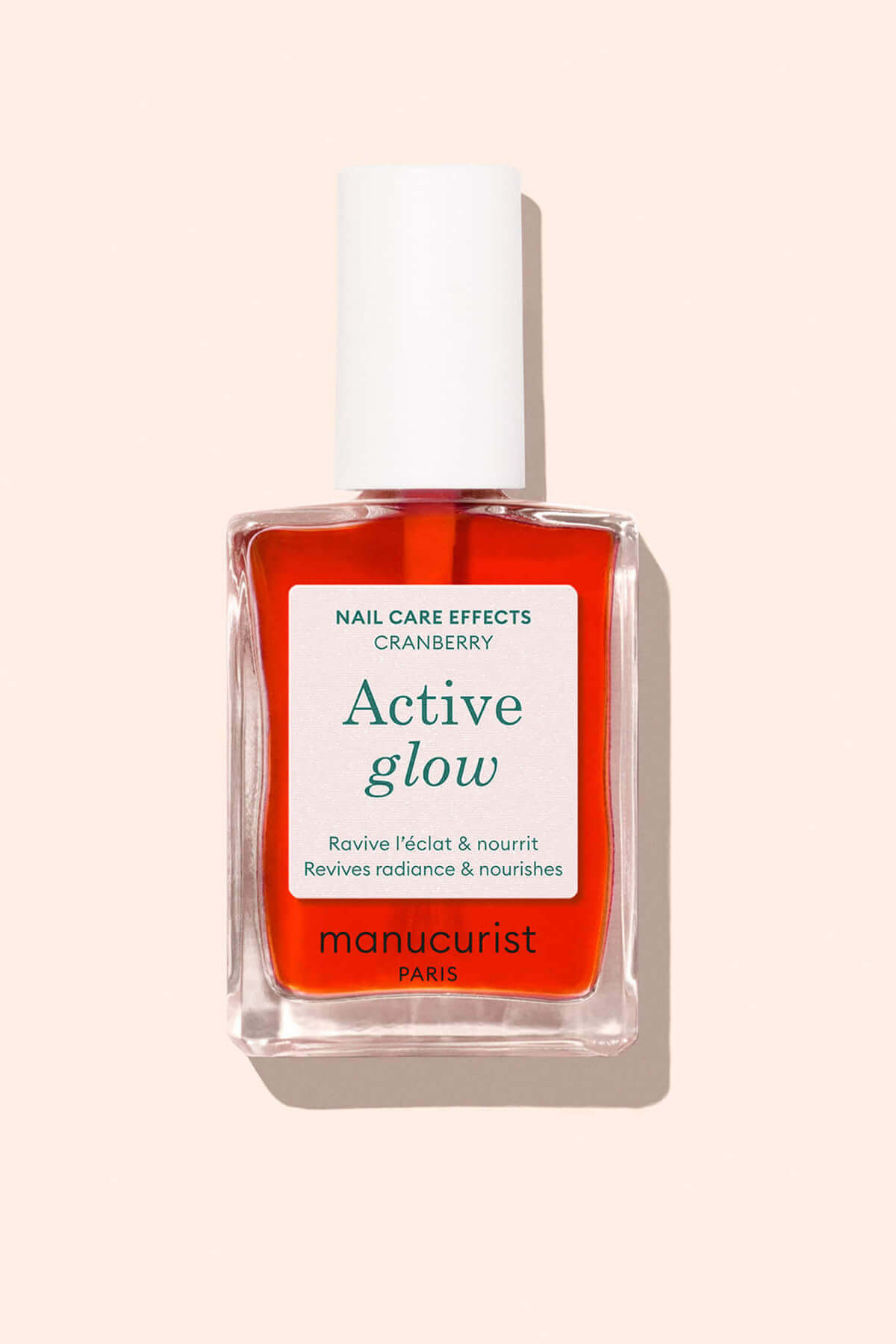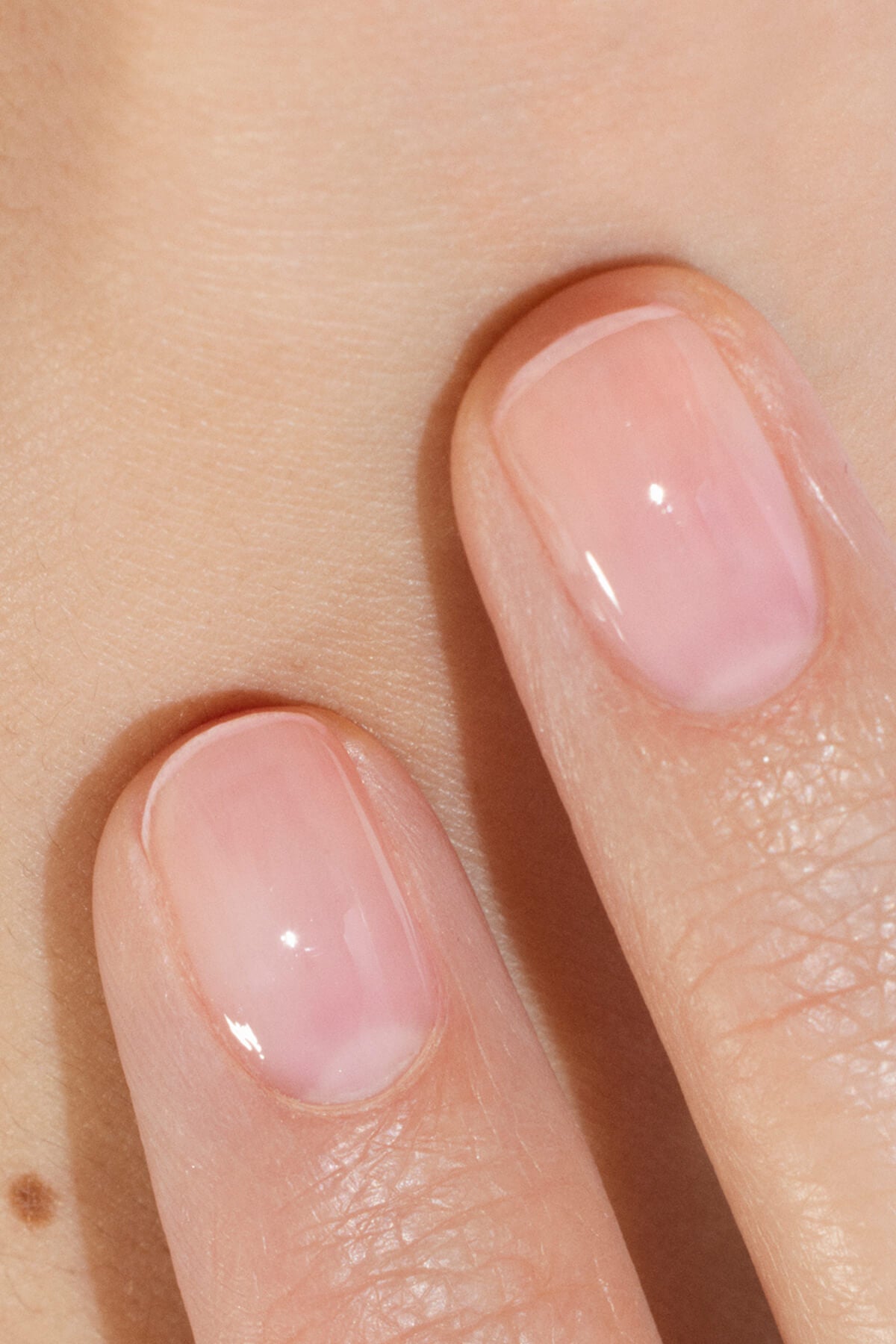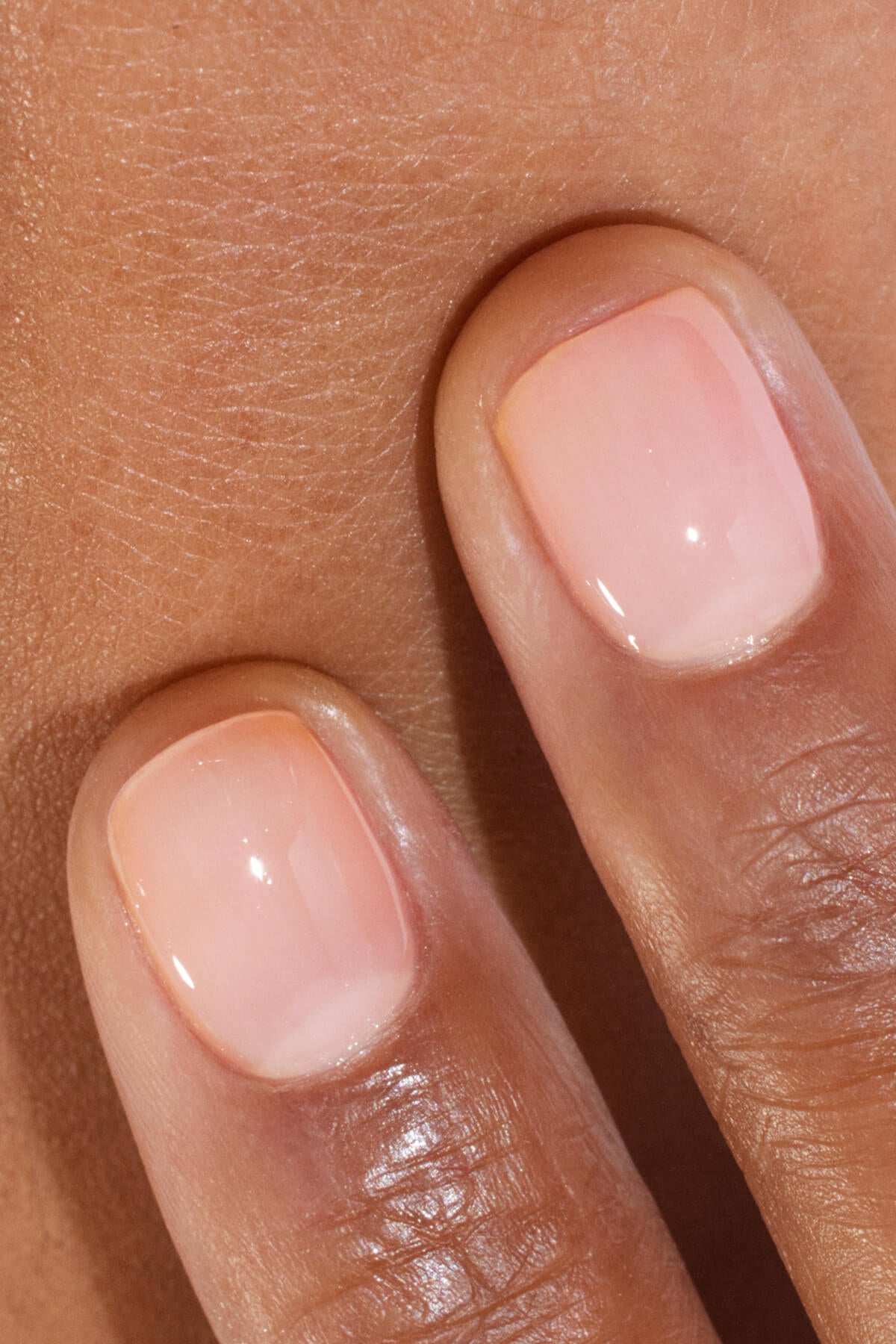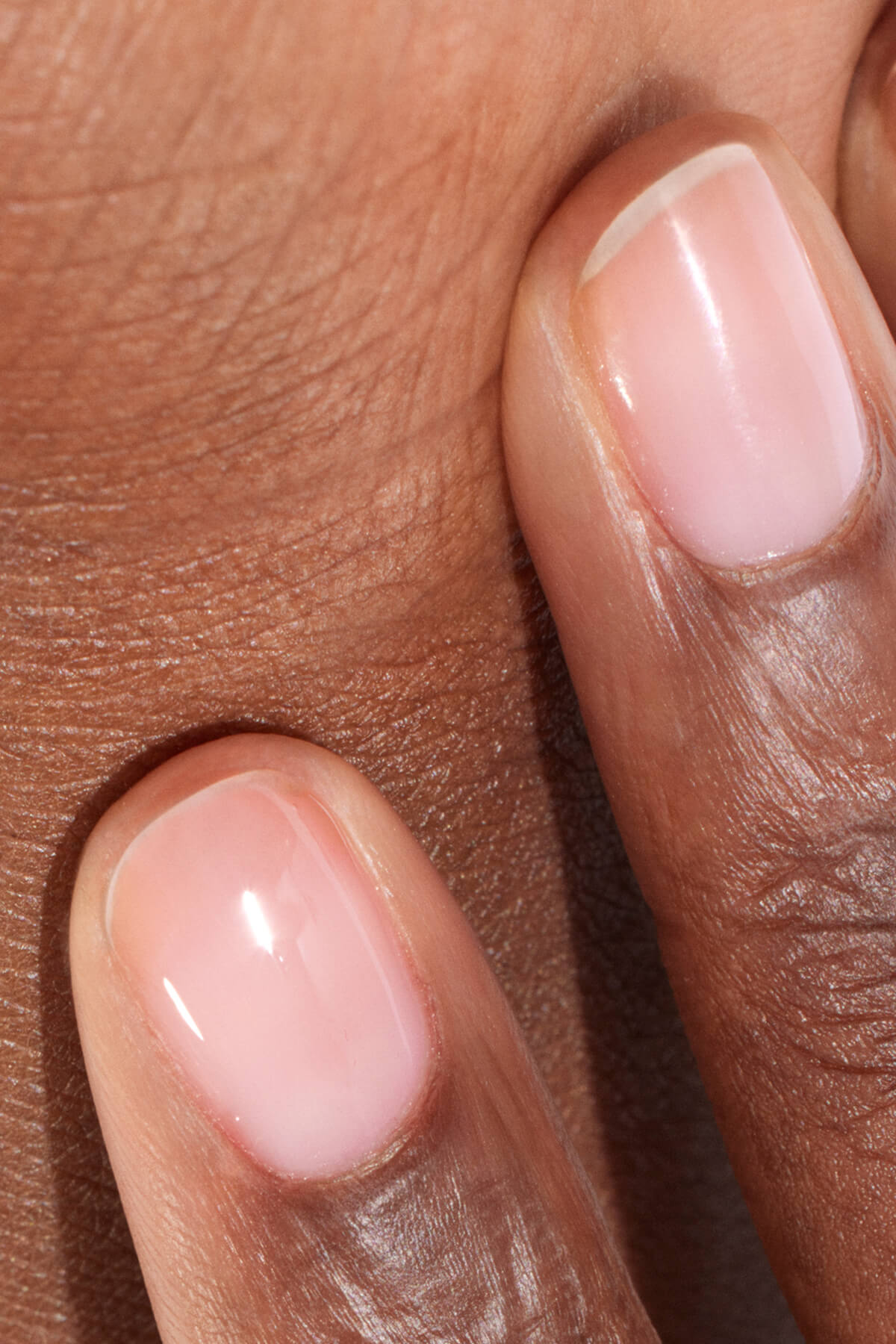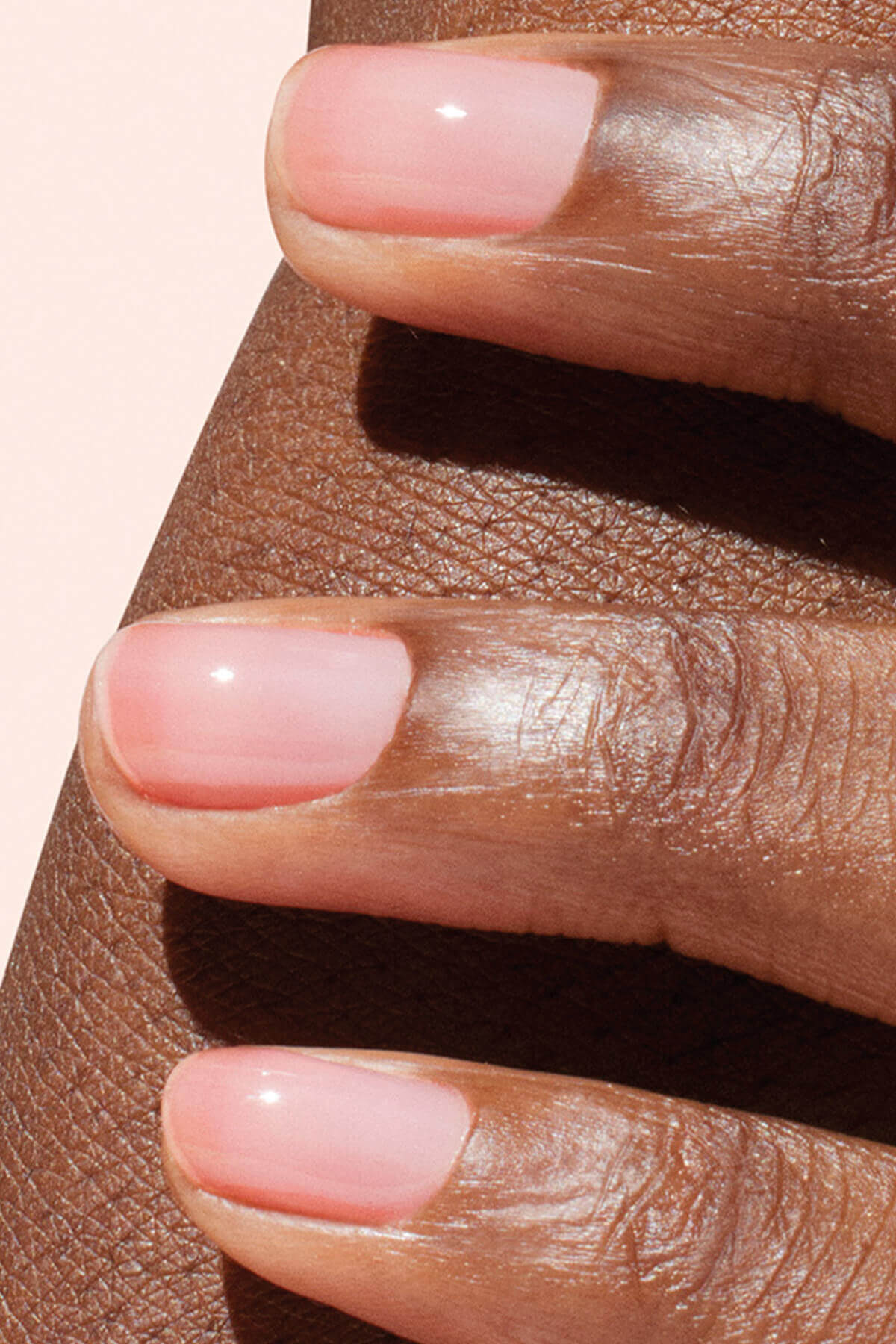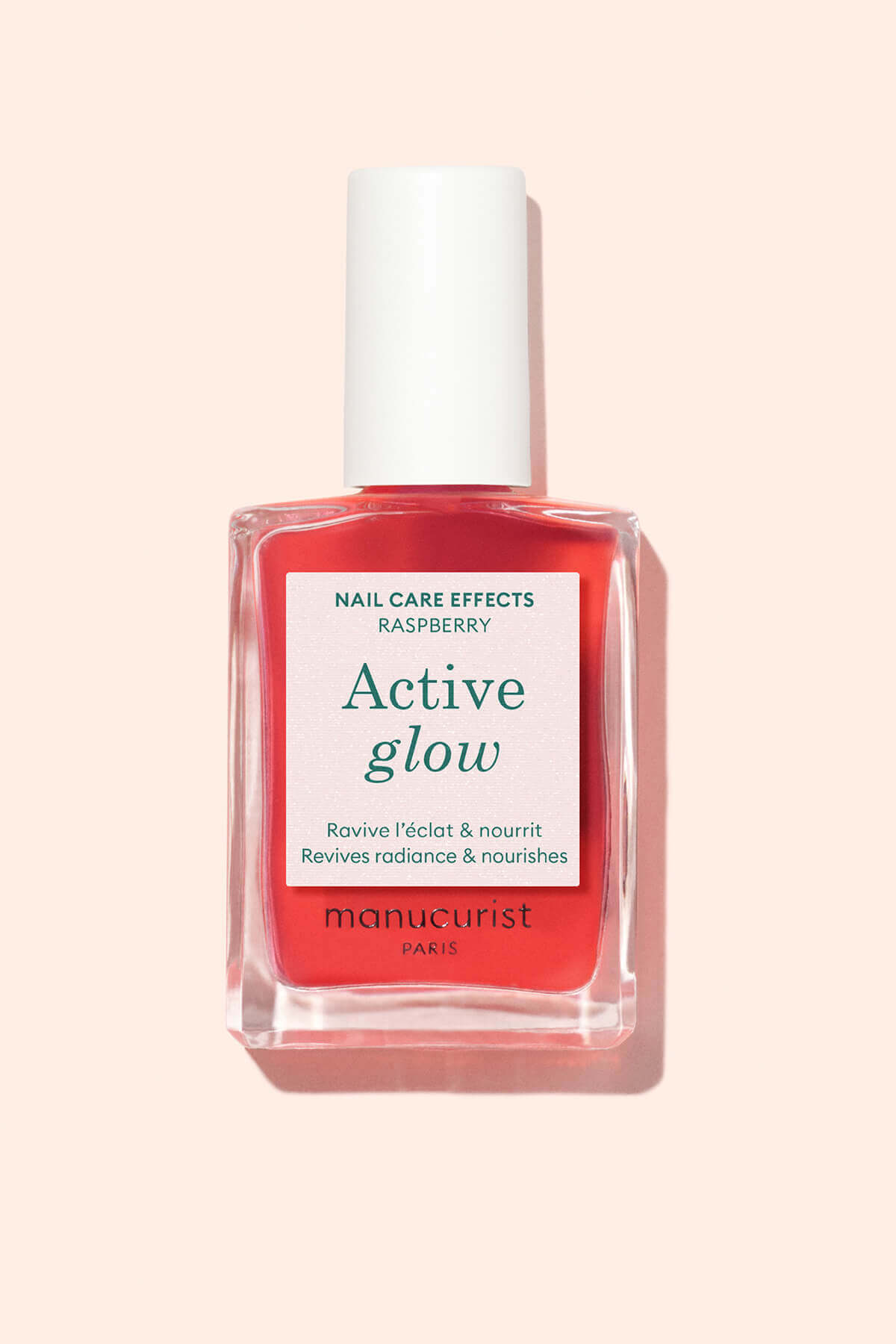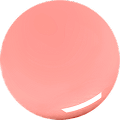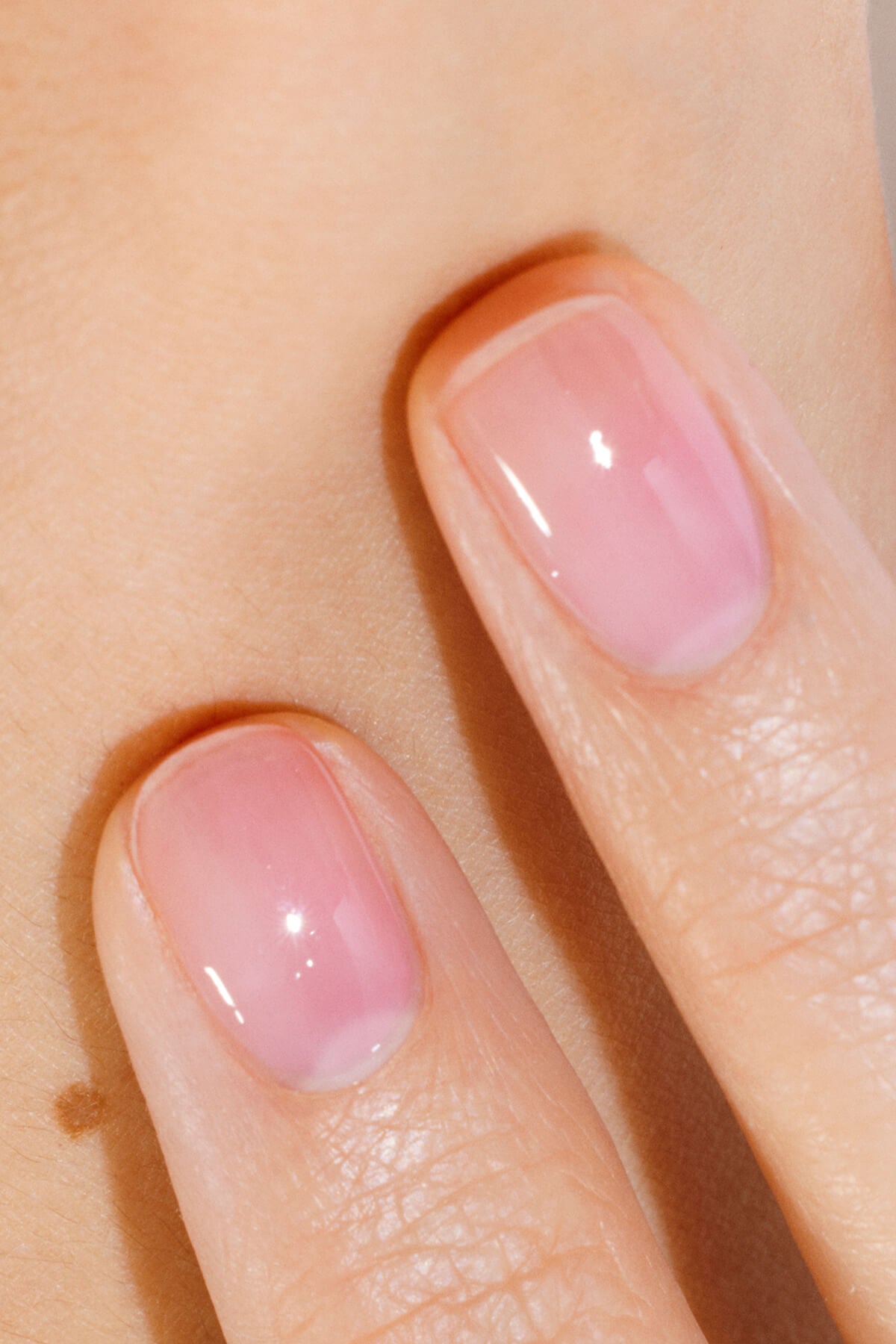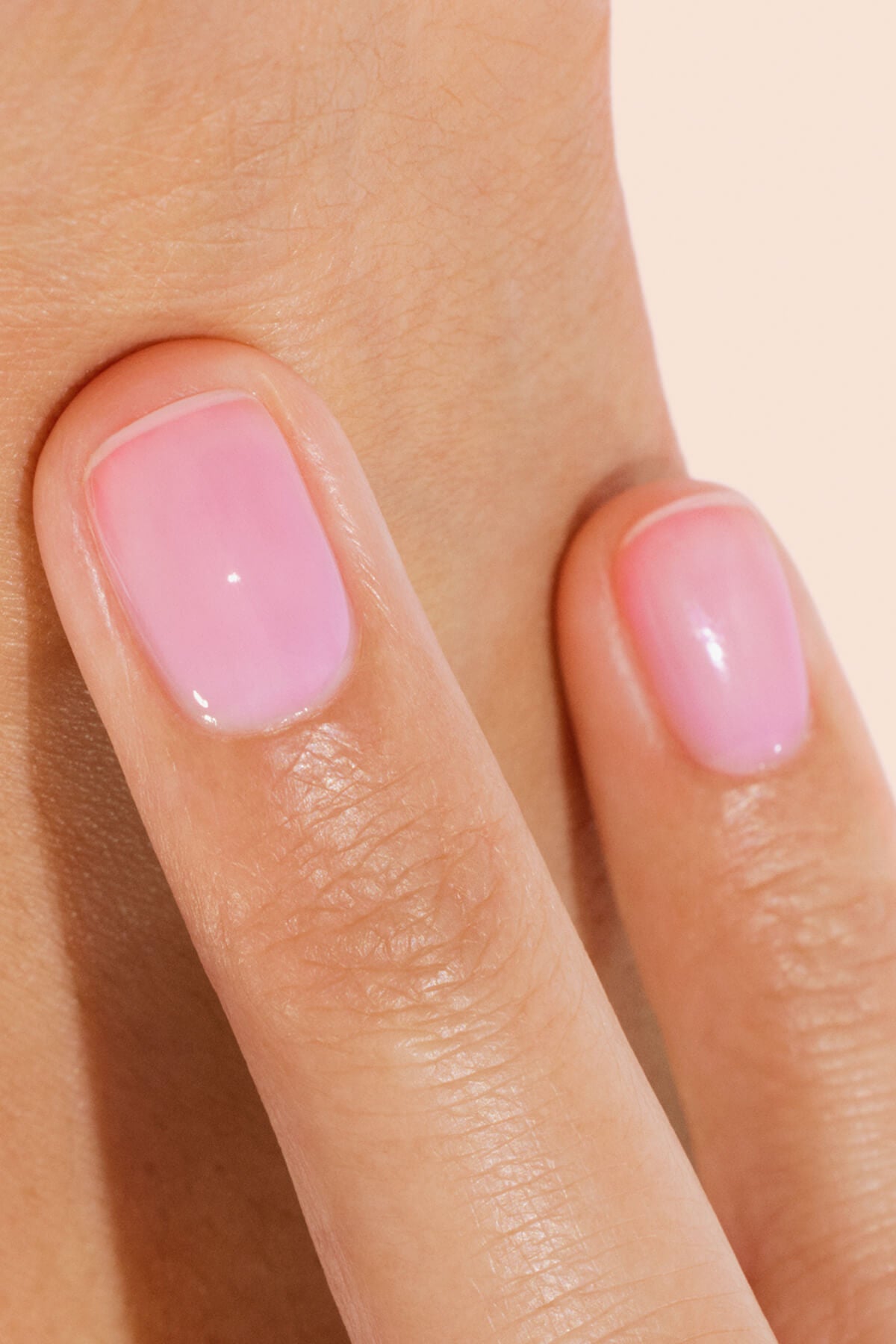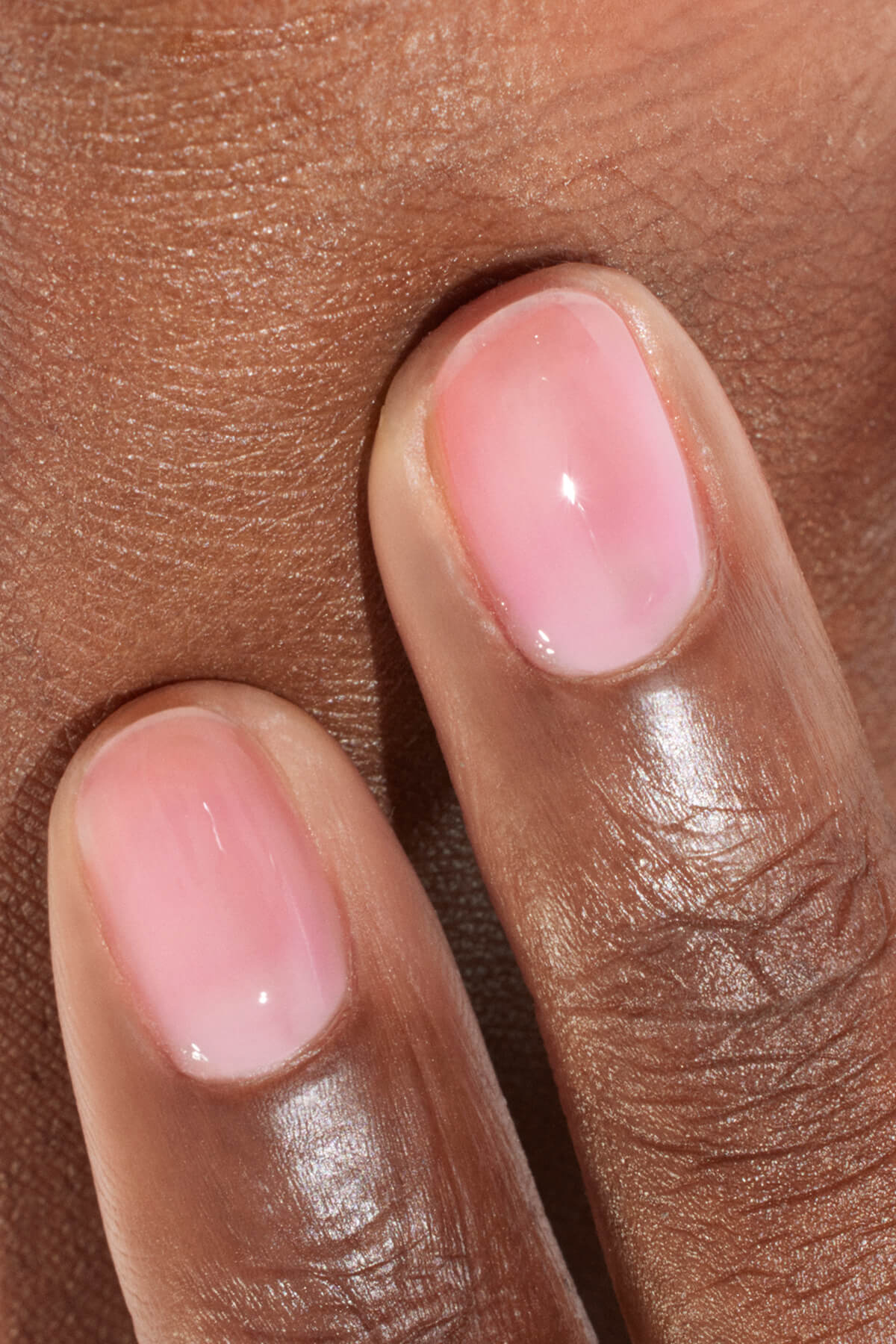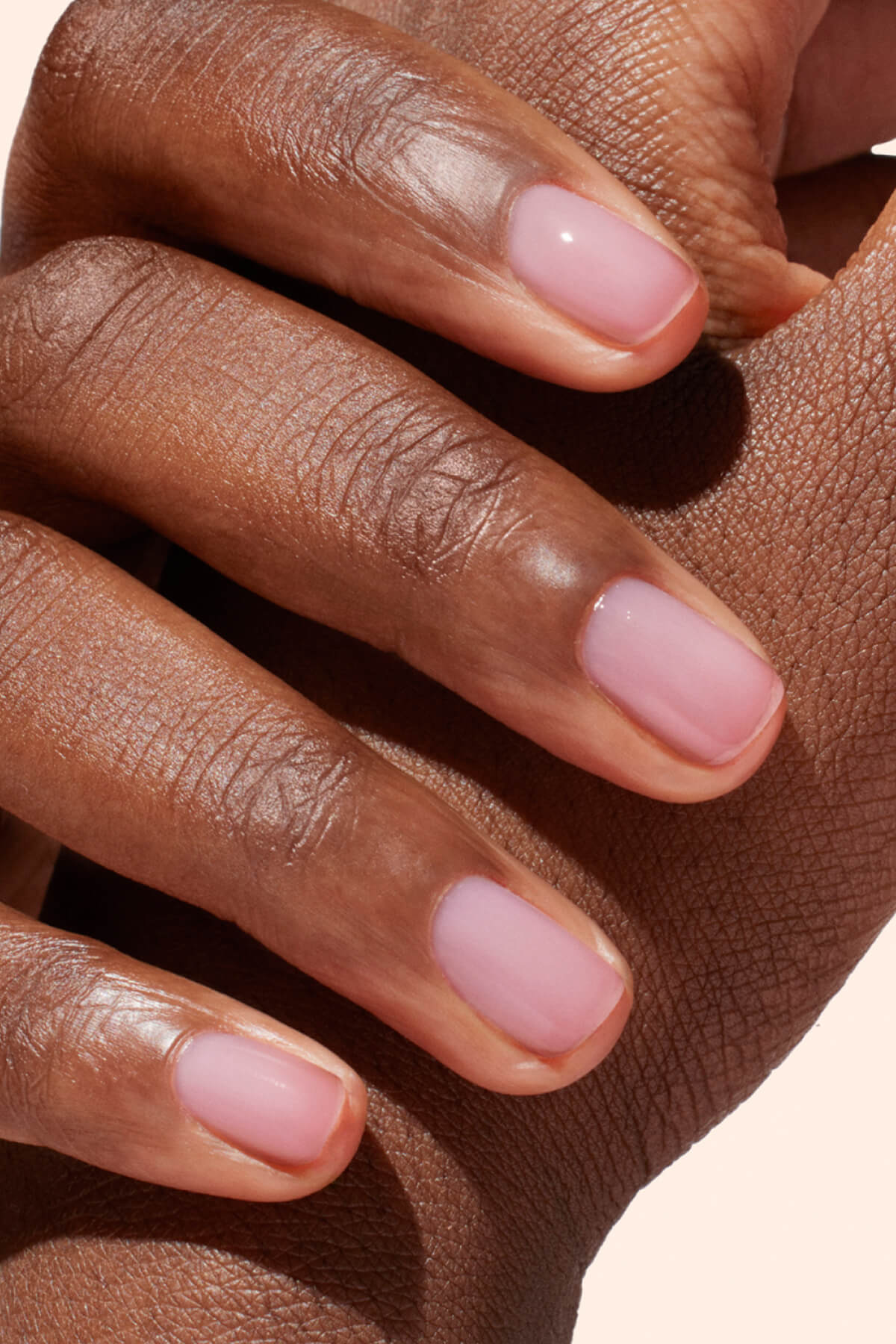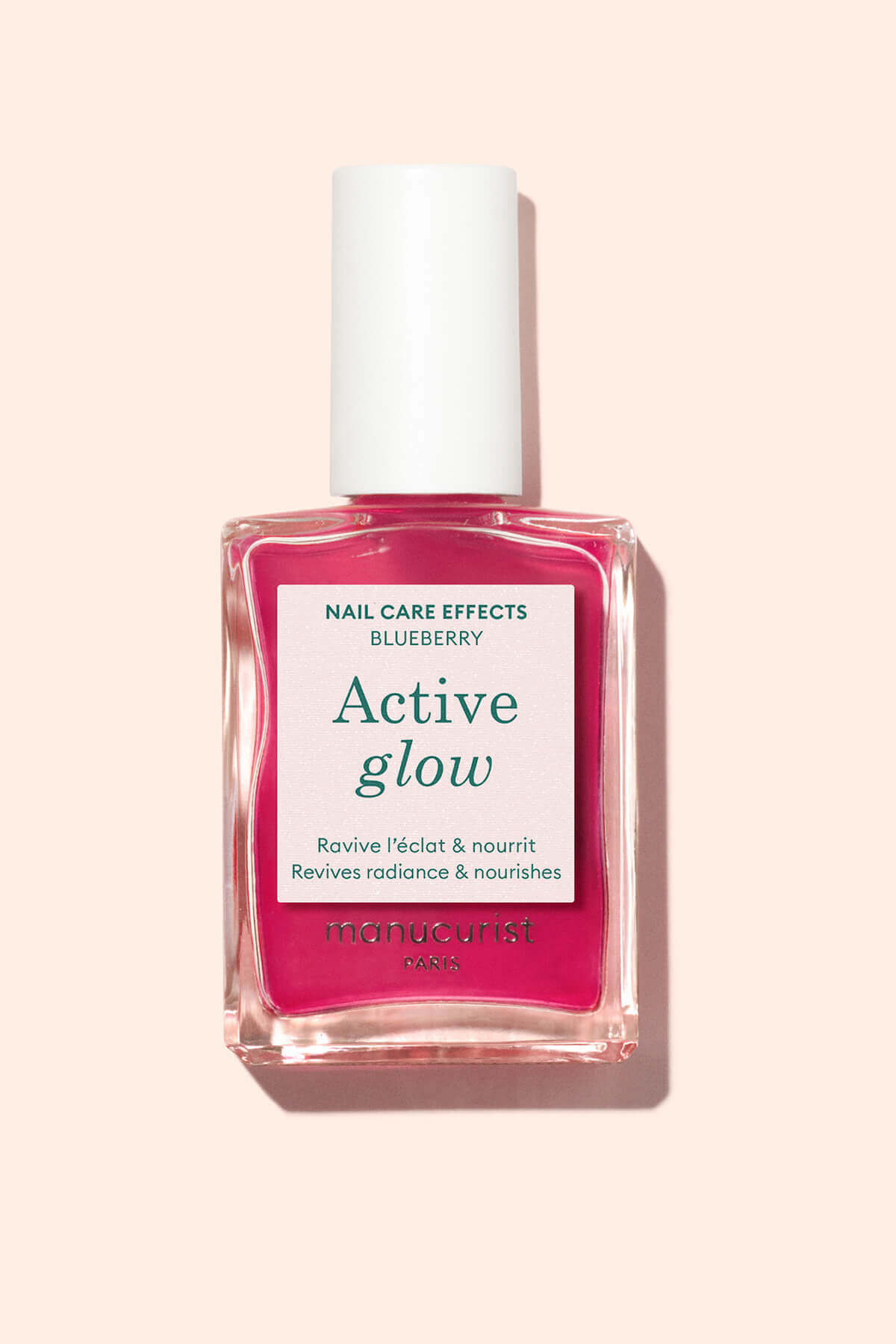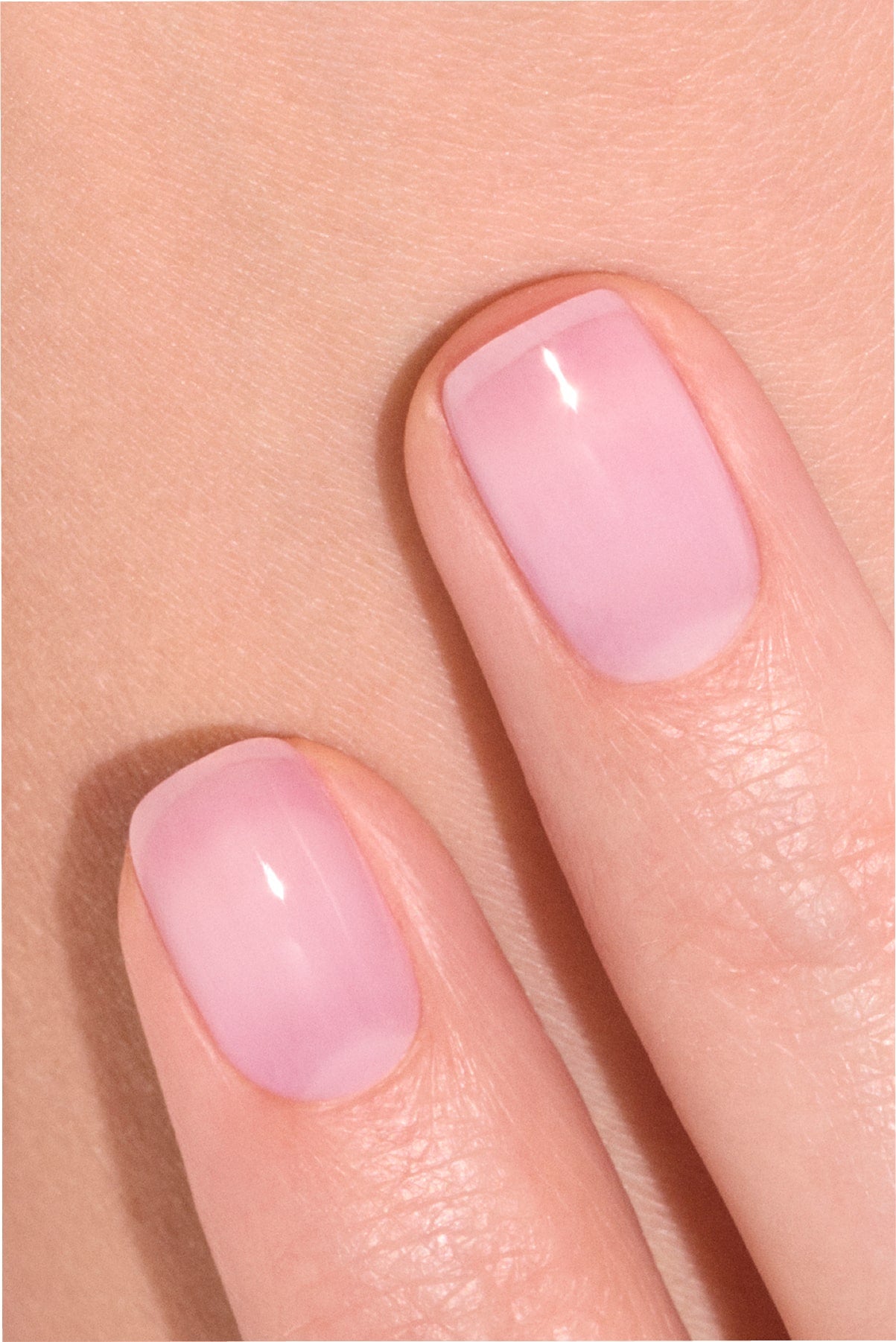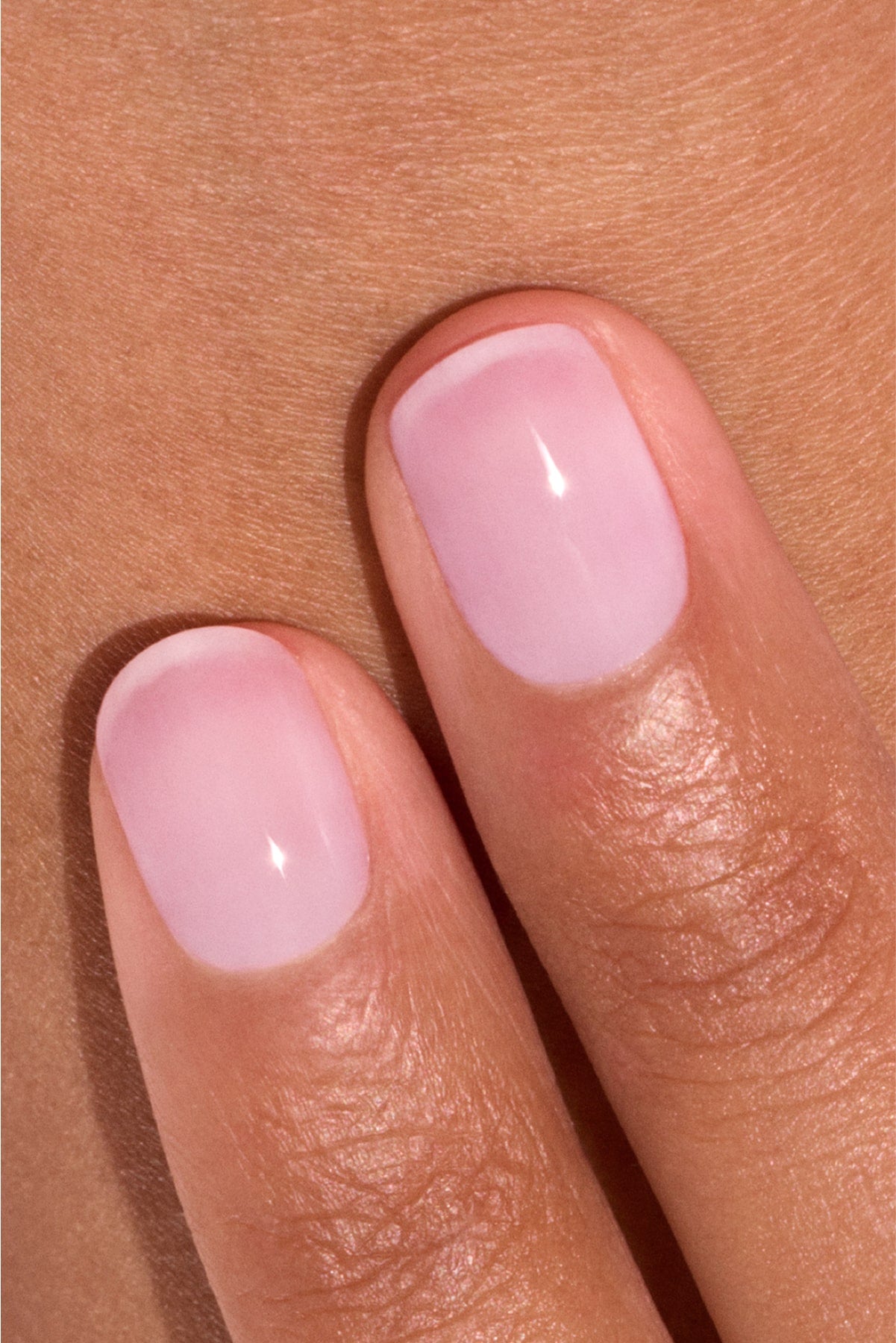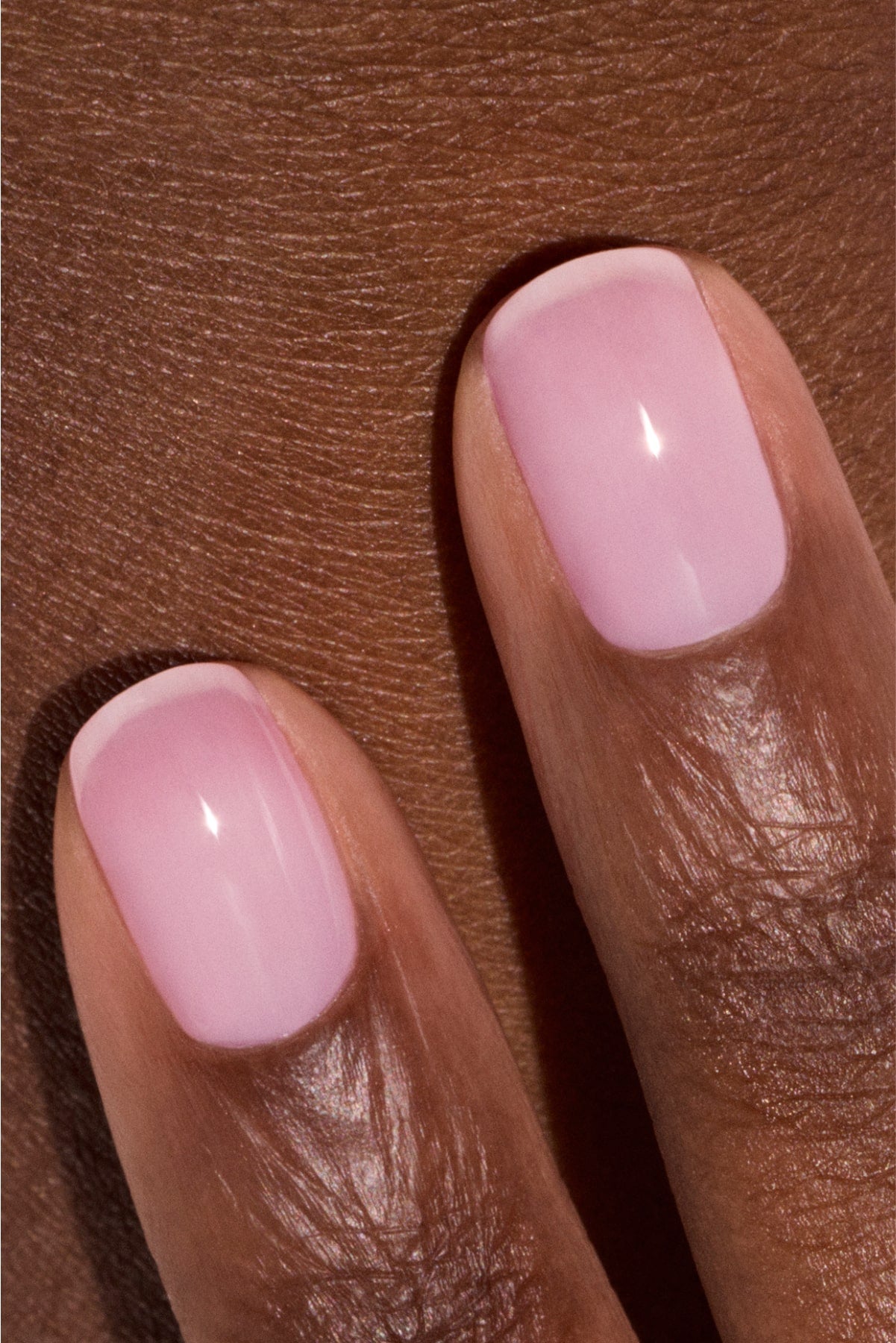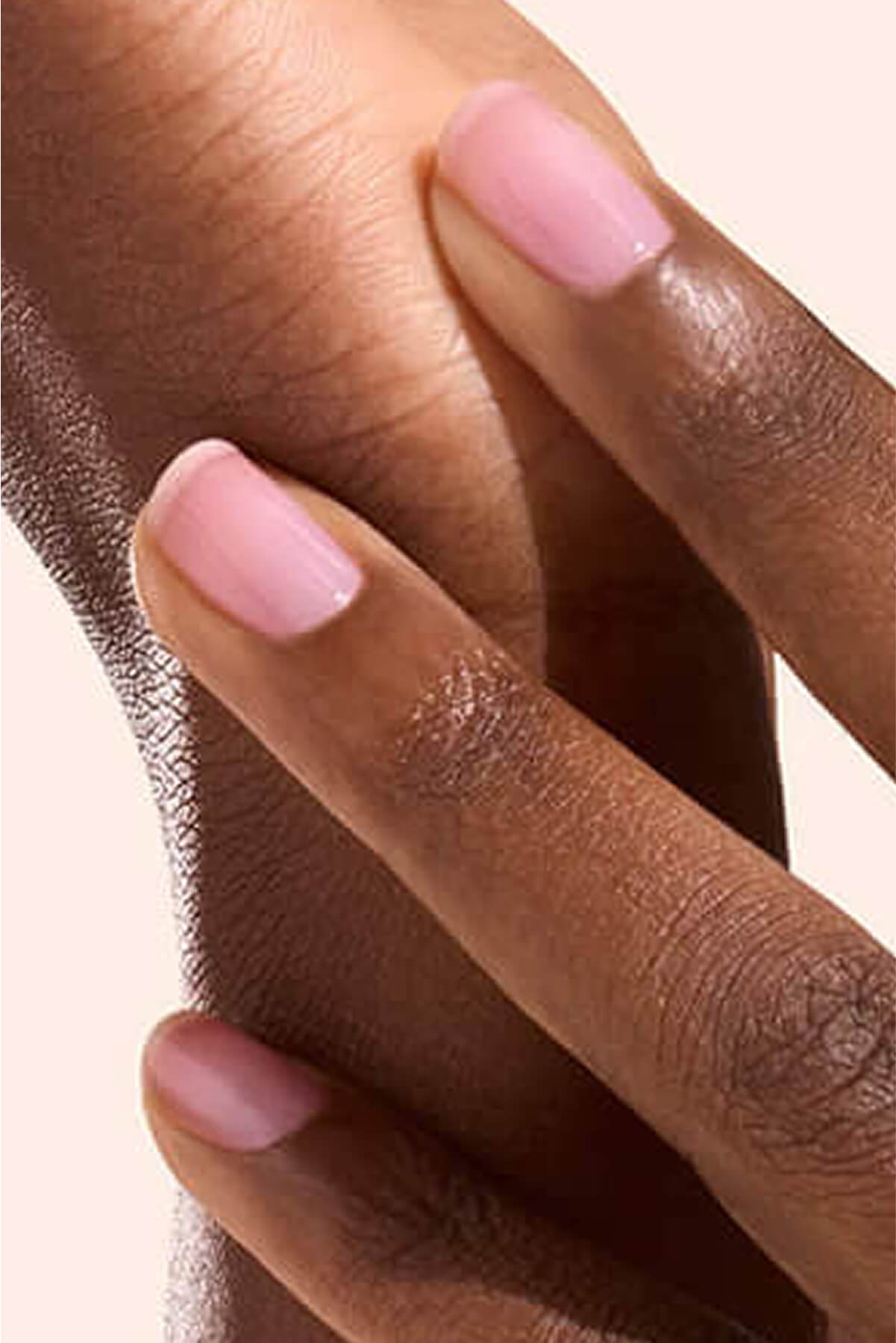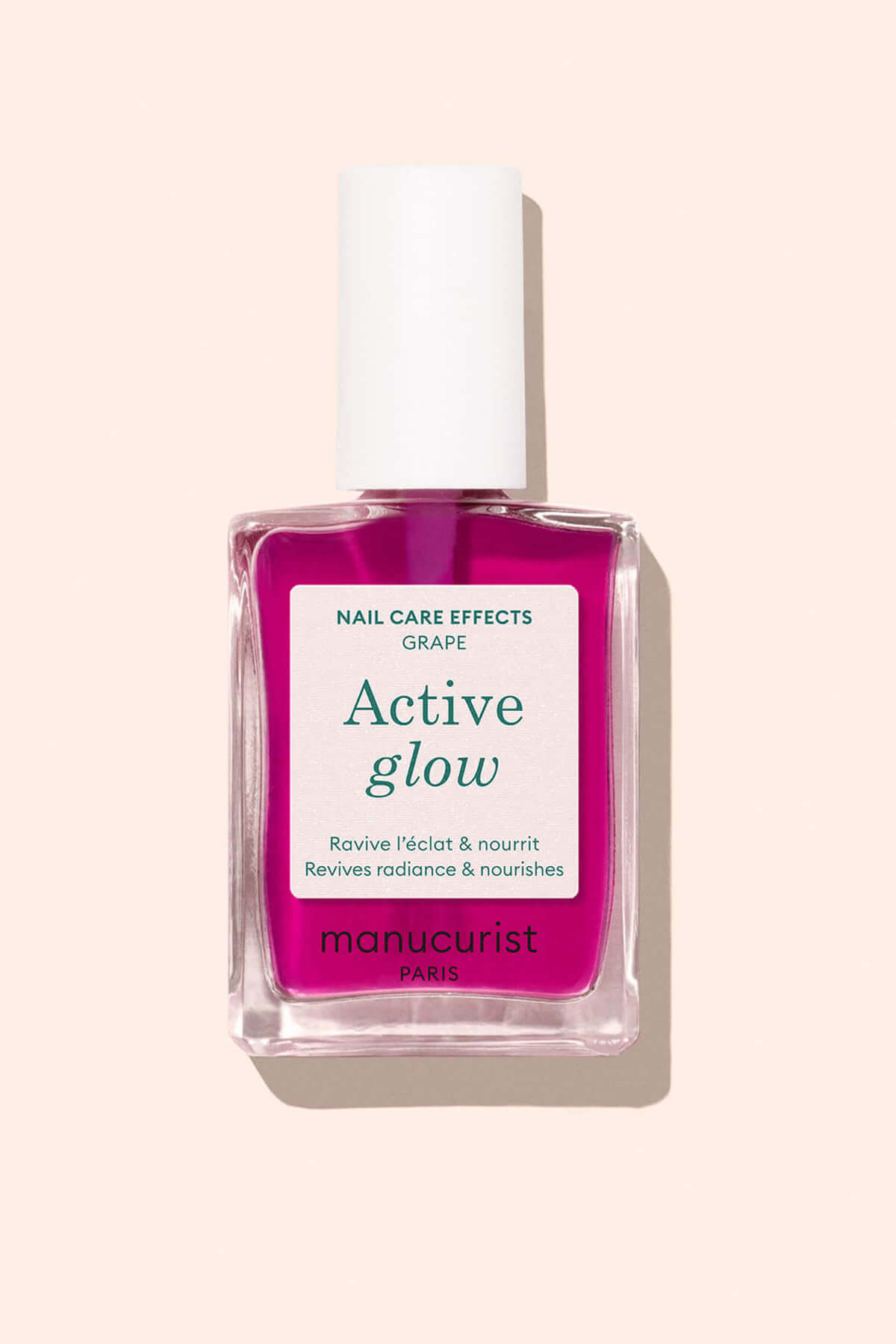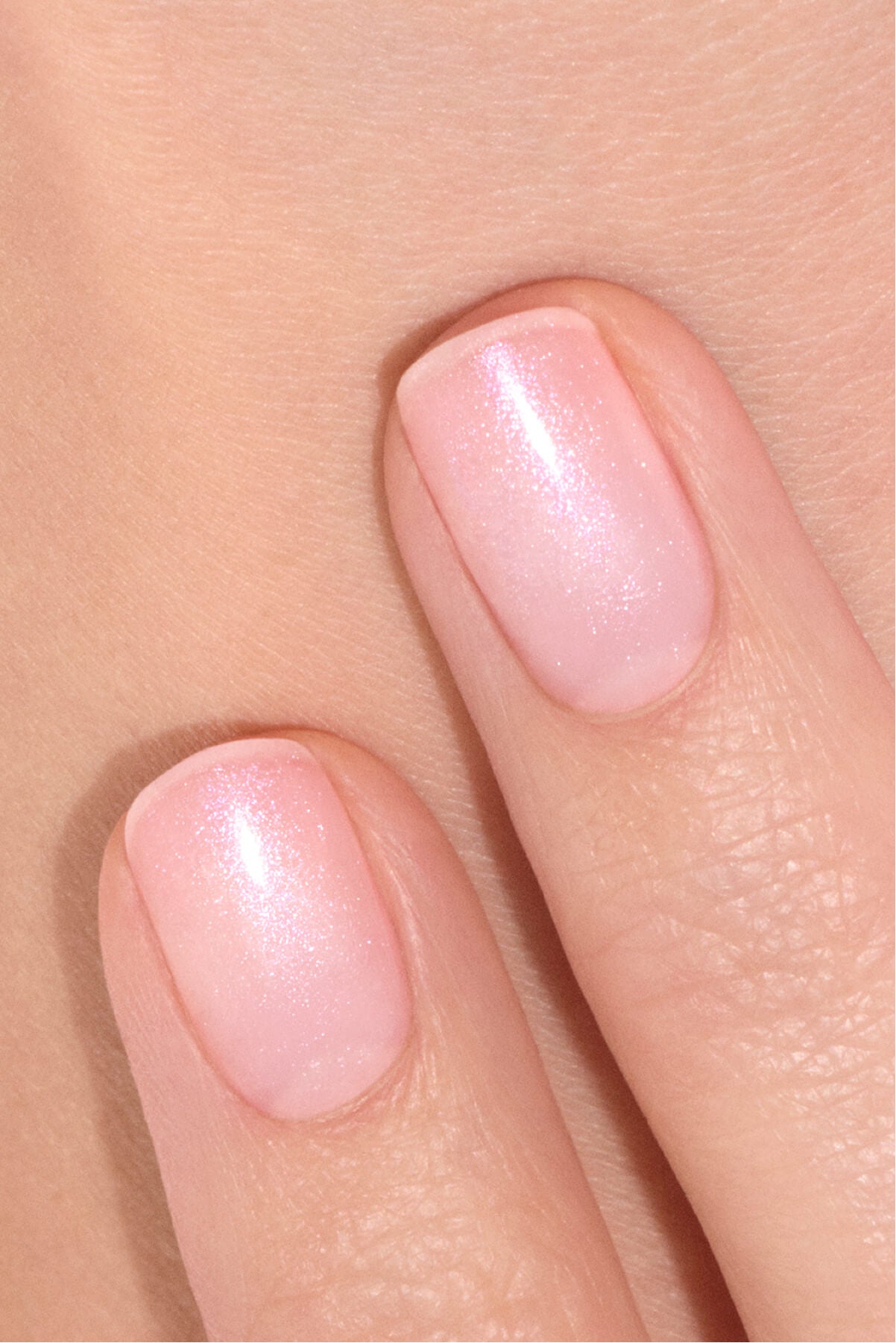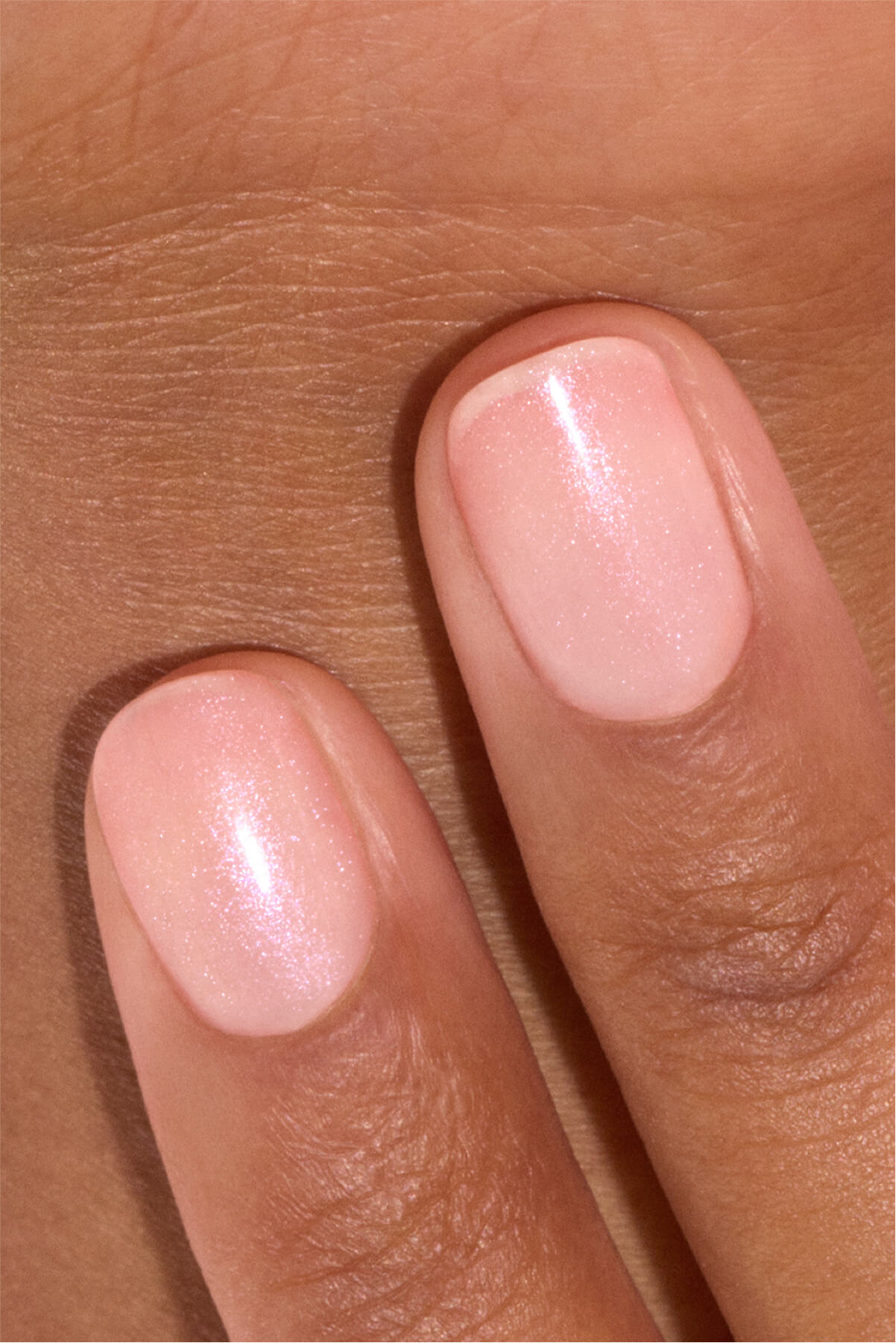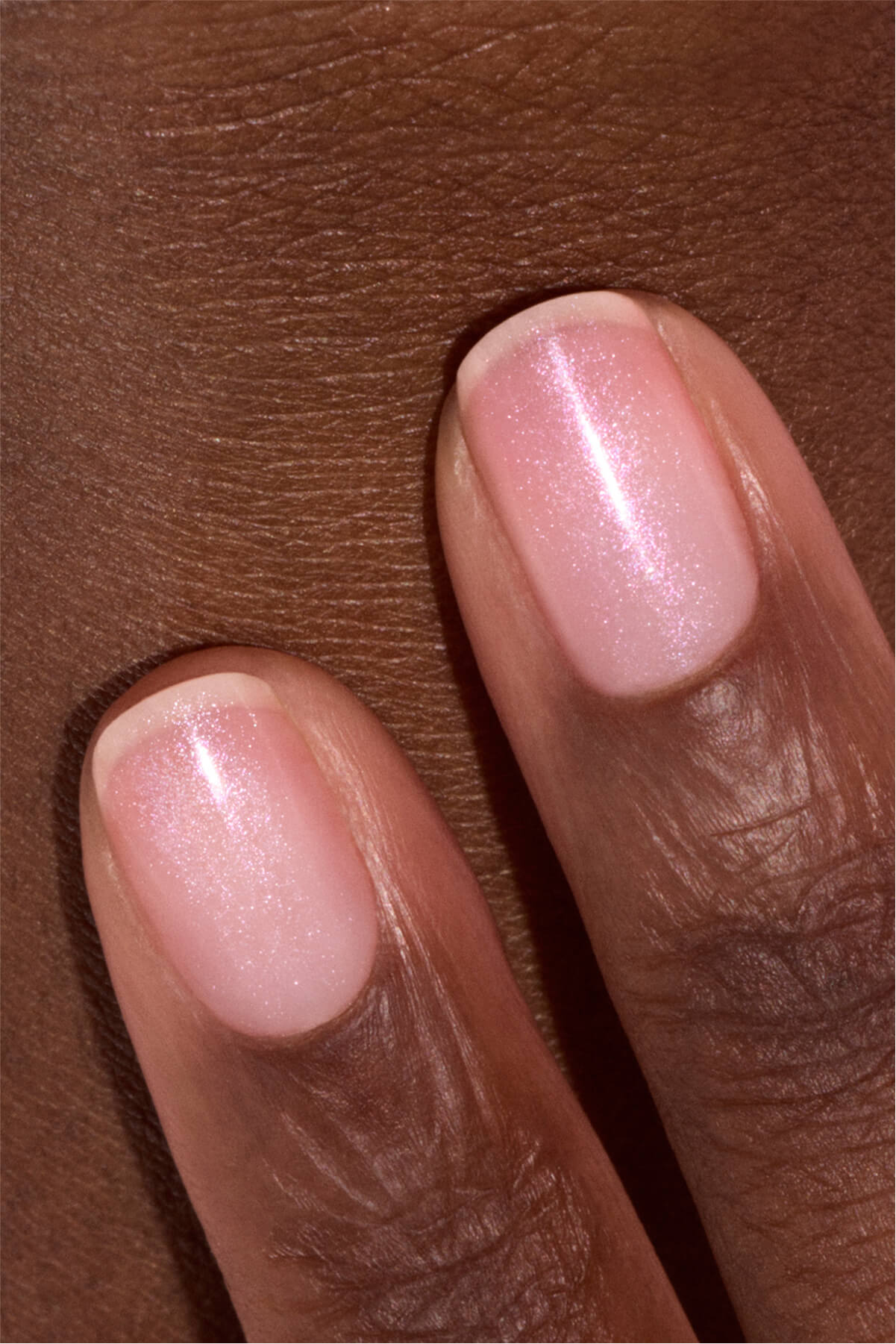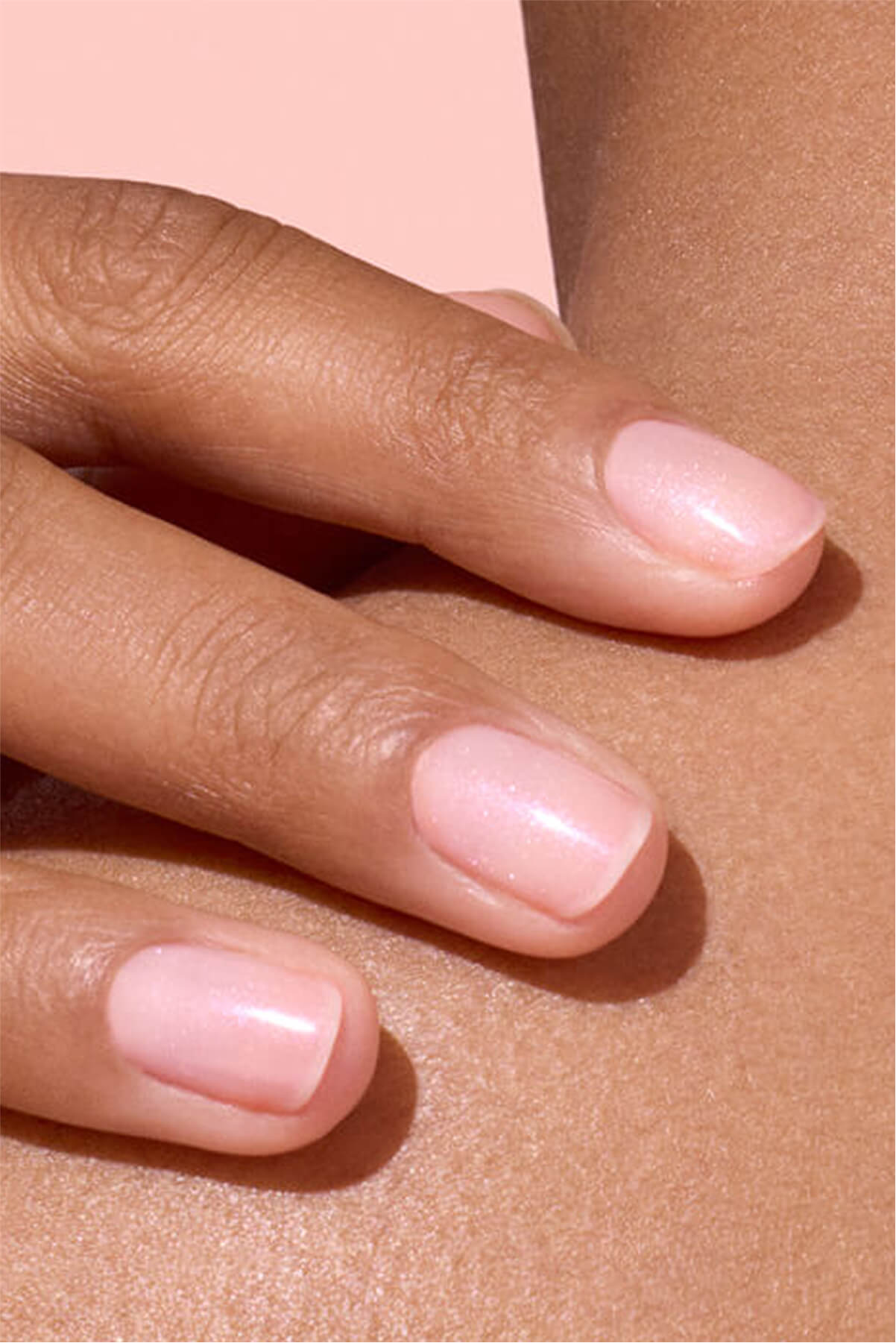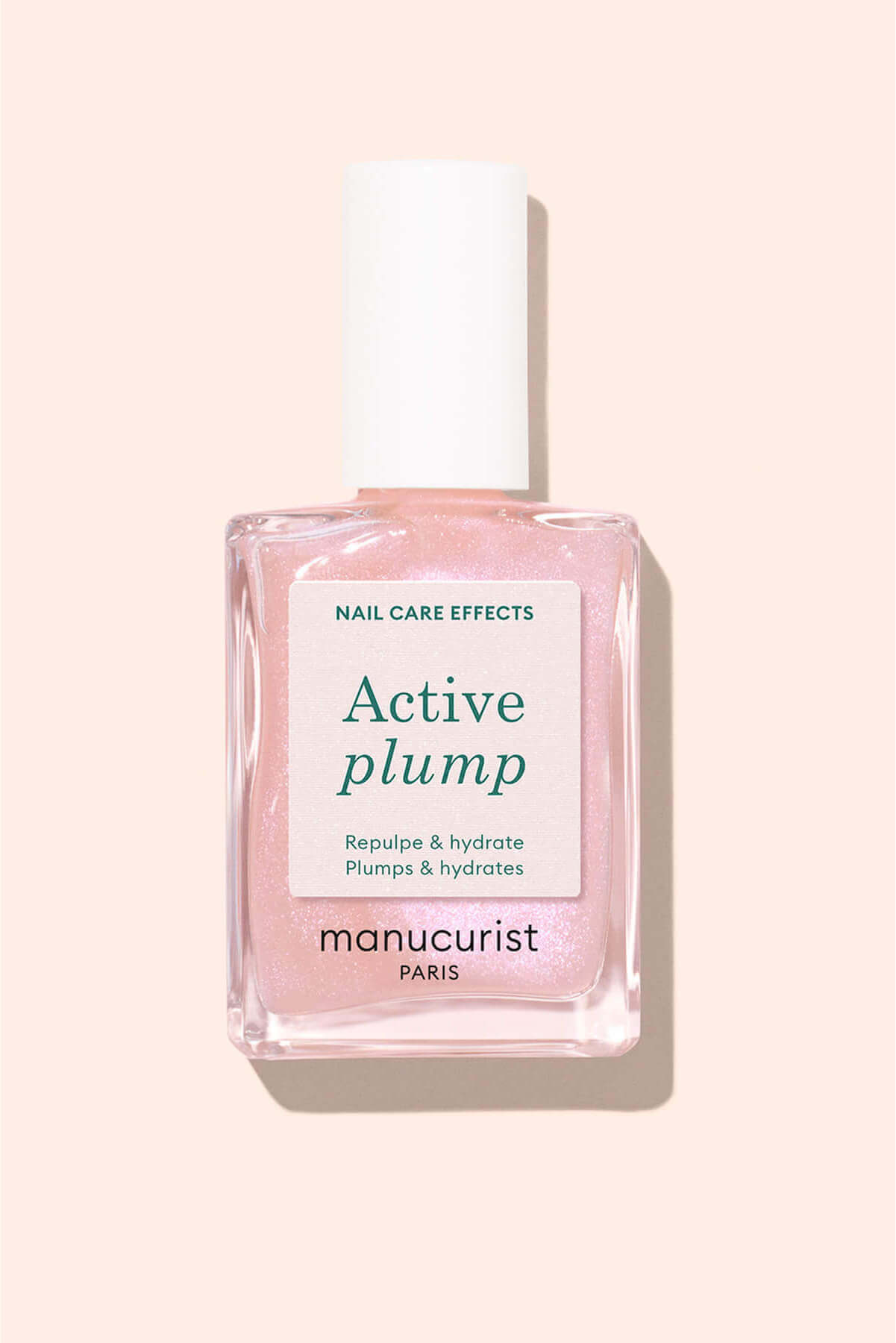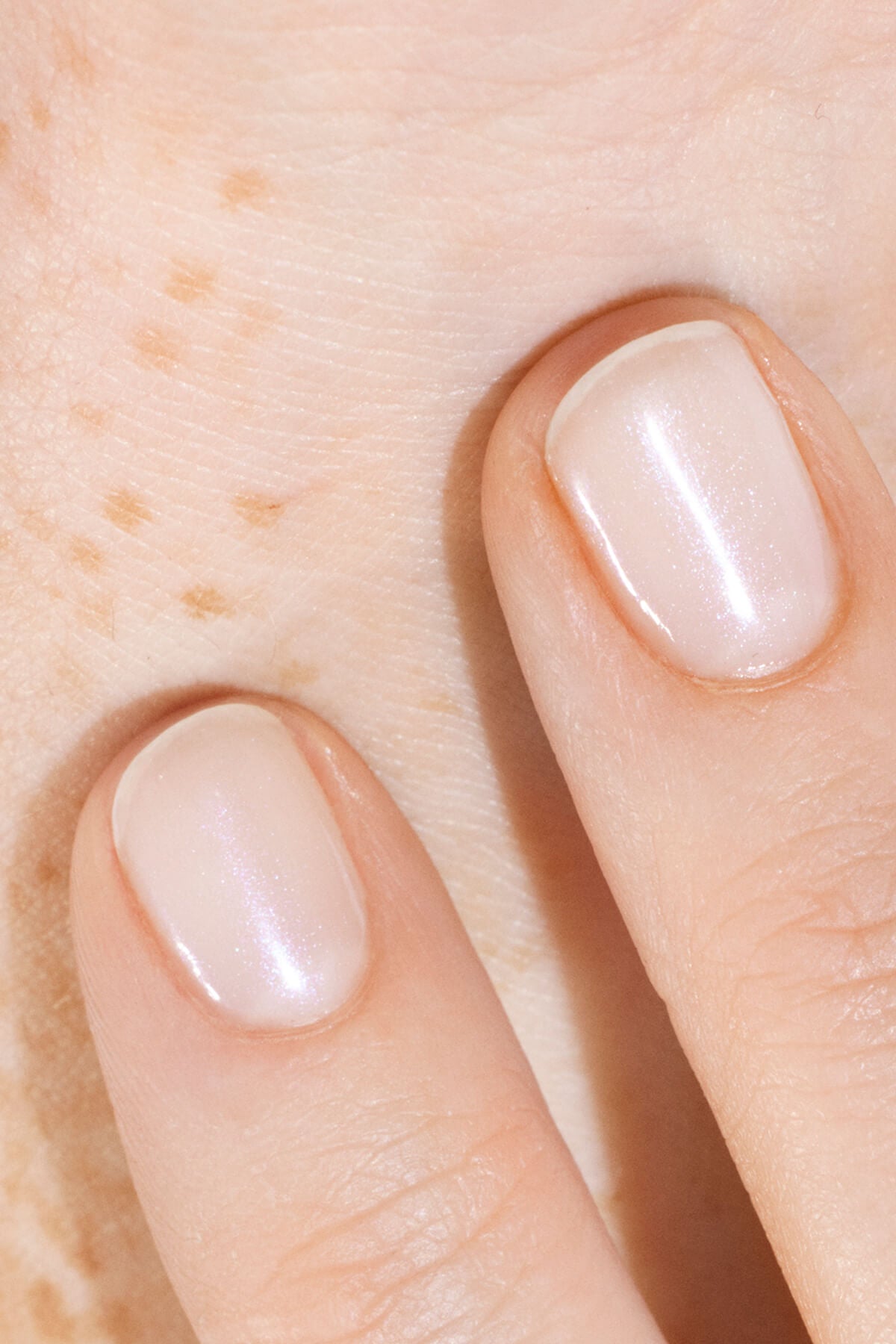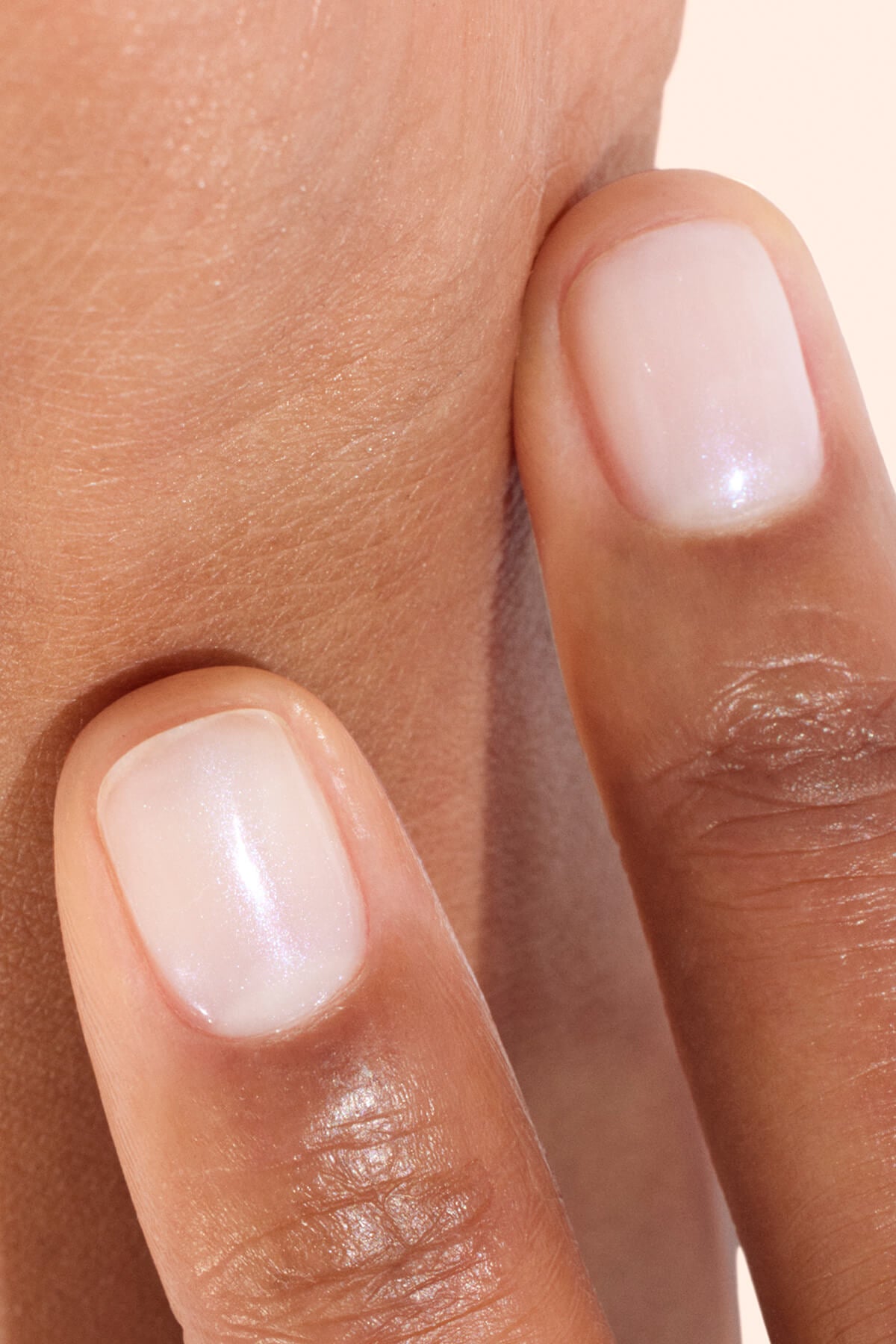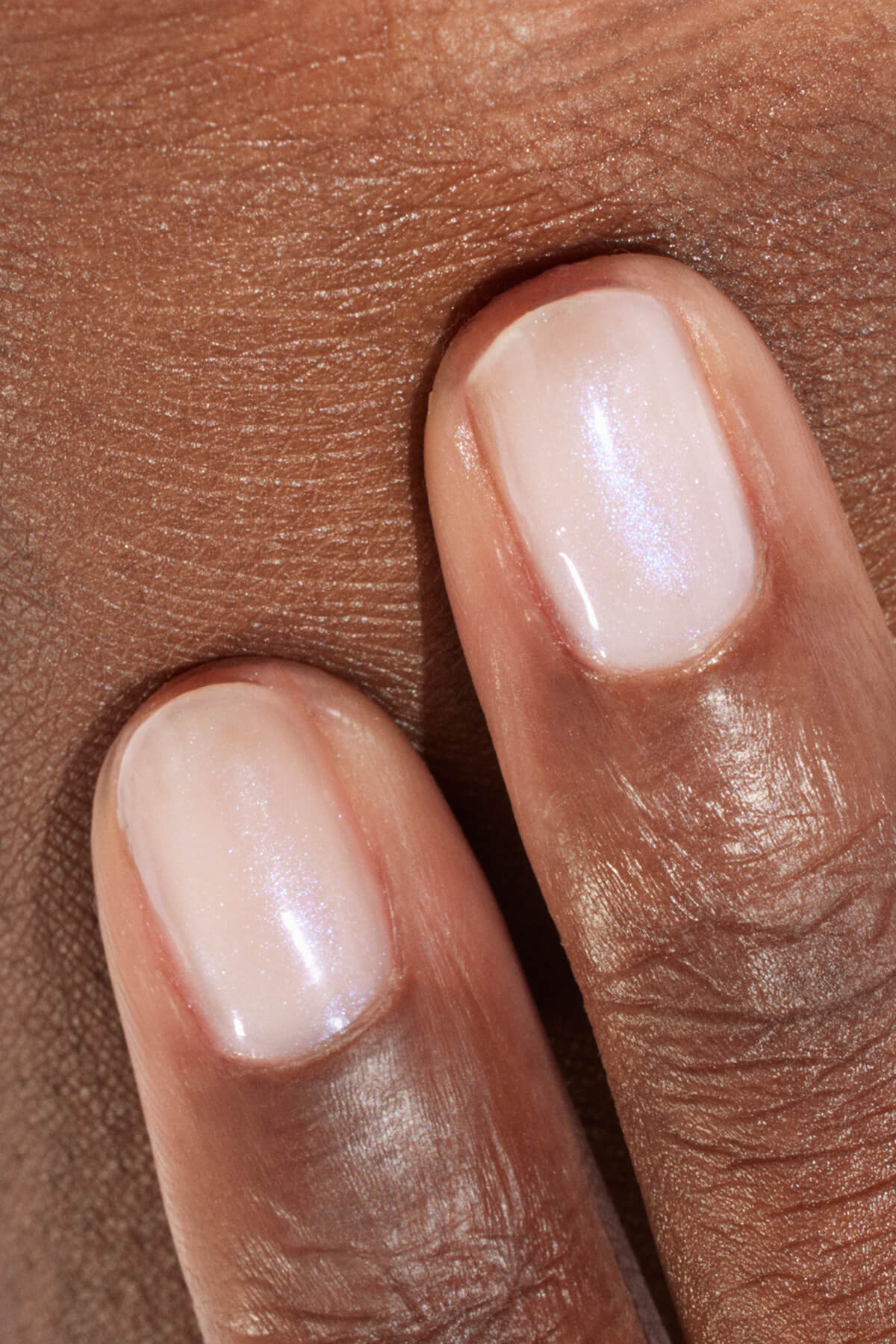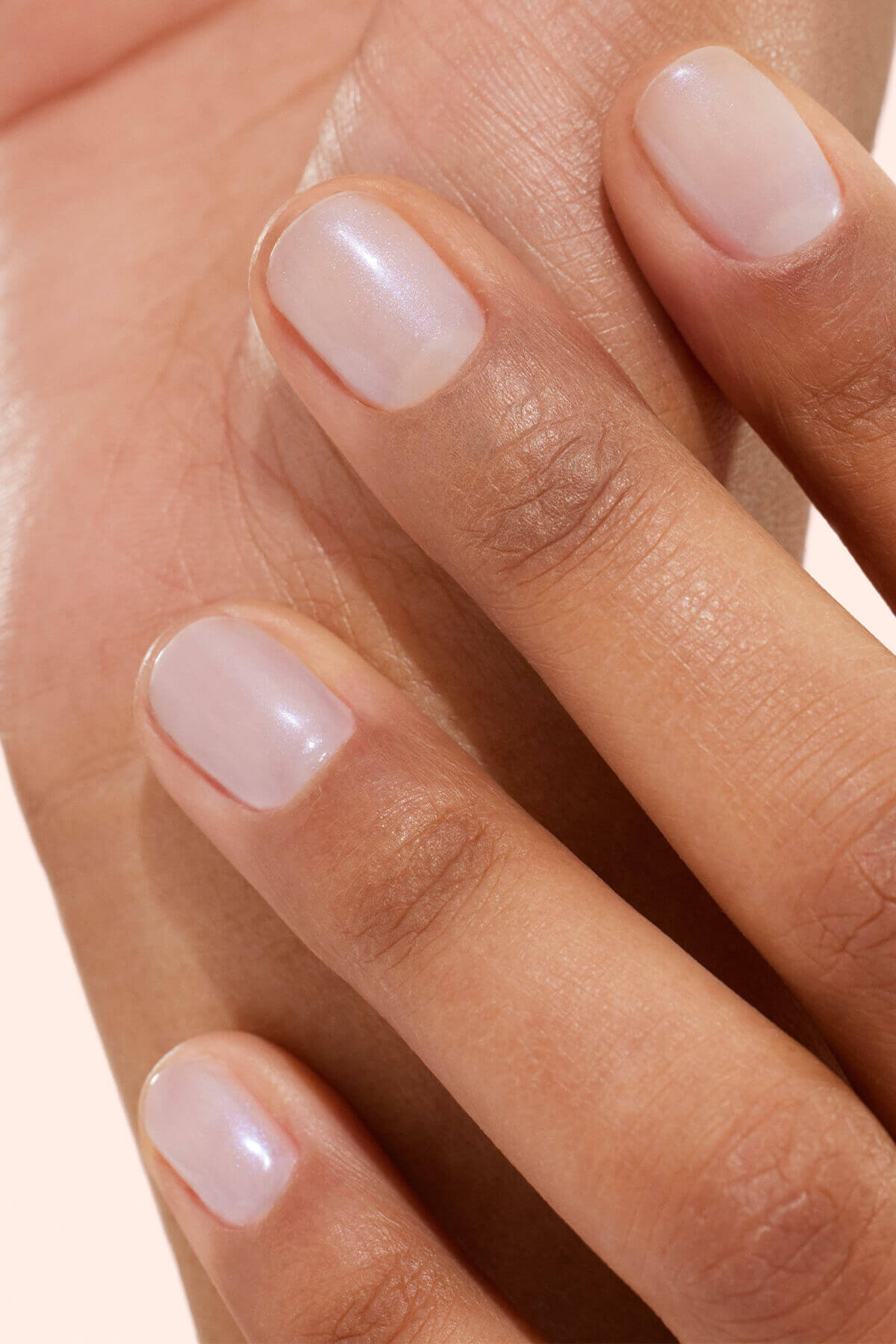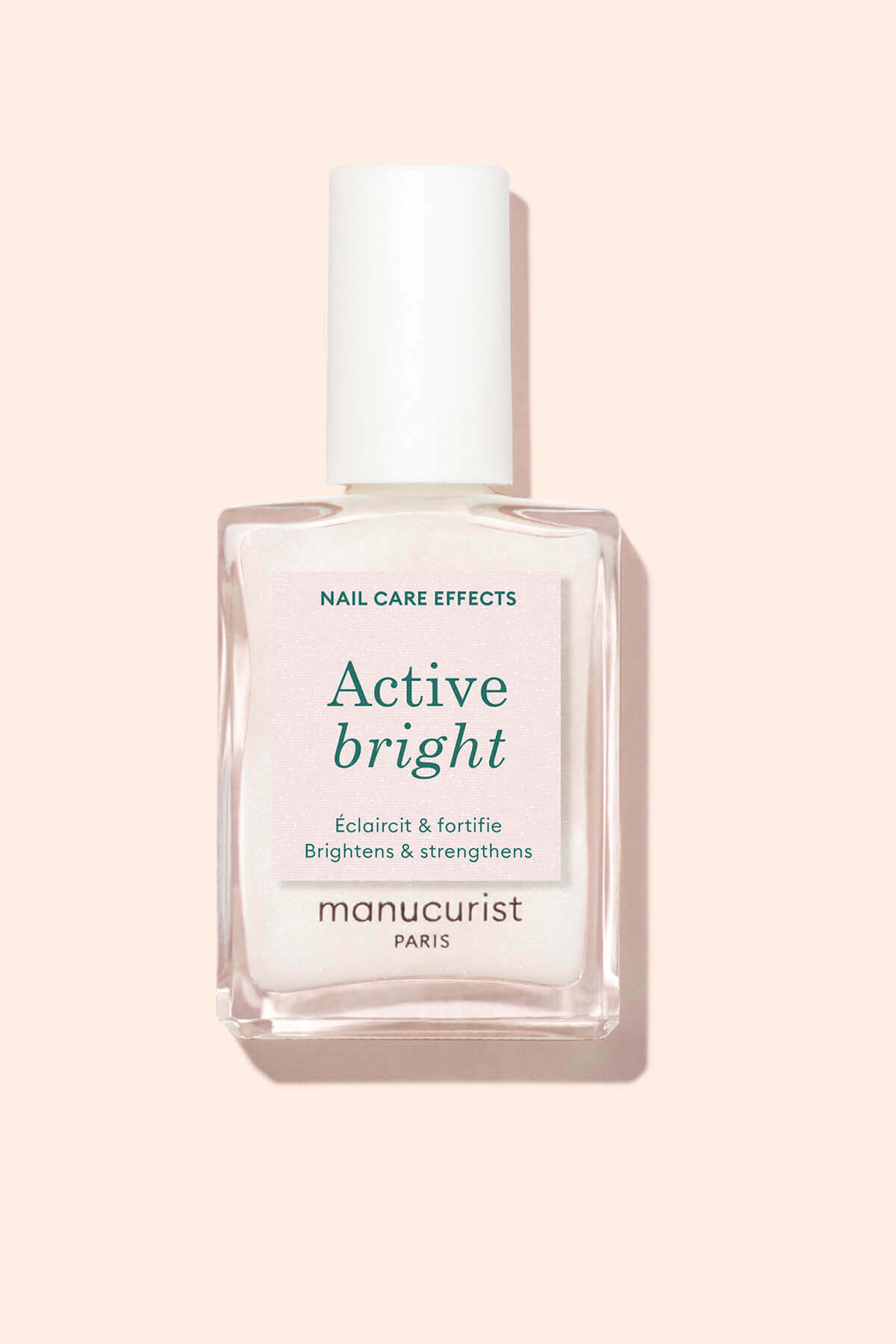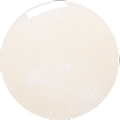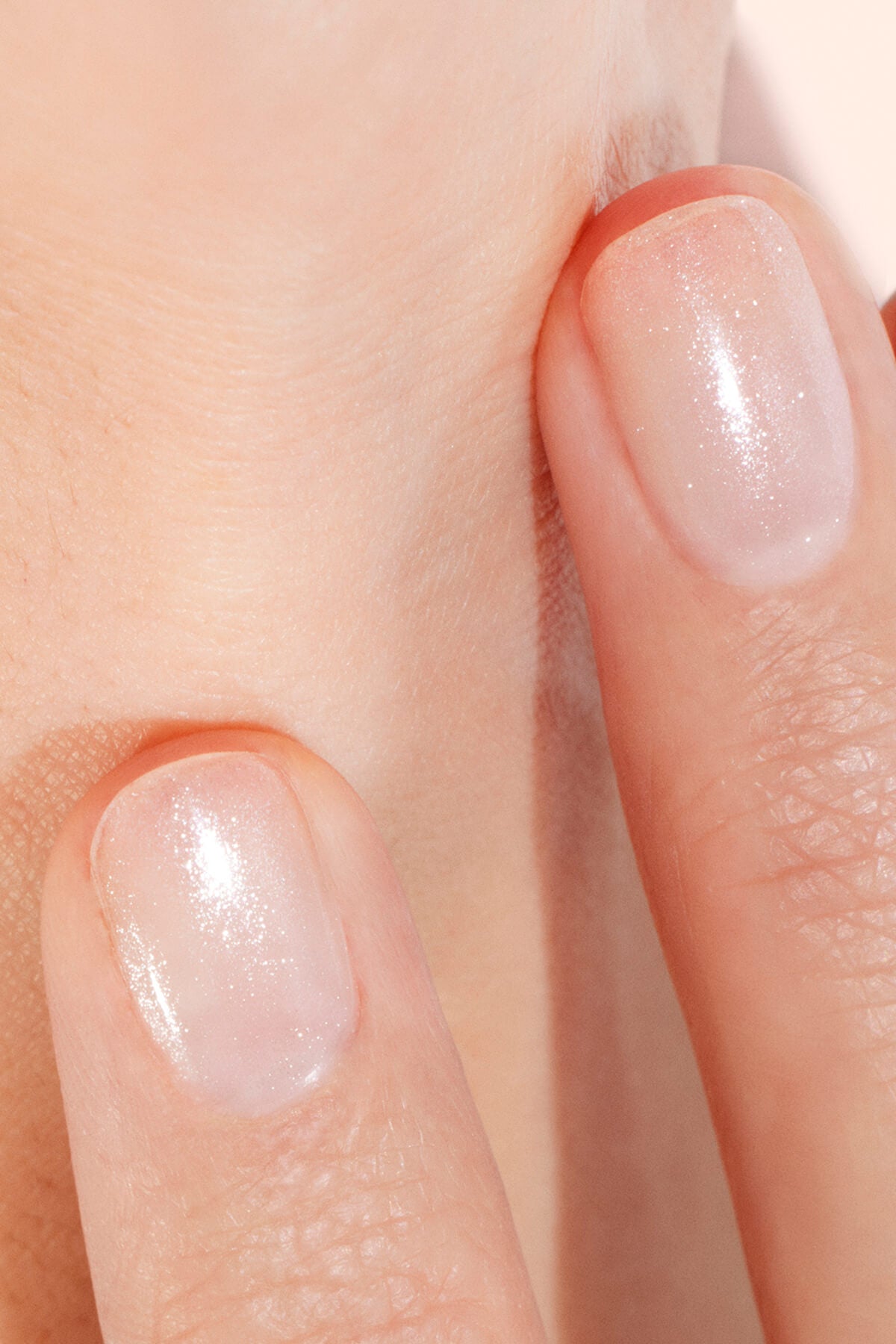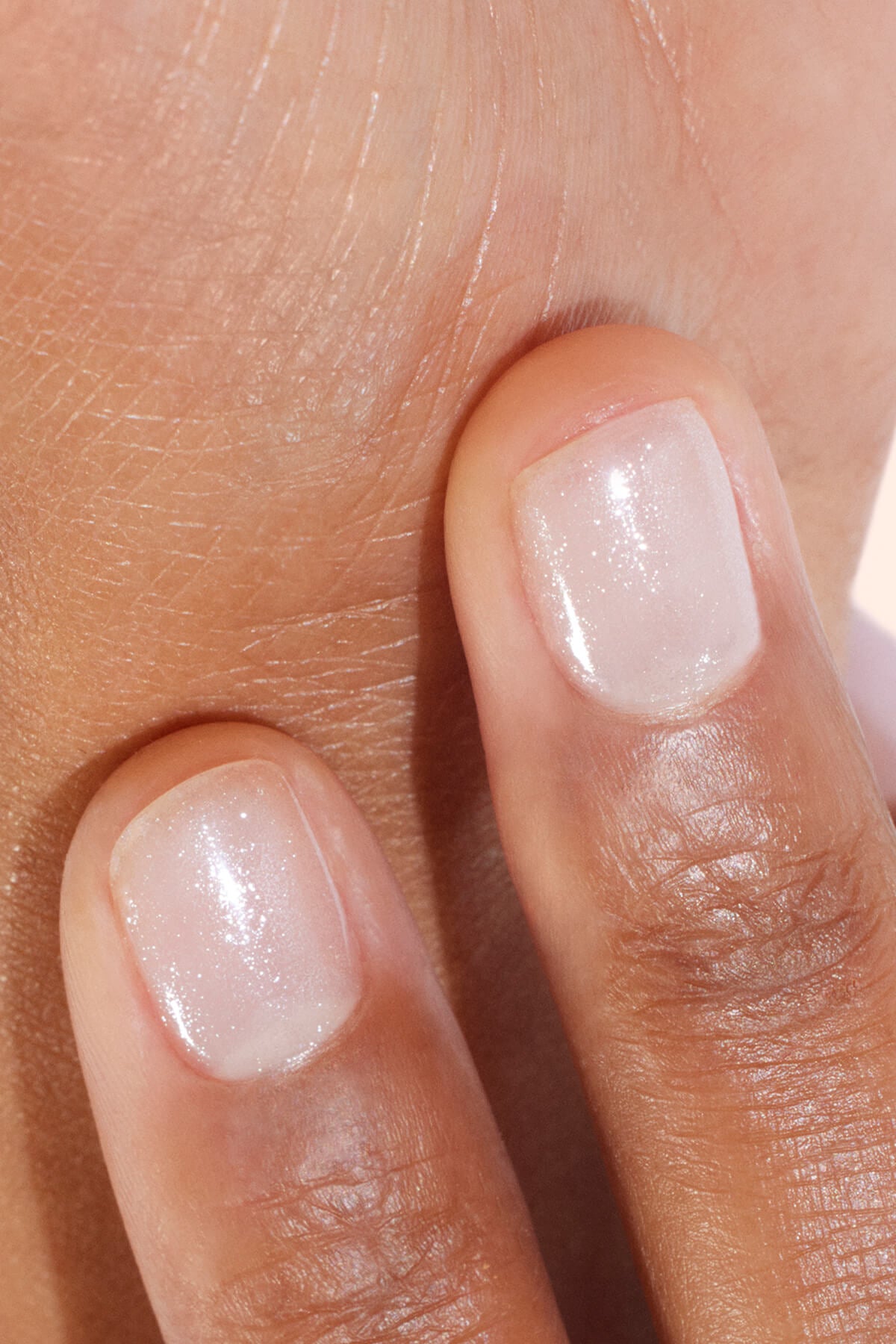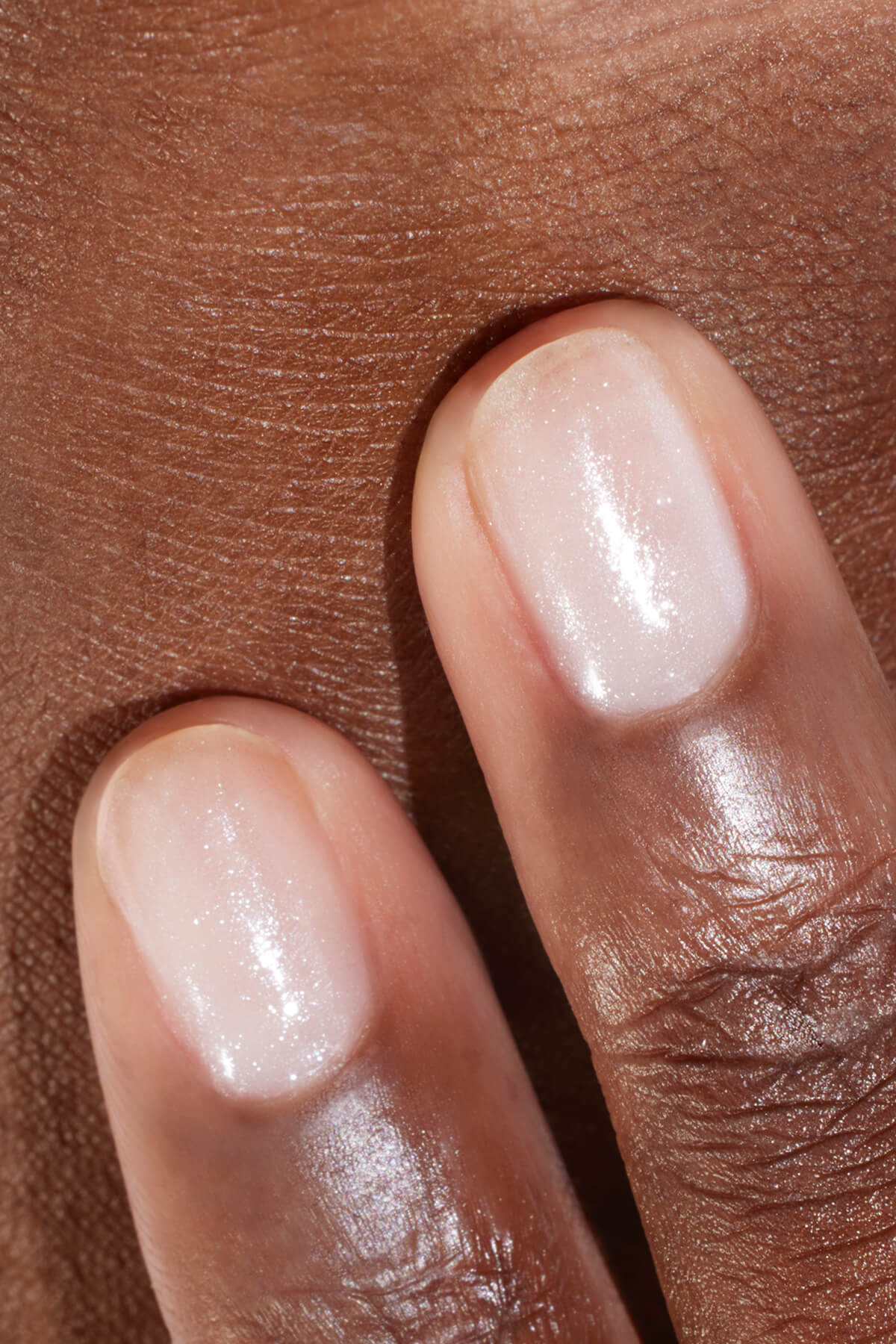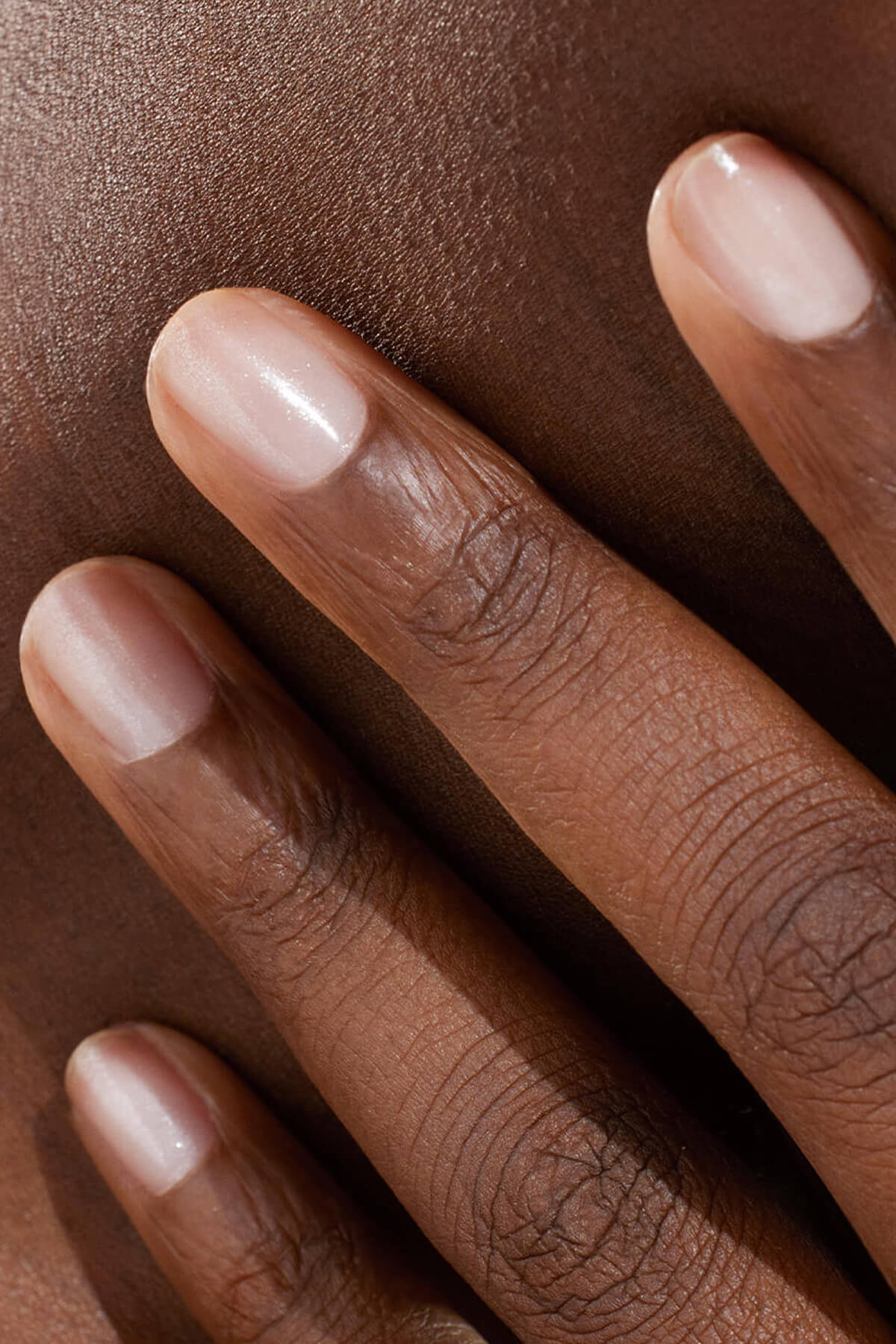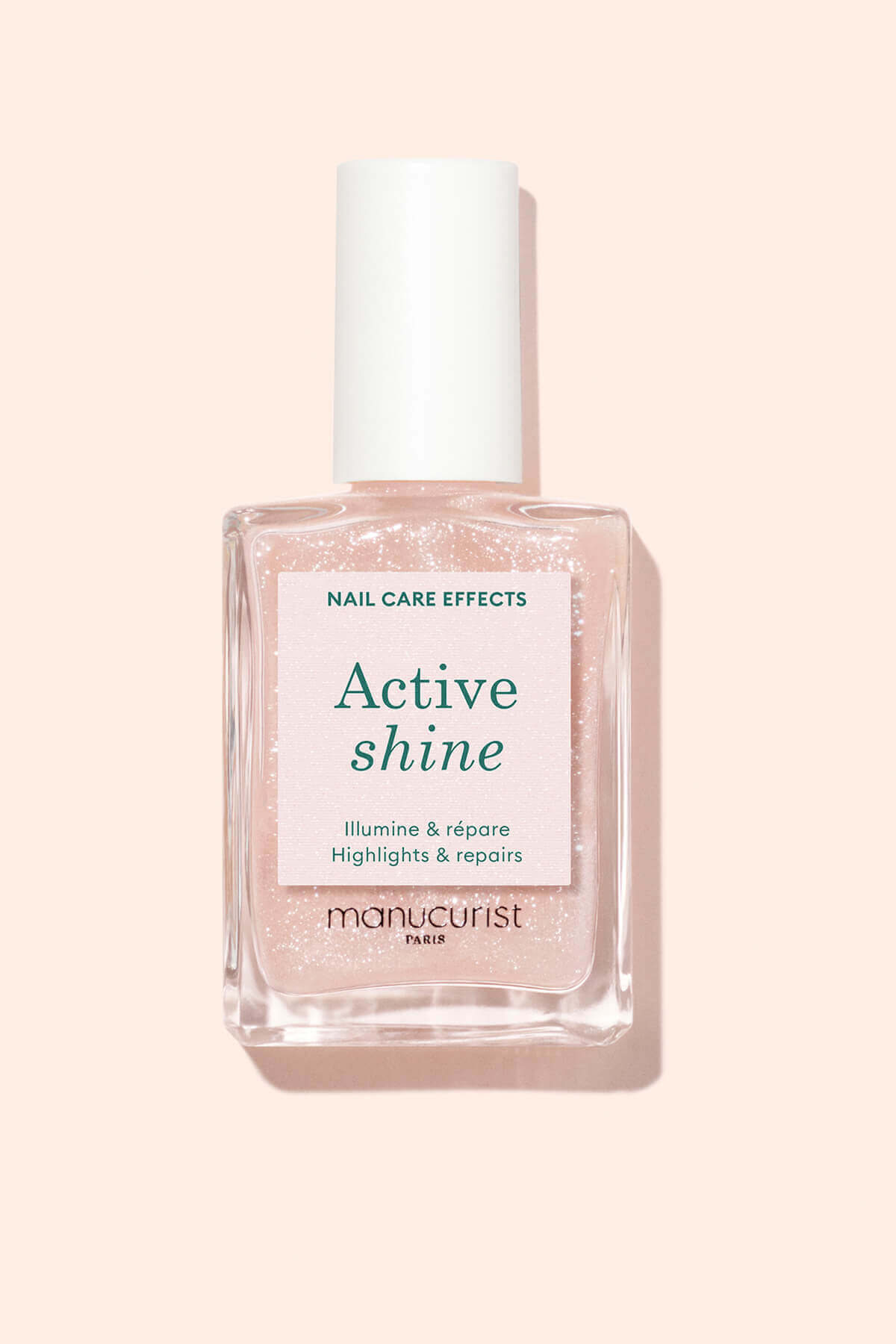We often forget that, in addition to their aesthetic aspect, nails are an essential component of our fingers, playing a protective role and oftentimes reflecting our state of health.
The Matrix : Essential for Nail Growth
The surface of our nails are made up of a rigid layer of keratin and minerals such as calcium, sodium and magnesium. This keratin plate is also known as the “nail plate” and it rests on a very thin layer or skin called the “nail bed” which is what gives our nails that pinkish hue.
At the base of the nail, protected beneath the epidermis, lies the nail matrix. Part of the matrix is visible through the nail’s surface in the shape of a small white crescent called the lunula. It is within this matrix that the nail cells multiply and load up with keratin, giving them their solid, uniform structure.
It is also from this matrix that the nail grows continuously, averaging 3 to 5 mm per month for fingernails and 1mm on average for toenails.
The small amount of skin at the base of the nails is called the “cuticles”, and they act as a protective layer for the matrix. The cuticles form a watertight barrier at the junction of the keratin plate, preventing water and any bacteria from penetrating.

Matrix : Situated at the base of the nail, it is responsible for keratin production and nail growth
Cuticule : The small amount of skin that colors the matrix and ensures a watertight seal to protect against bacteria
Lunula : Pale-colored, half-moon shaped part of the base of the nail
Nail Bed : Very thin skin covering the finger bones, ensures the adhesion of the keratin plates that protect
As you can see, nails are alive, fragile and complex in their anatomical structure.
Each part plays a specific and important role in maintaining the overall function and health of the nail.
Protect and Nourish the Nail Matrix
The quality of the nail matrix, as well as the quality of our keratin, is closely linked to our diet and nutritional habits. Good nail health depends on a balanced and adequate supply of vitamins, amino acids, and minerals, which are all needed to ensure healthy nail growth.
To prevent deficiencies, particularly in biotin (or vitamin B8), essential for keratin synthesis, a dietary supplement containing essential vitamins and active ingredients can help revitalize your nails and boost their growth.
Certain incidents (cuts, scrapes, tears, etc.) can damage the nail matrix to varying degrees of severity. In such cases, it is important to take actions to ensure effective treatment and restoration. A damaged nail matrix can affect nail growth and quality for varying periods of time.
Take Care of Your Cuticles
Poor cuticle care or small cuts to the skin can allow water and bacteria to pass by cuticles which can lead to infection or damage to the nail matrix. These fragile, yet very important little skin barriers are often neglected, yet their care is essential!
Regular nourishment with oils and hand creams prevent dryness, regenerates and strengthens the skin.
During a manicure, the use of an emollient, or skin softener helps facilitate easier pushing of the cuticles, to reveal the full nail plate. It is important to do this with care so that you can remove any excess cuticles without damaging them.

Cuticles protect the Nail Matrix and act as a seal for the base of the nail. It is important to care for and moisturize them regularly
Strengthen and Moisturize the Nail Plate
The nail plate is constantly exposed to external factors including temperature, humidity, water, various chemicals and daily wear. In addition, if you are a routine gel polish user, over time your nails will continuously become weakened from damaging removal with acetone. Oftentimes we don't think about moisturizing and protecting our nail plate like we do our skin for example, but this is crucial to preserving the health of your nails.
Did you know ?
Acetone dissolves the natural fatty layer that protects the nail plate. To remove a Green Flash manicure, use the Green Flash Acetone-Free remover that is enriched with castor oil, further hydrating and protecting your nail fibers.
So it is important to moisturize, nourish and protect your nail with products adapted to their needs and type. That is right! Like your skin, everyone’s nails have their own particularities that require a specific type of care. Not sure what type of nail you have? Try our Nail Diagnostic Tool and discover your personalized nail care routine in just a few clicks.
Finally, including a base coat in your nail care routine is essential. Even if you dont wear a colored coat! Base coats can be infused with active ingredients that protect, nourish and promote growth, while also working to enhance the natural appearance of the nails.

Every nail type is different and requires a specific type of care!
6 Tips for Healthy Nails !
Finally, let’s not forget that healthy nails also mean better hold for your polish! Keep these tips in mind to keep your nails healthy & happy.
1 - Maintain a healthy diet and opt for a vitamin supplement that promotes keratin growth, such as Biotin.
2 - Always carry a nail and cuticle moisturizer (serum, green oil, hand cream). Don’t forget that the matrix also absorbs their active ingredients to strengthen itself and intensify keratin production.
3 - Be gentle with your cuticles! Use an emollient or skin softener and a round-tipped cuticle pusher to softly push and remove cuticles for the nail plate.
4 - Don’t forget a base coat! Use for nail strengthening, to protect from staining or simply to enhance your nails natural beauty.
5 - Wear gloves when doing things like dishwashing or gardening to avoid damage and exposure to toxic or harmful chemicals.
6 - Avoid using your nails as tools or biting them!




